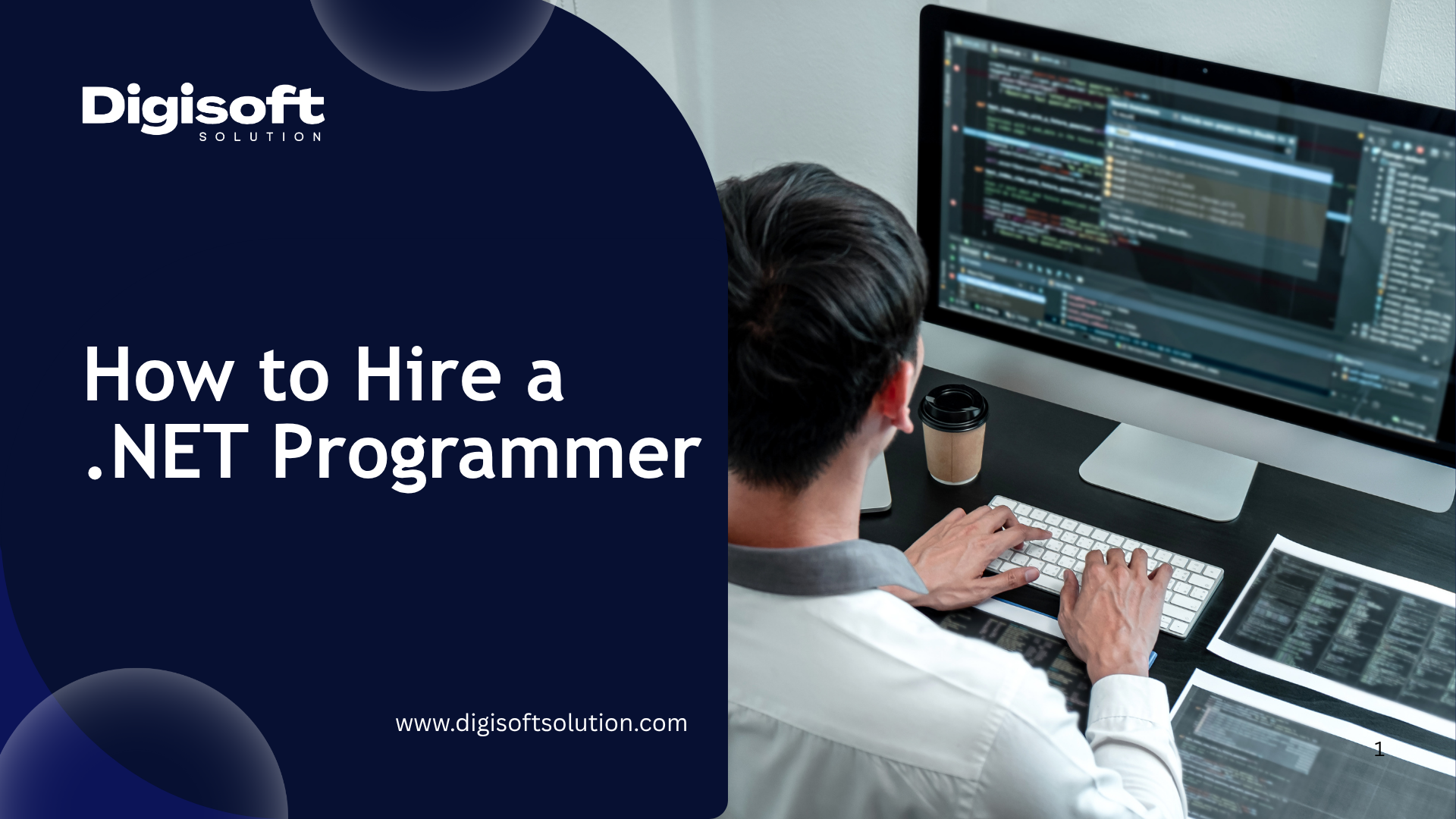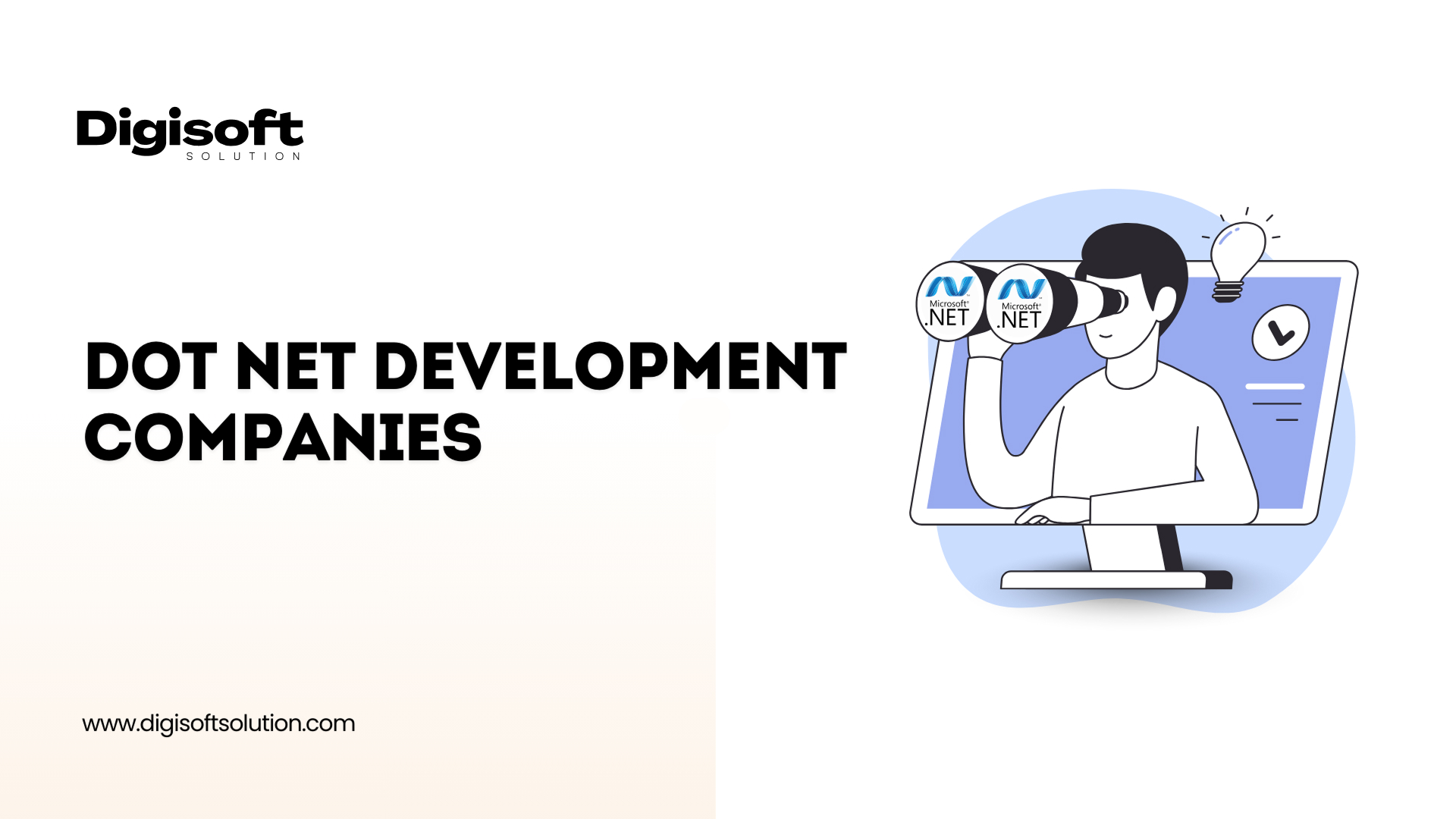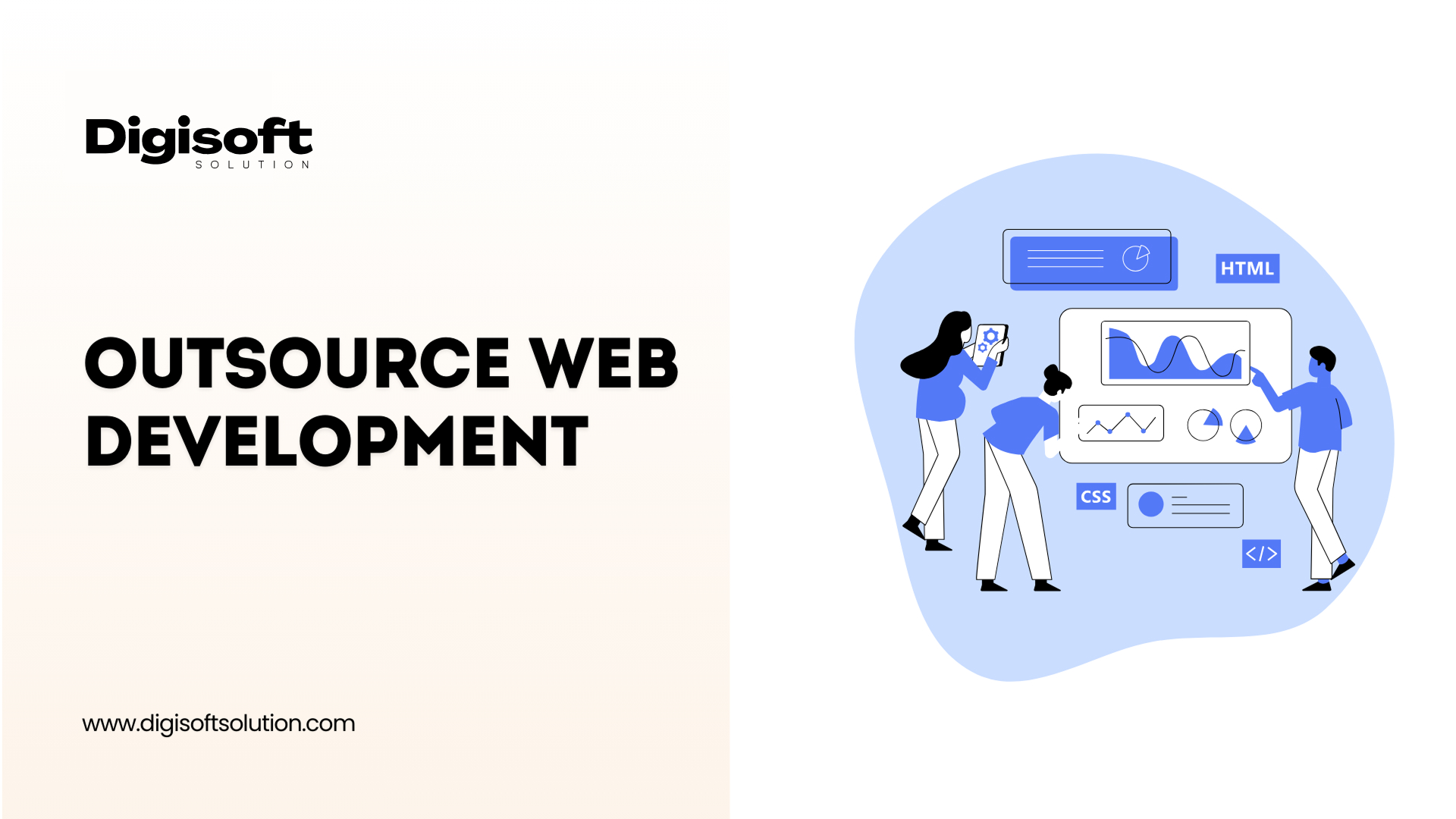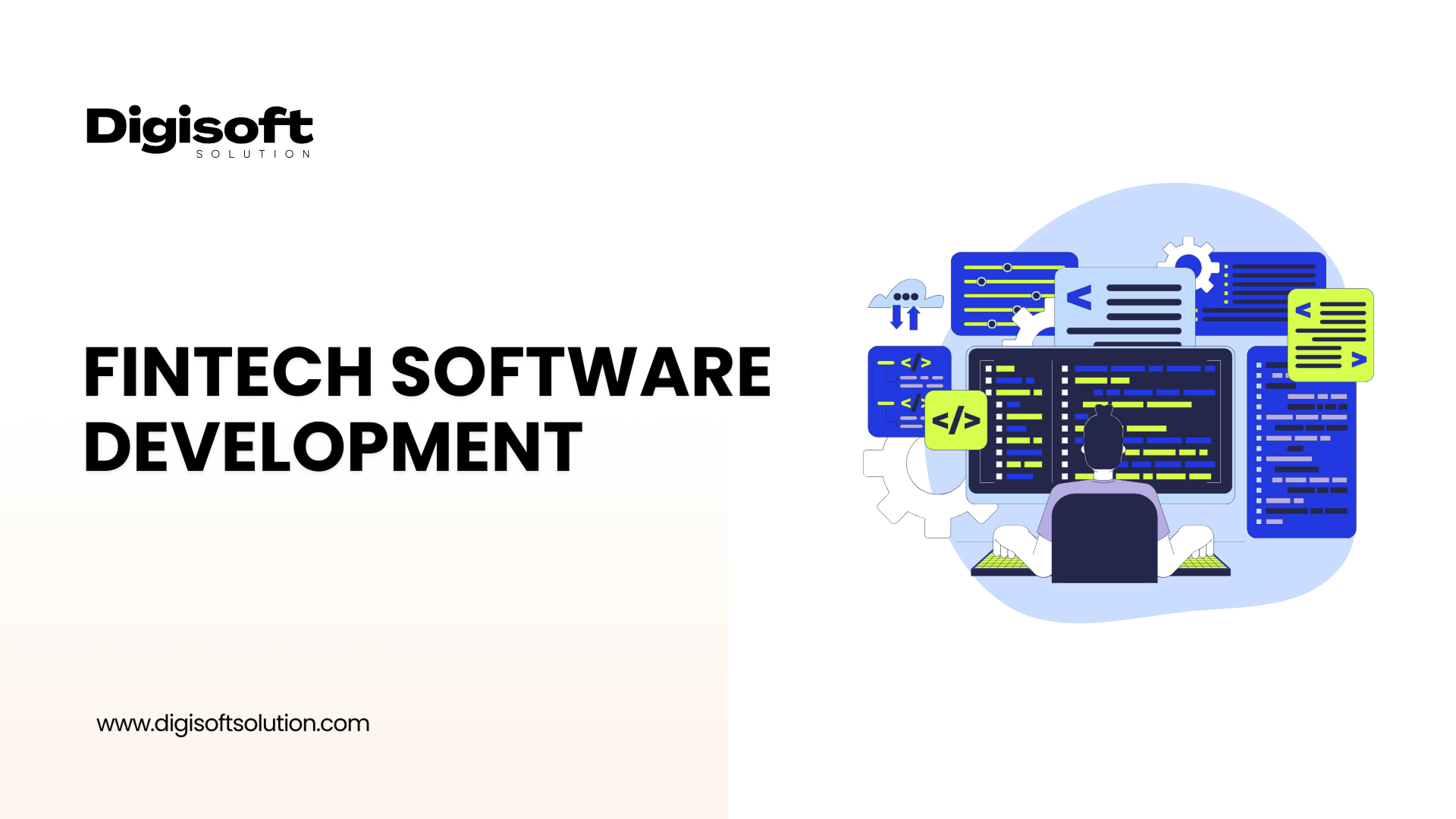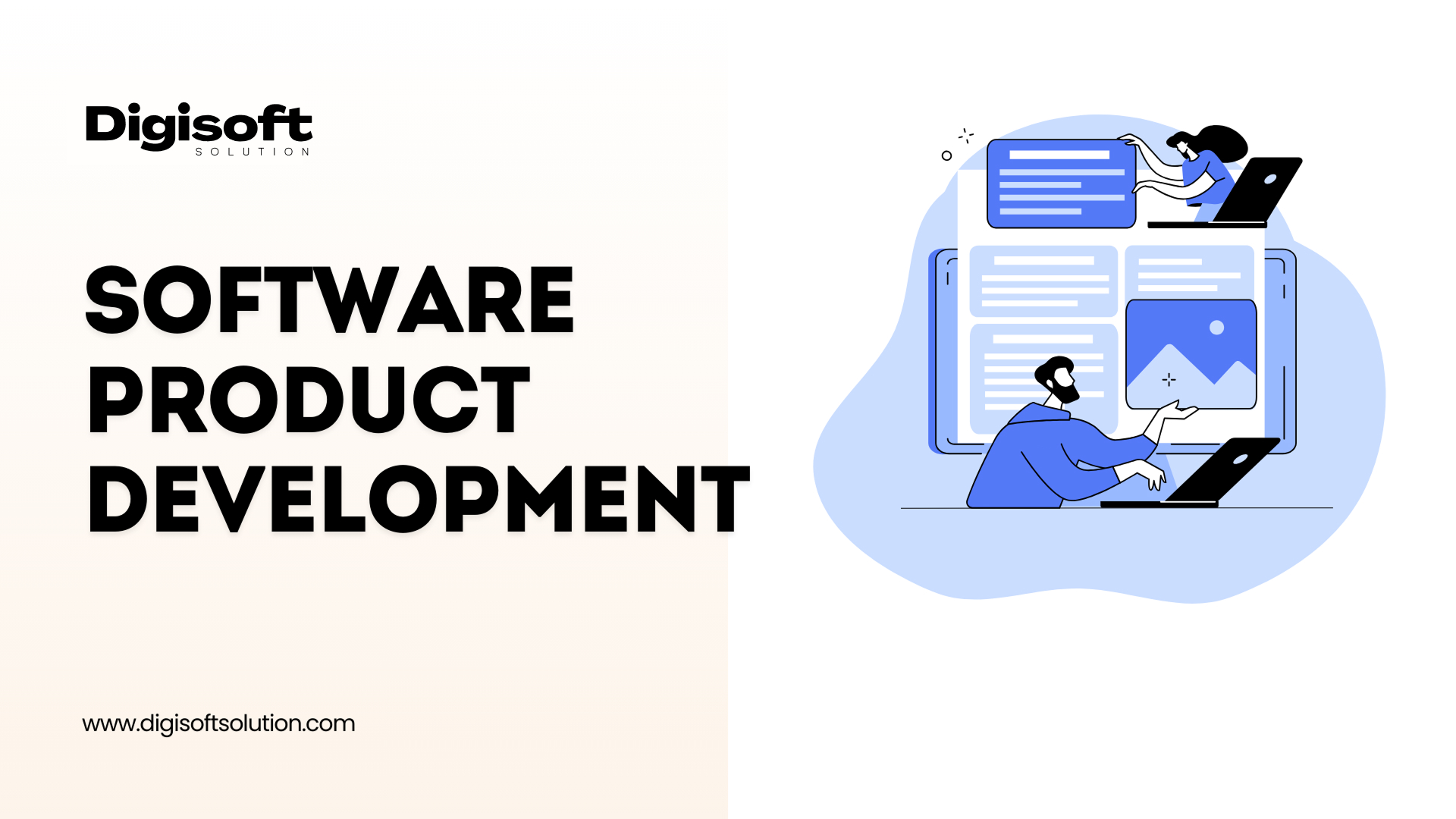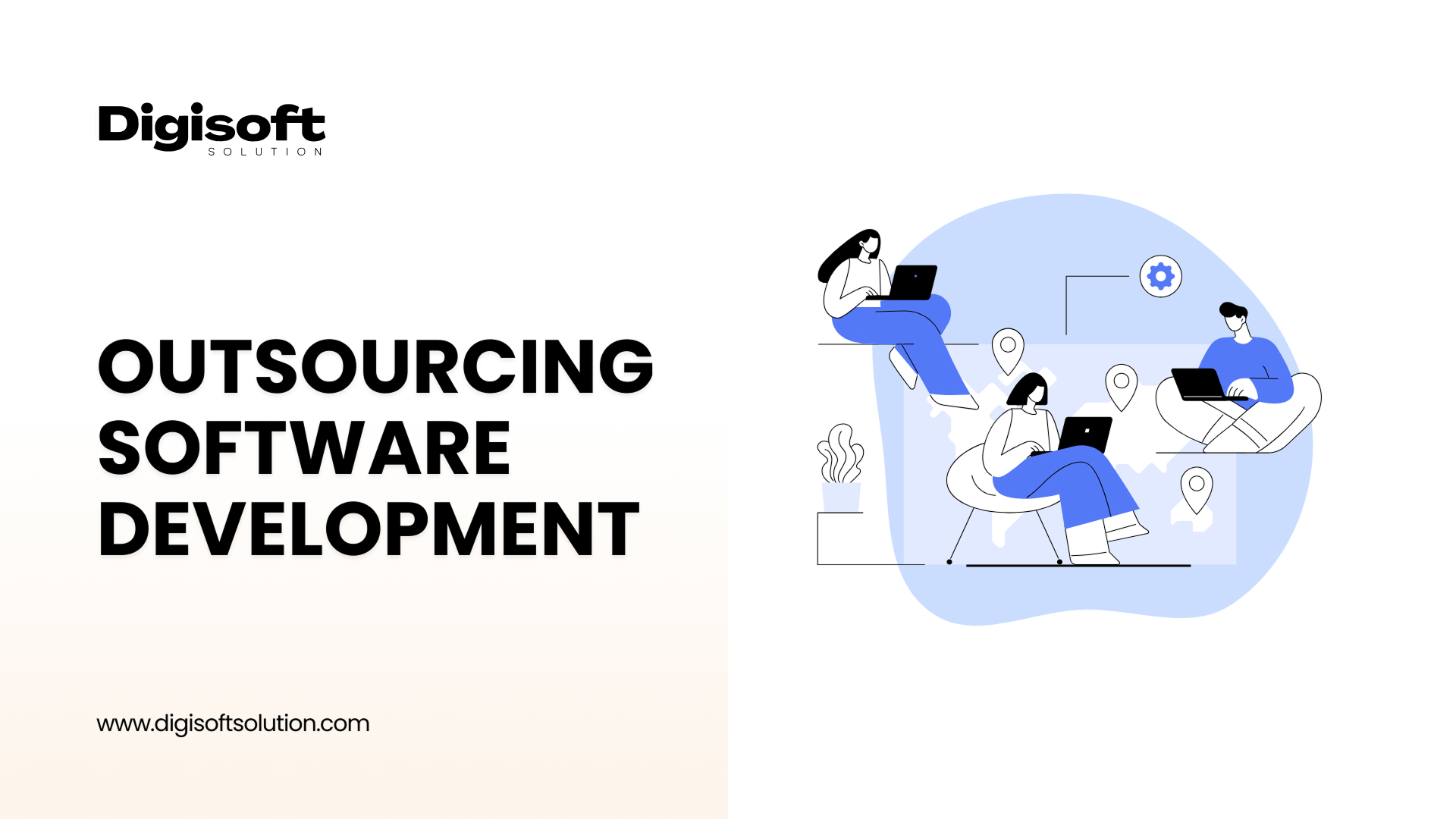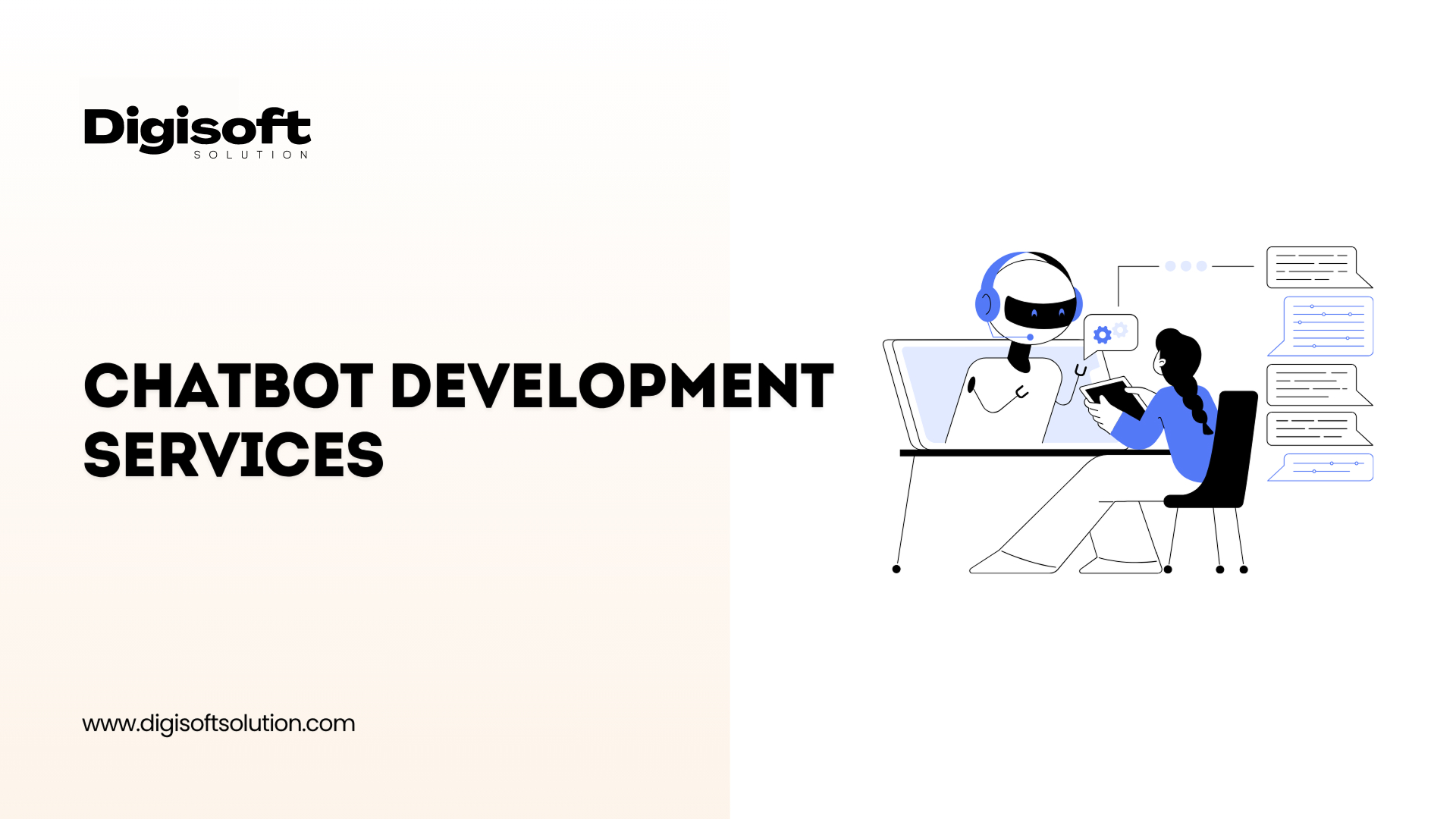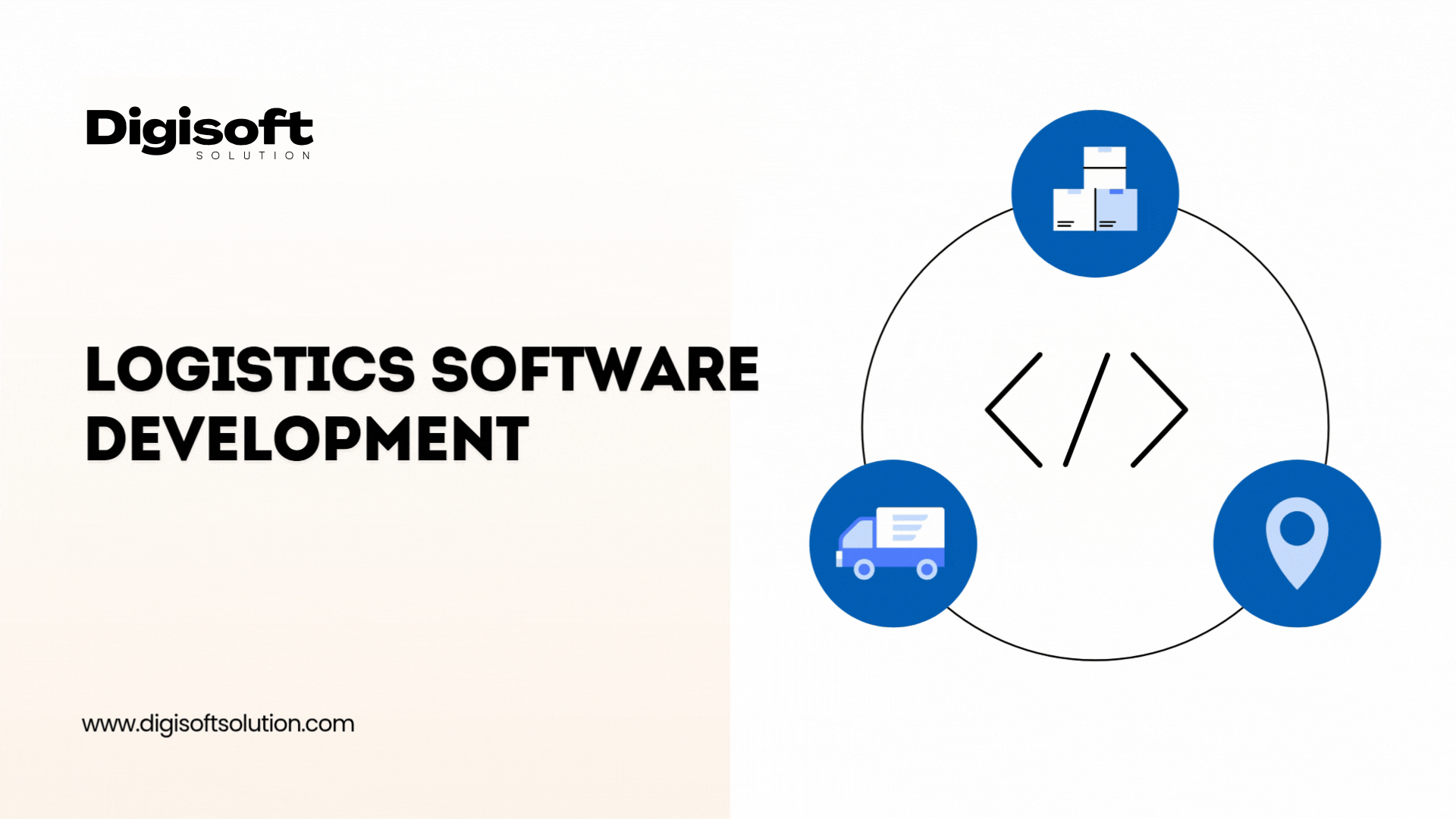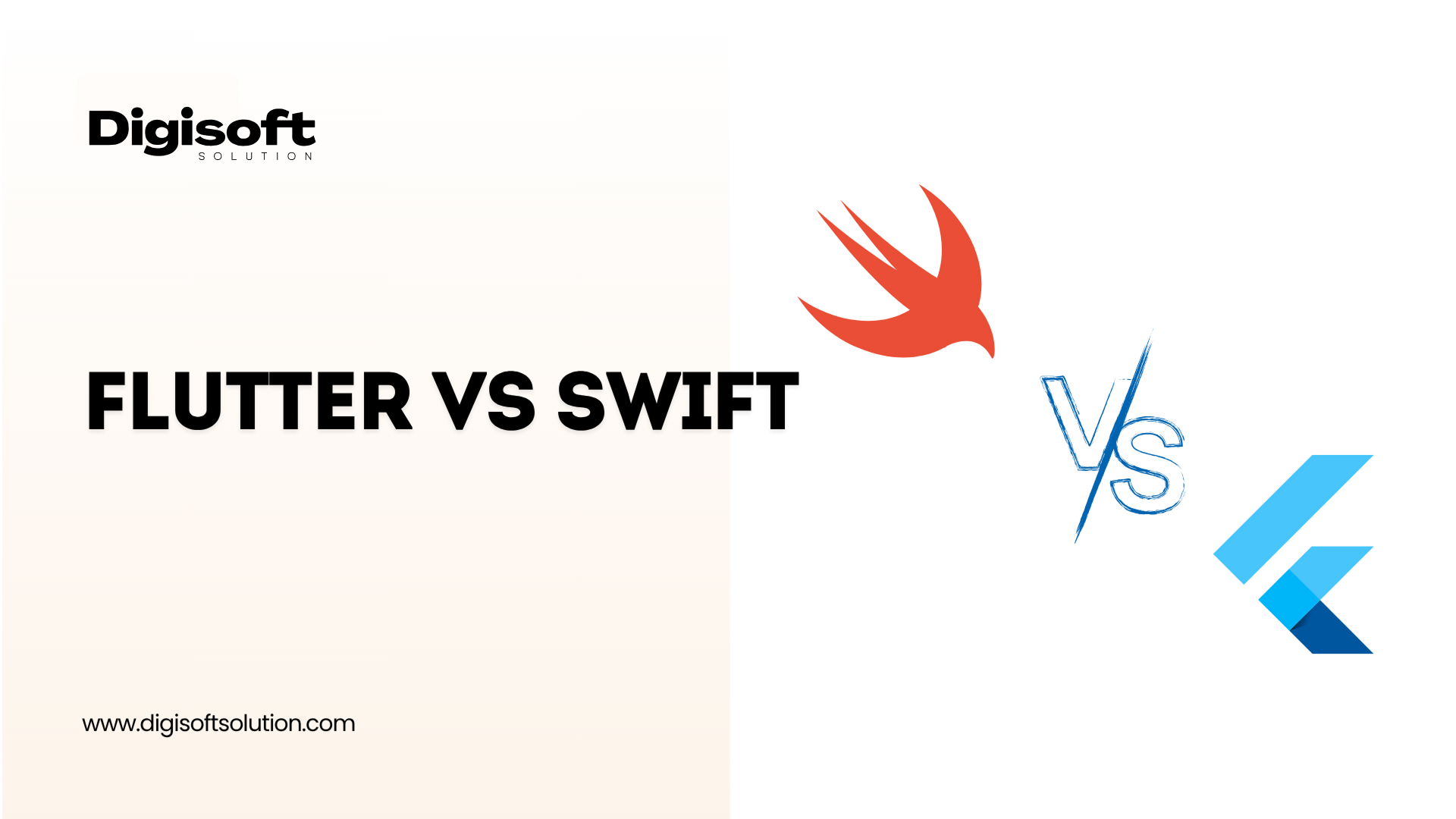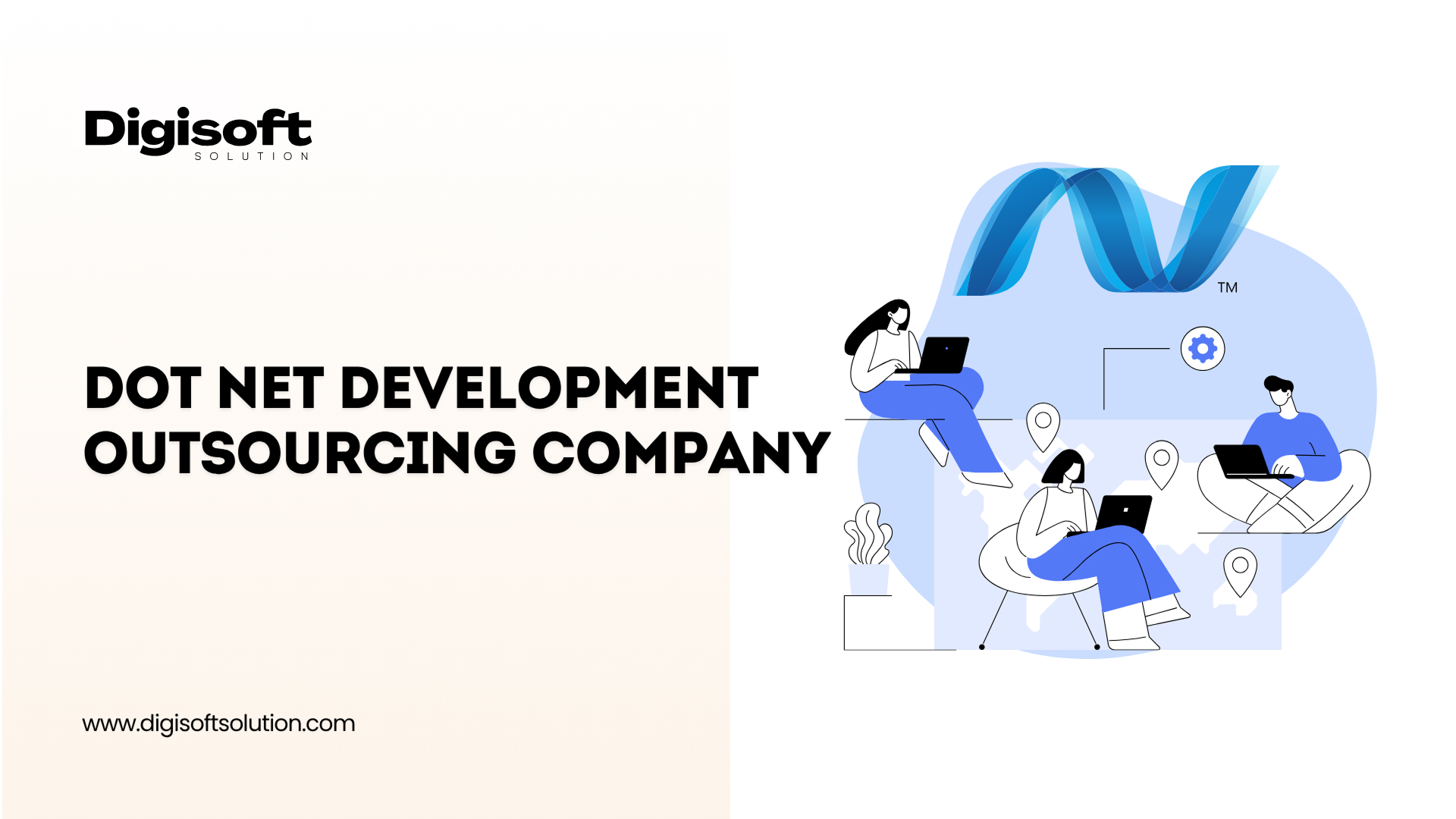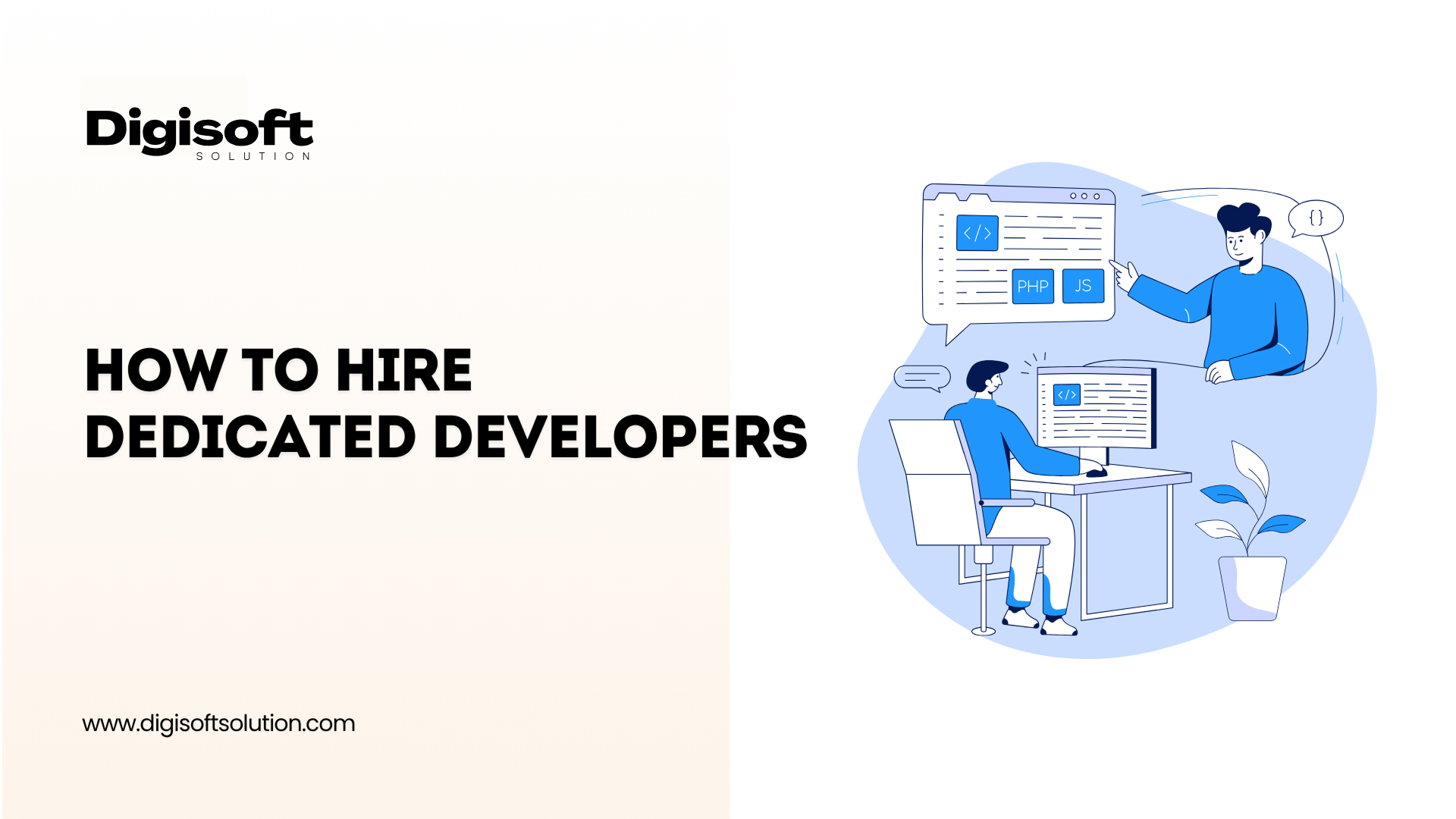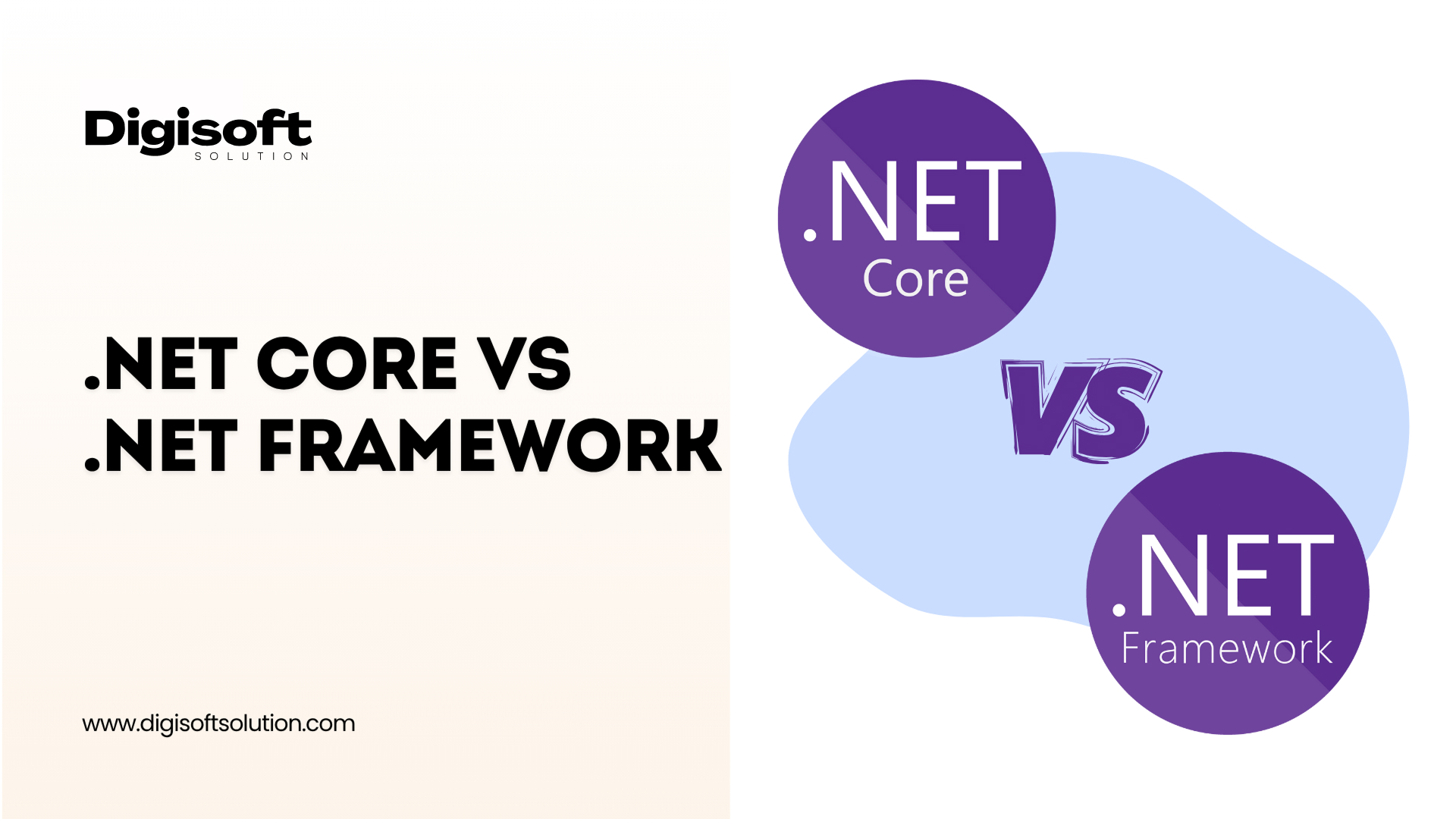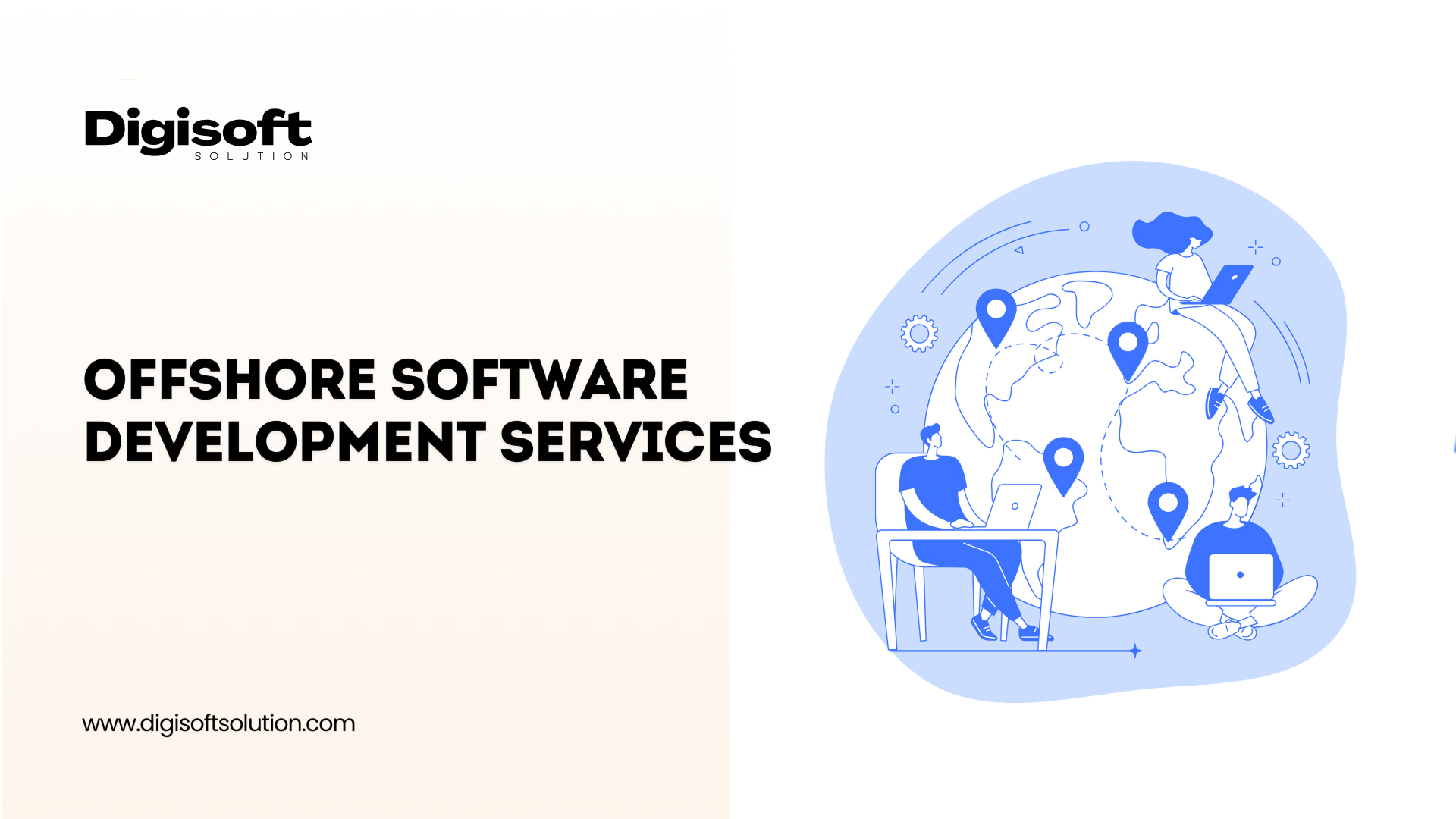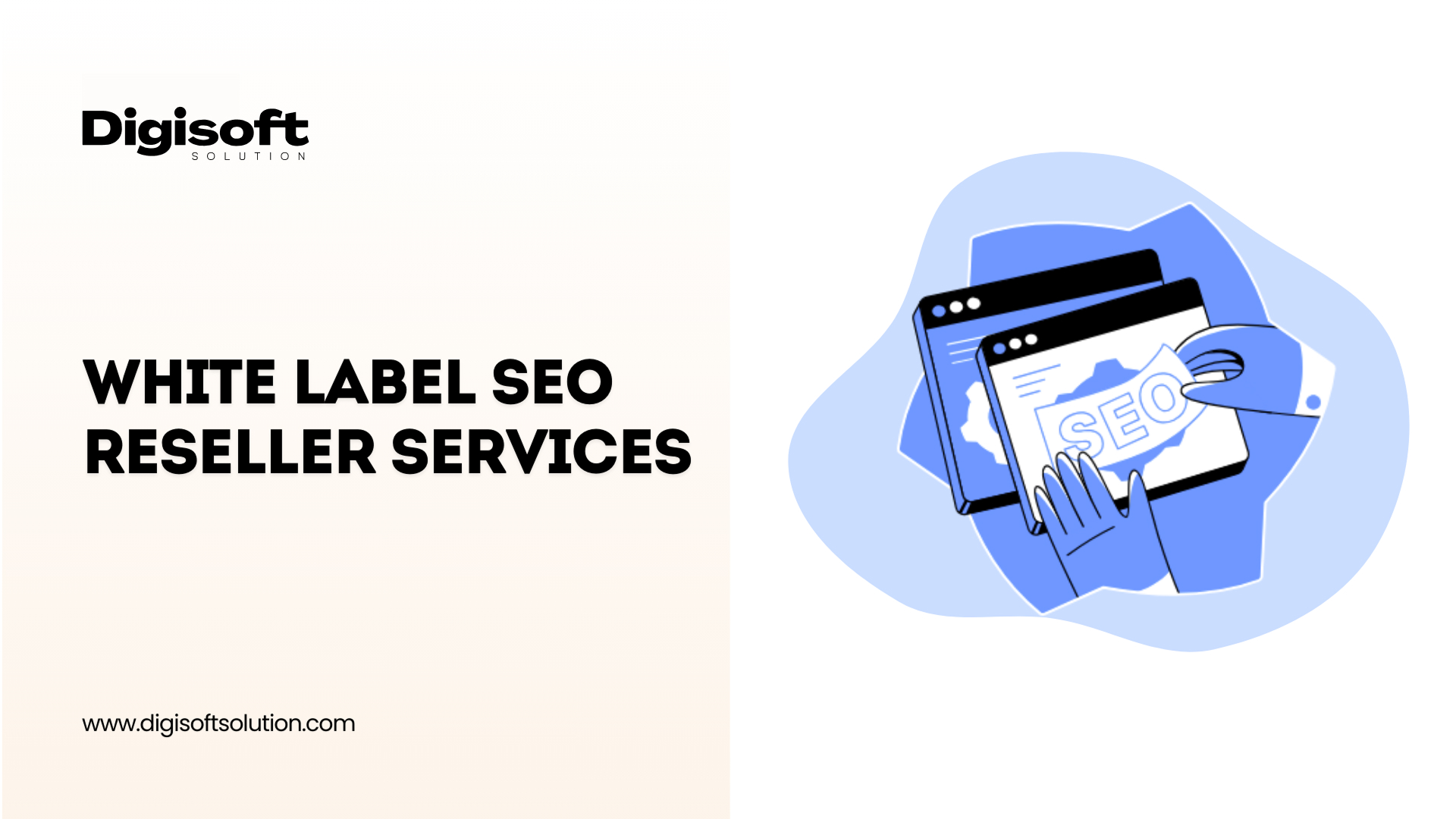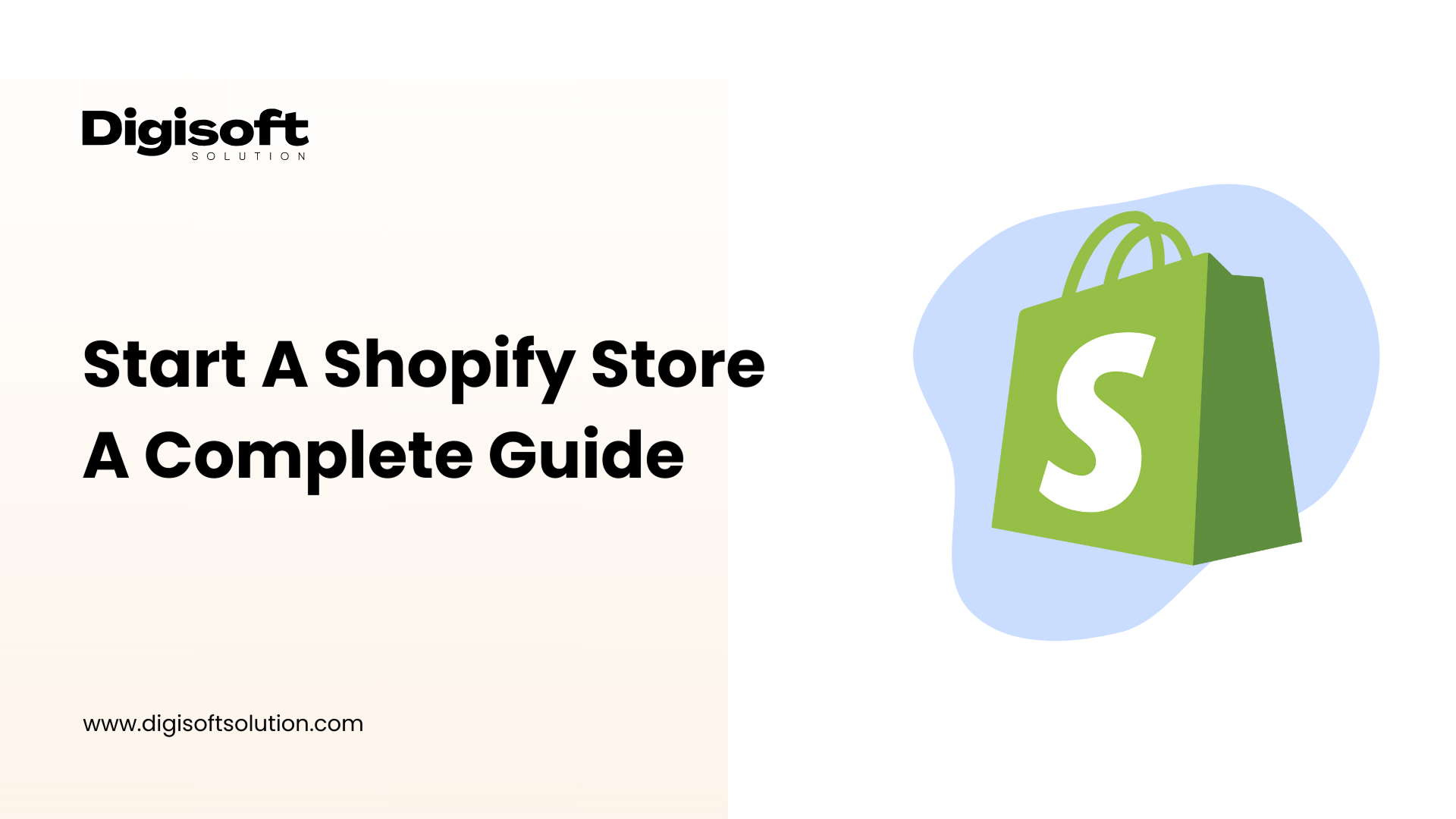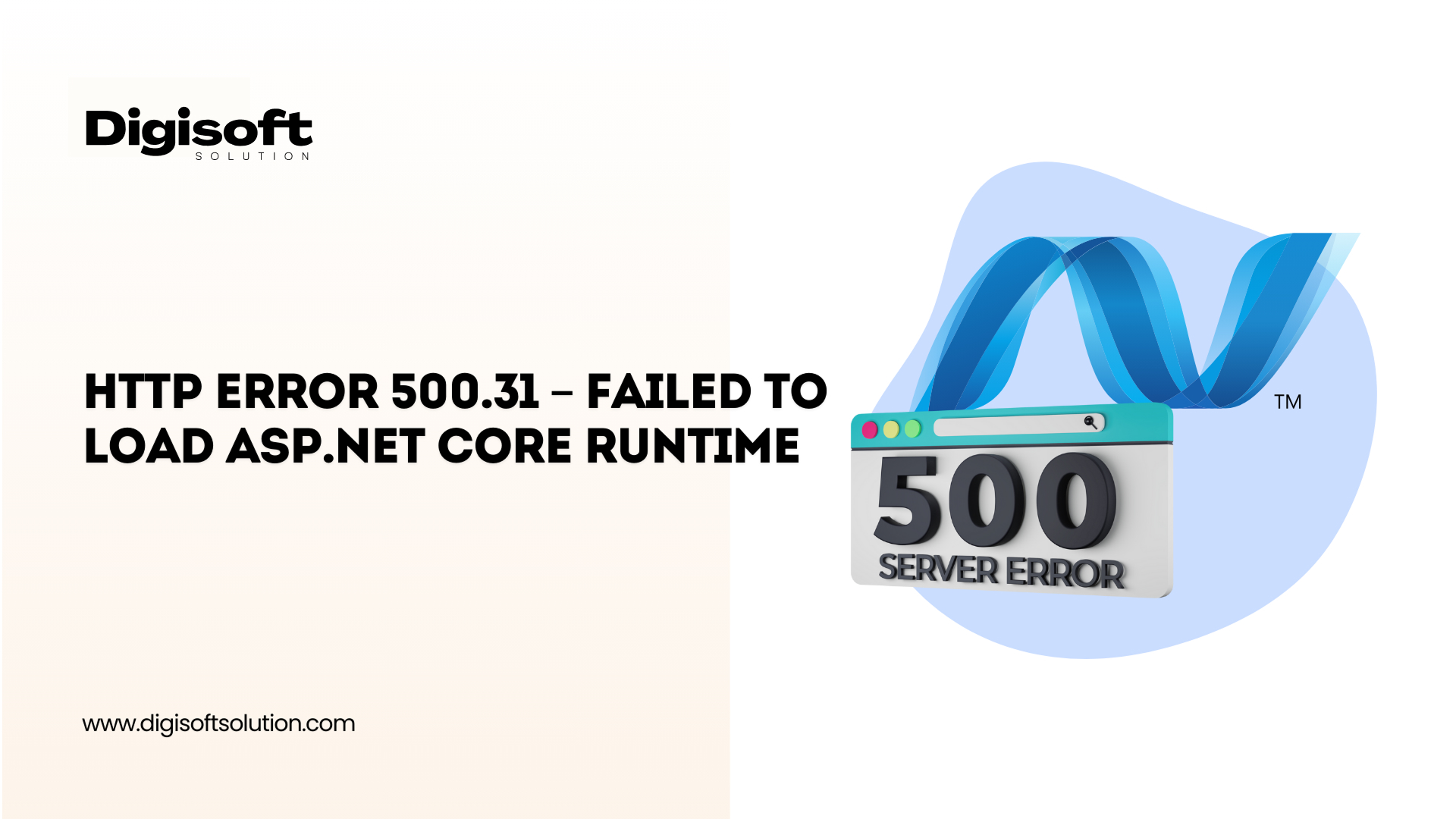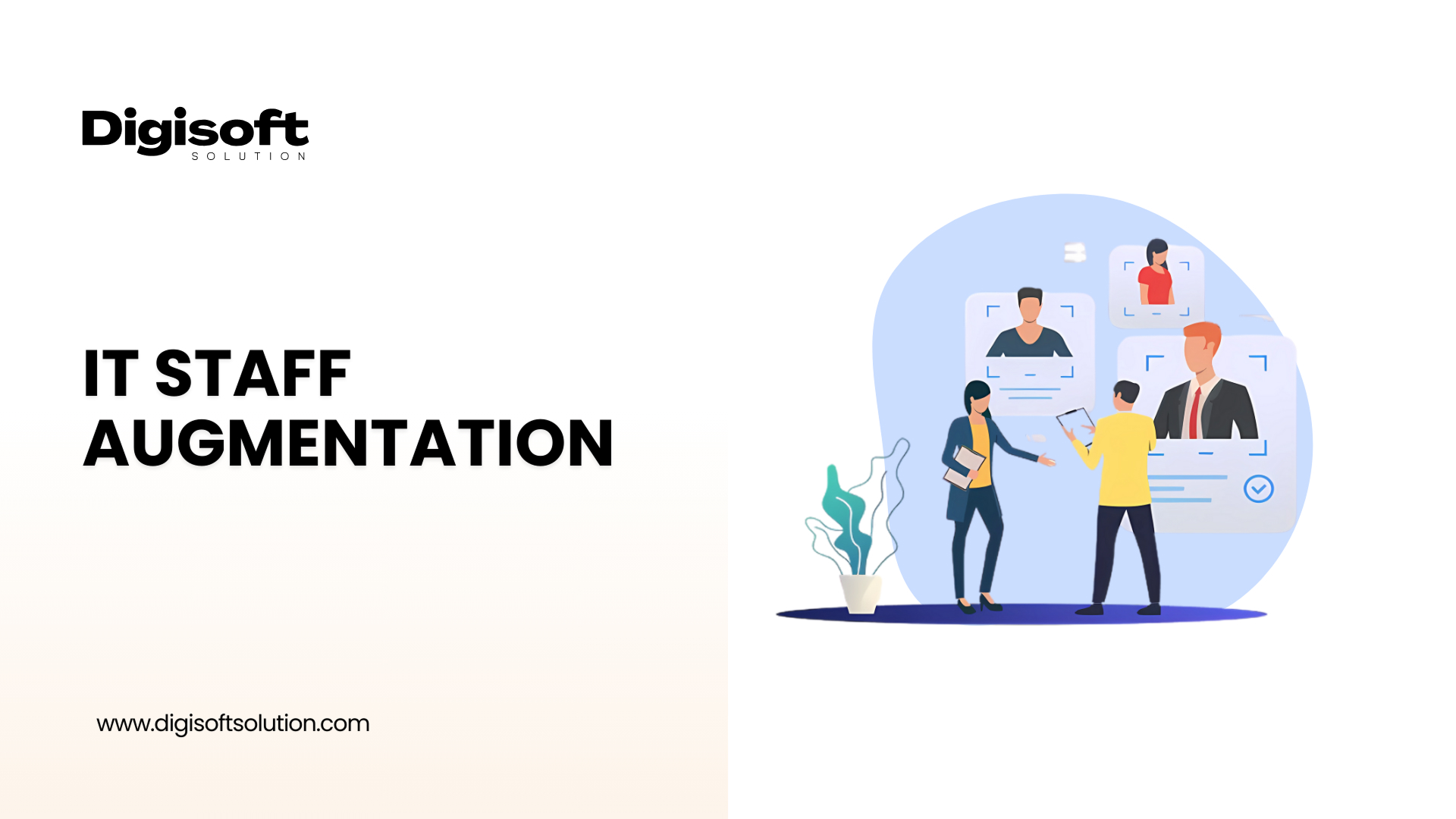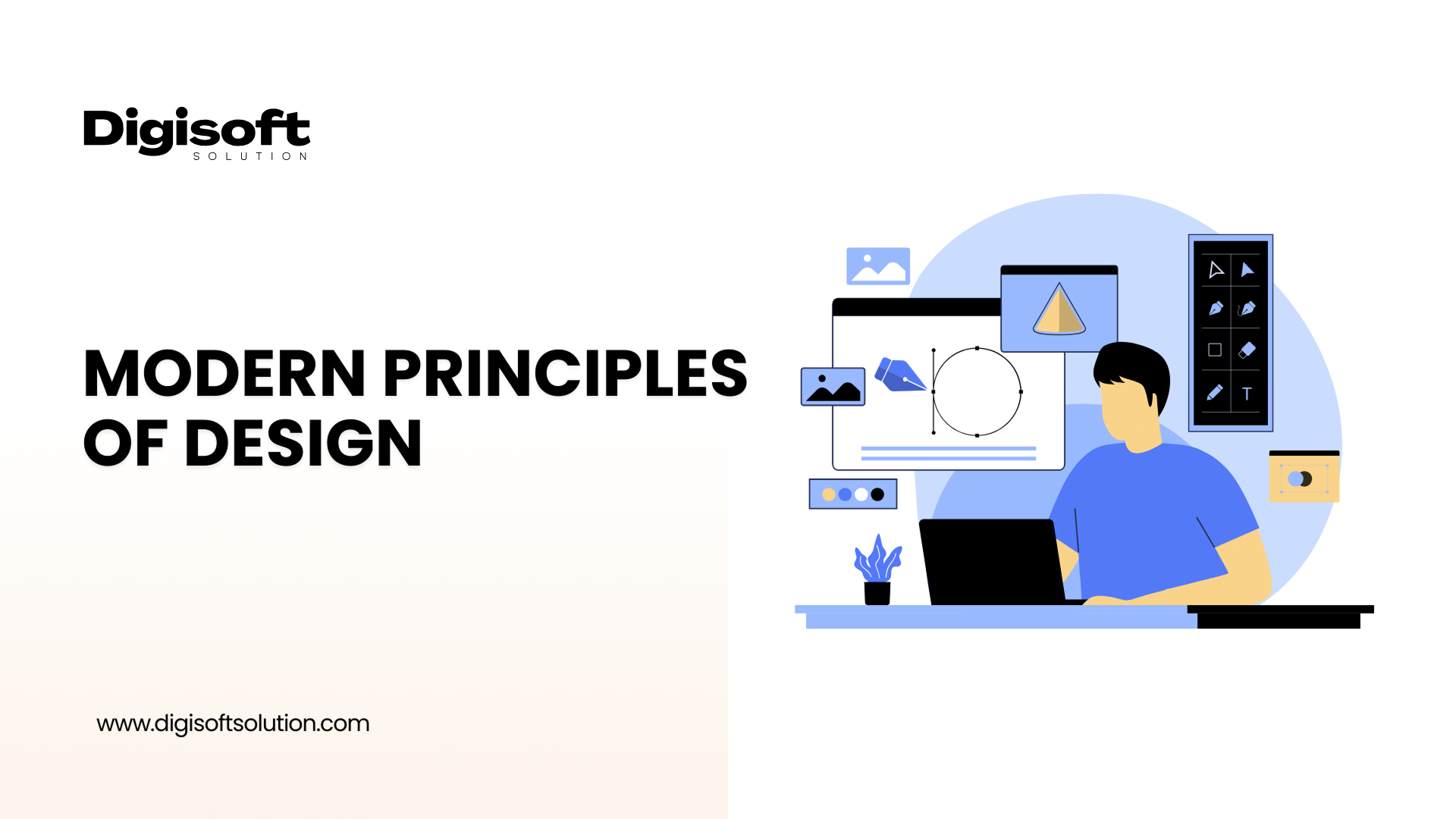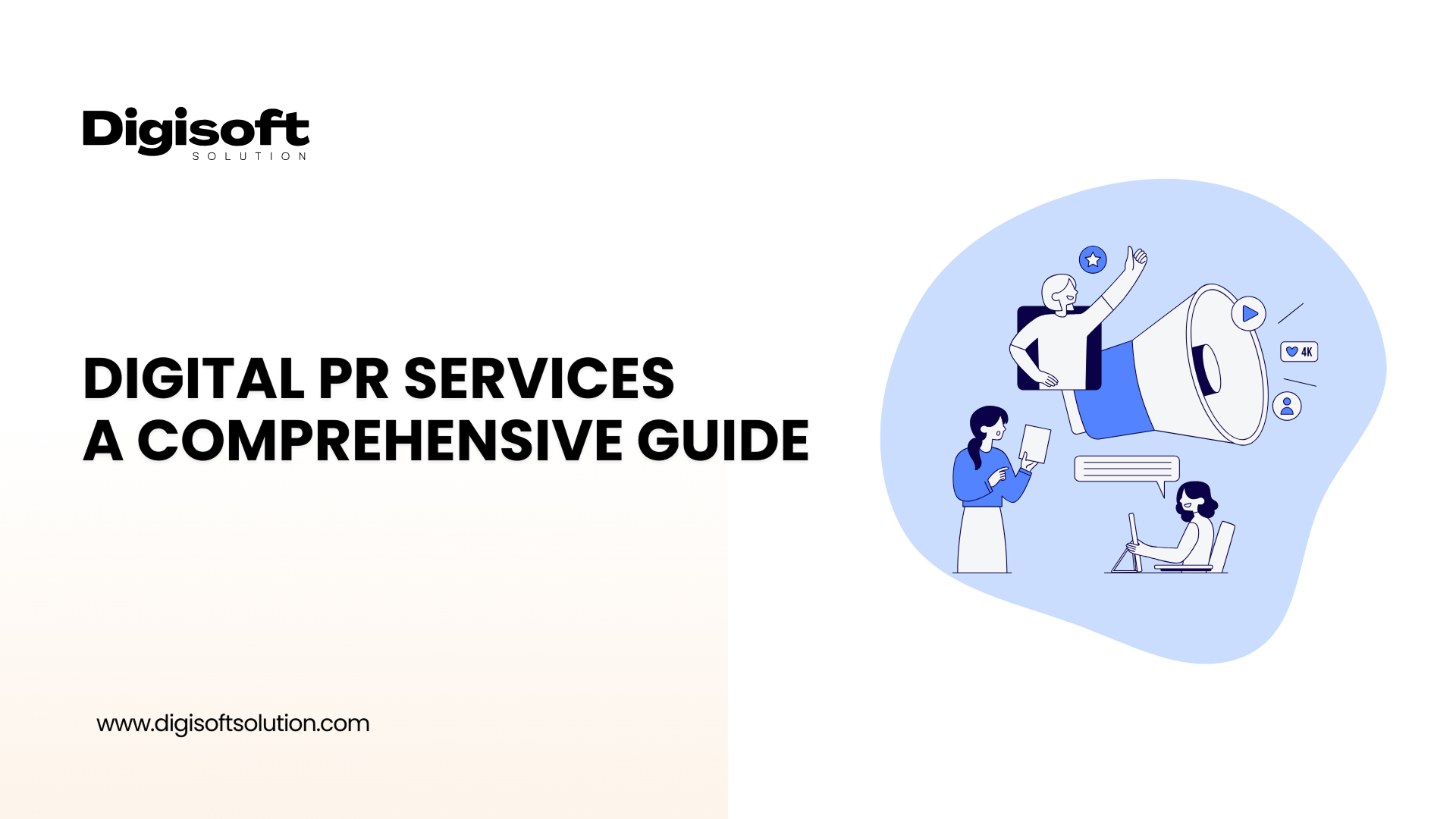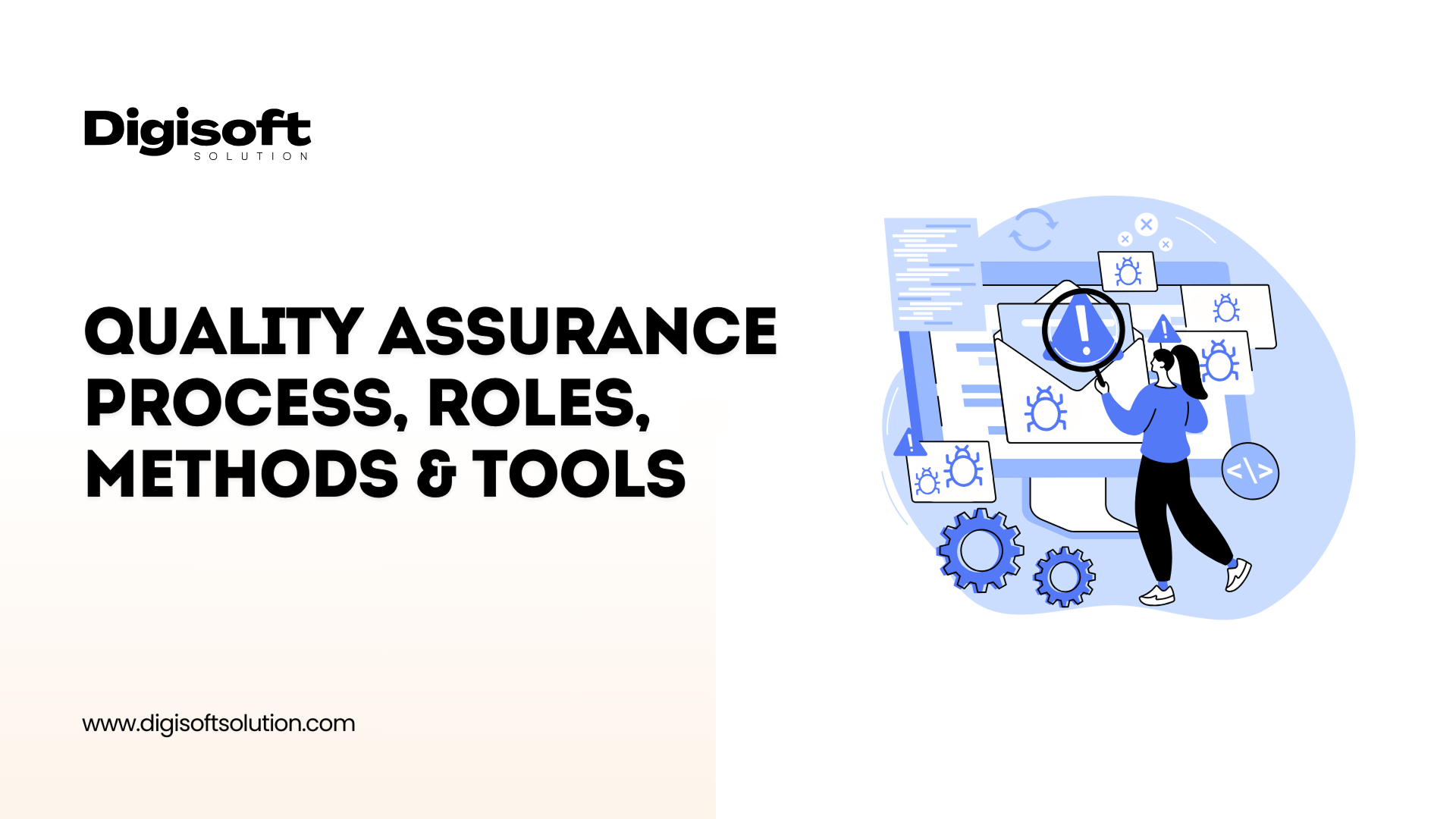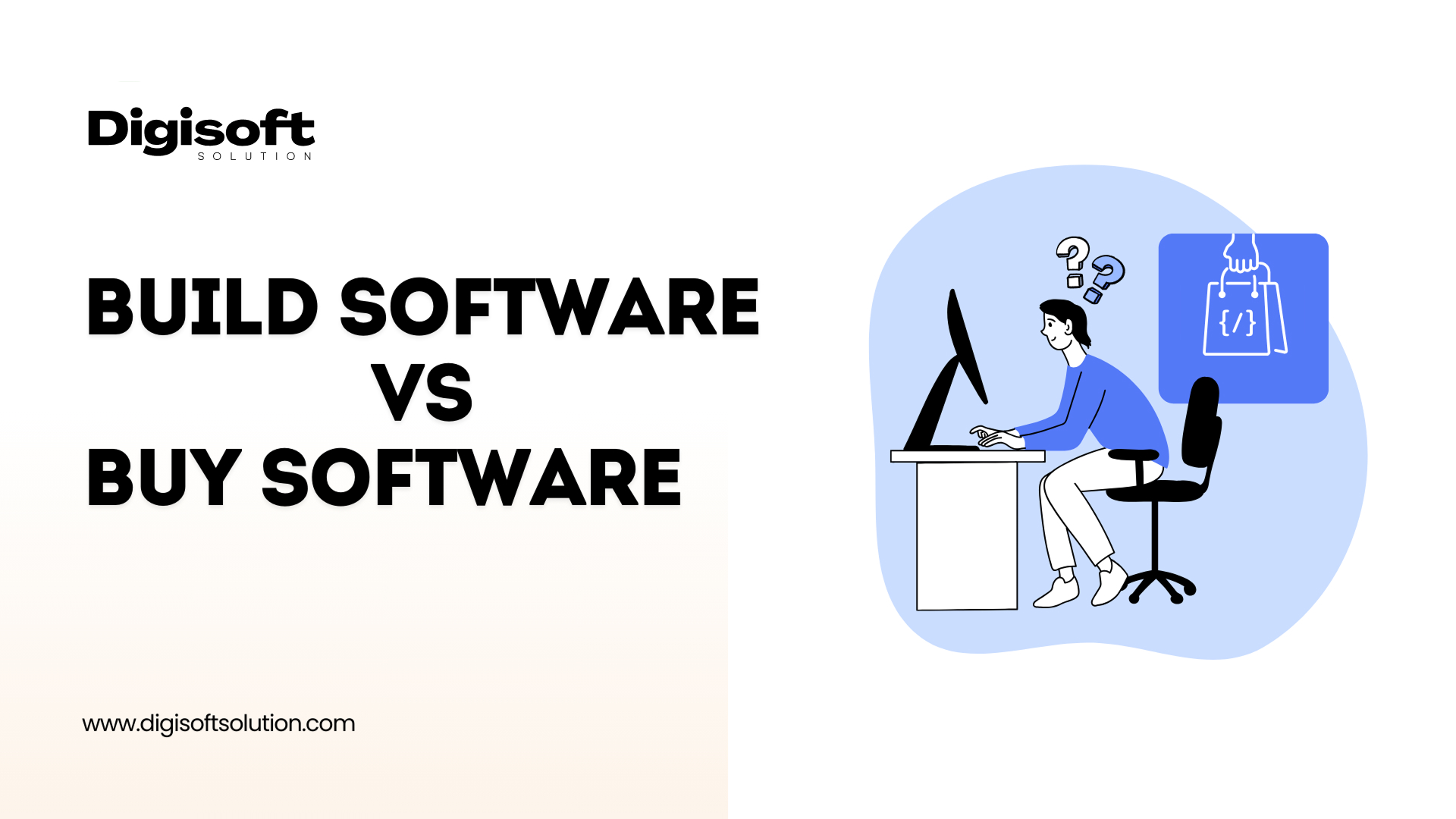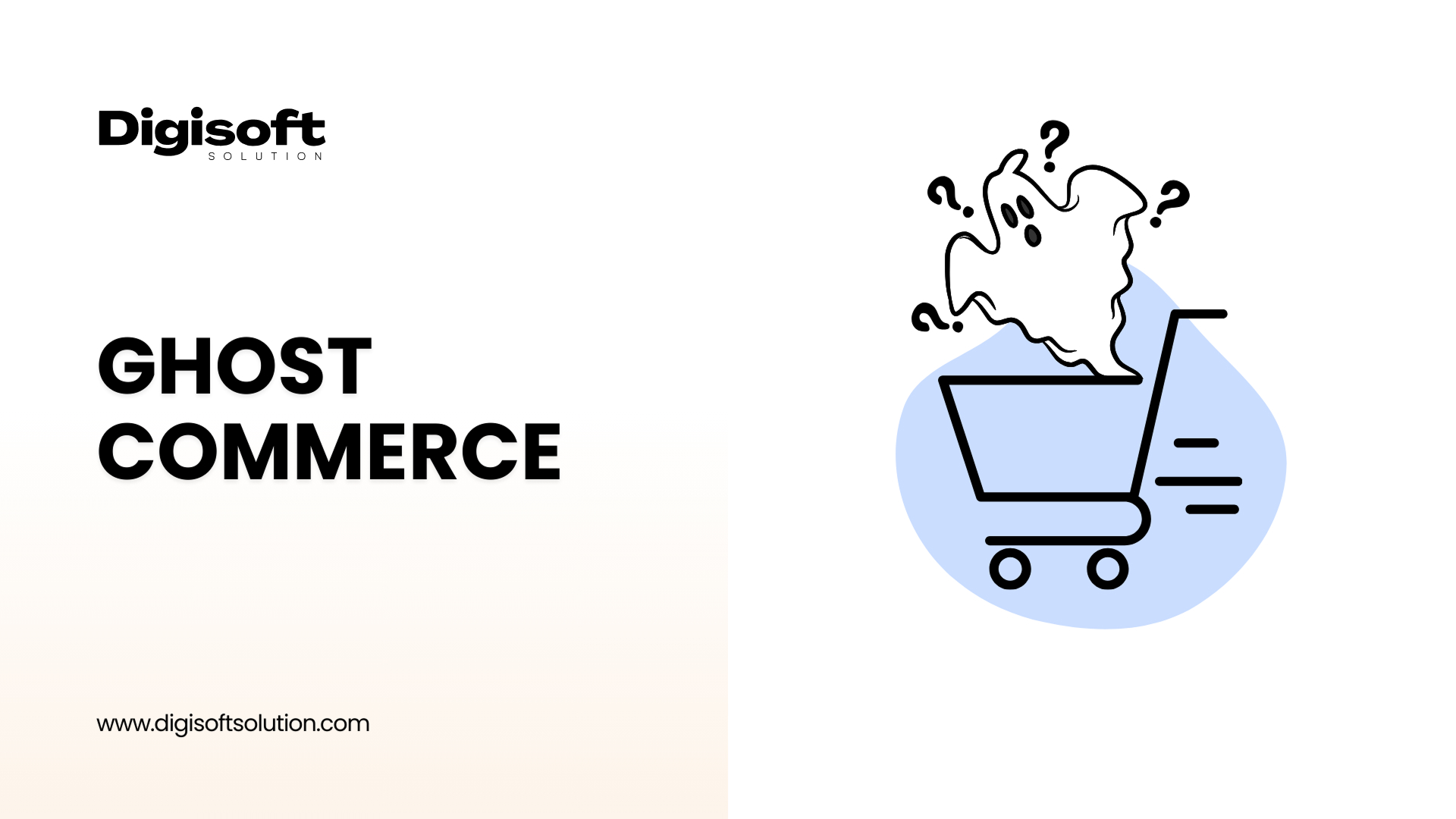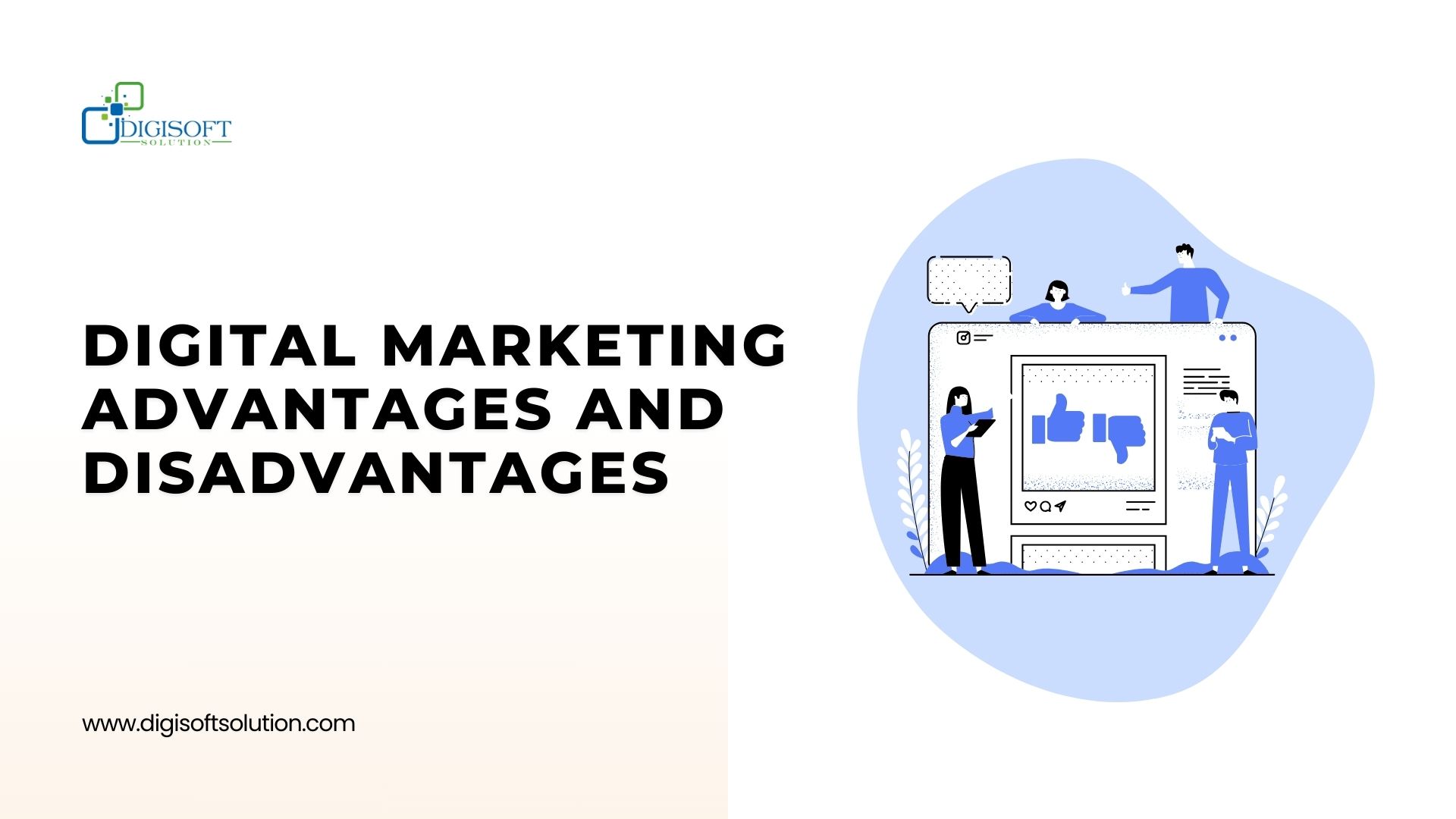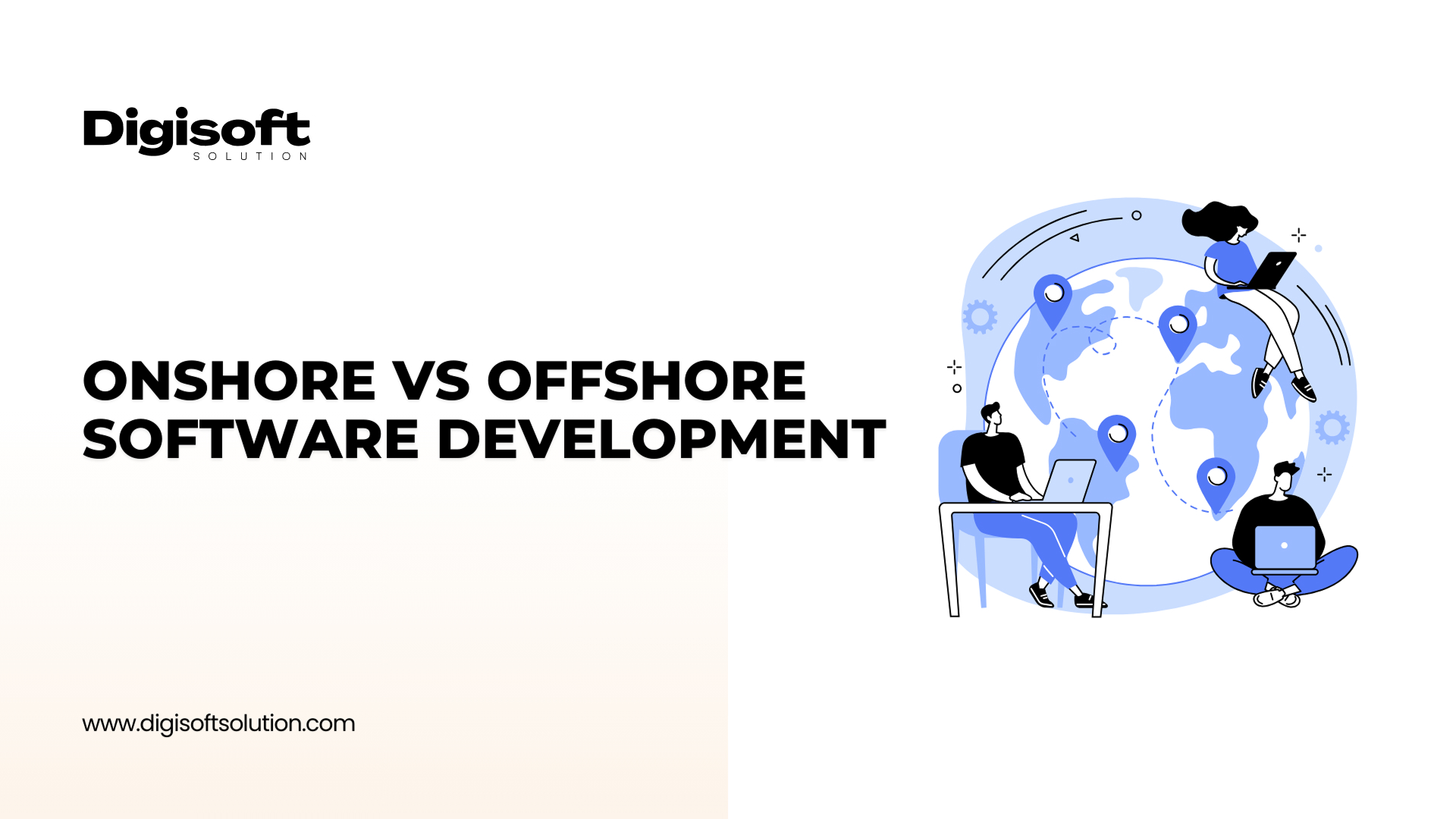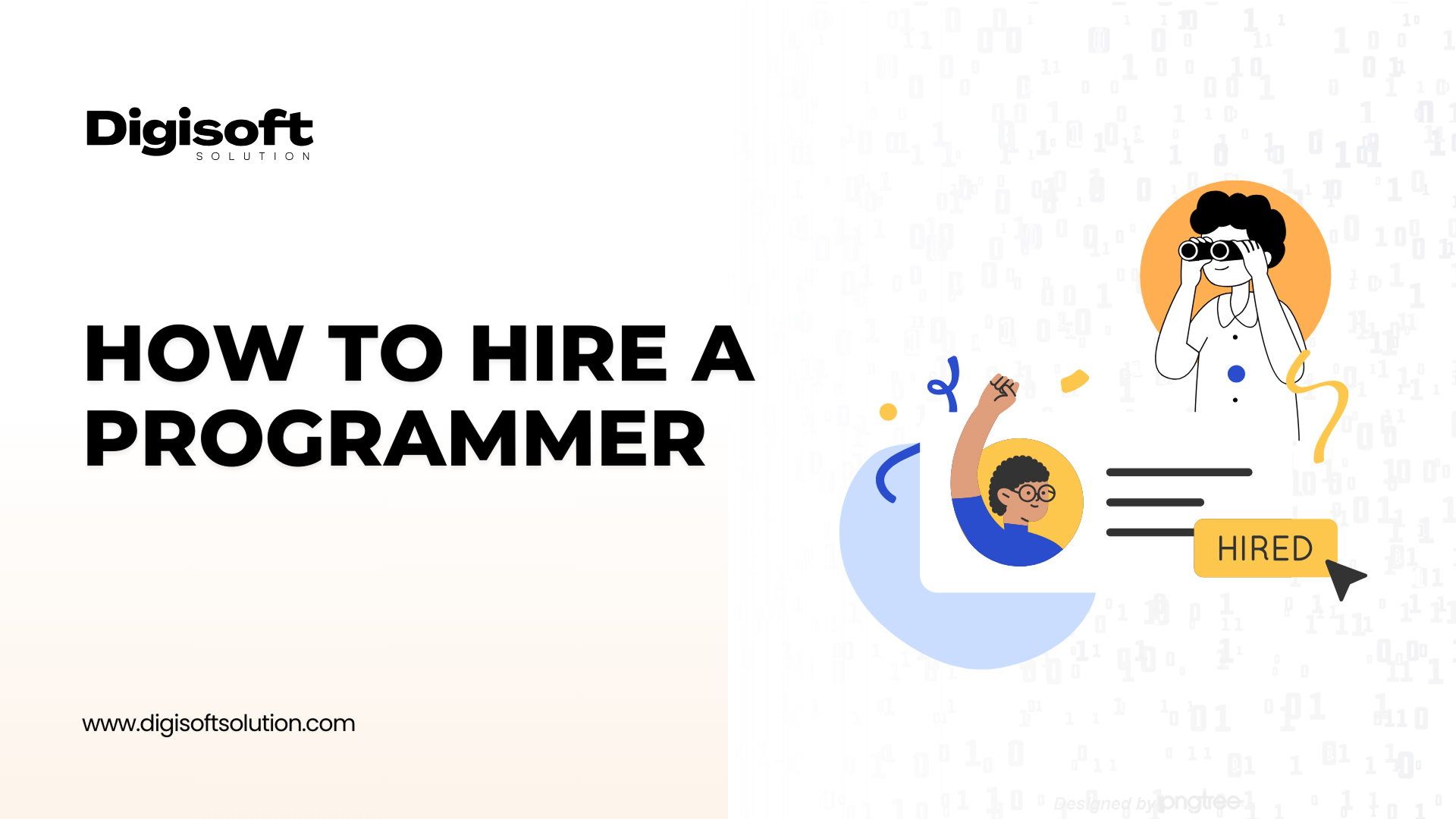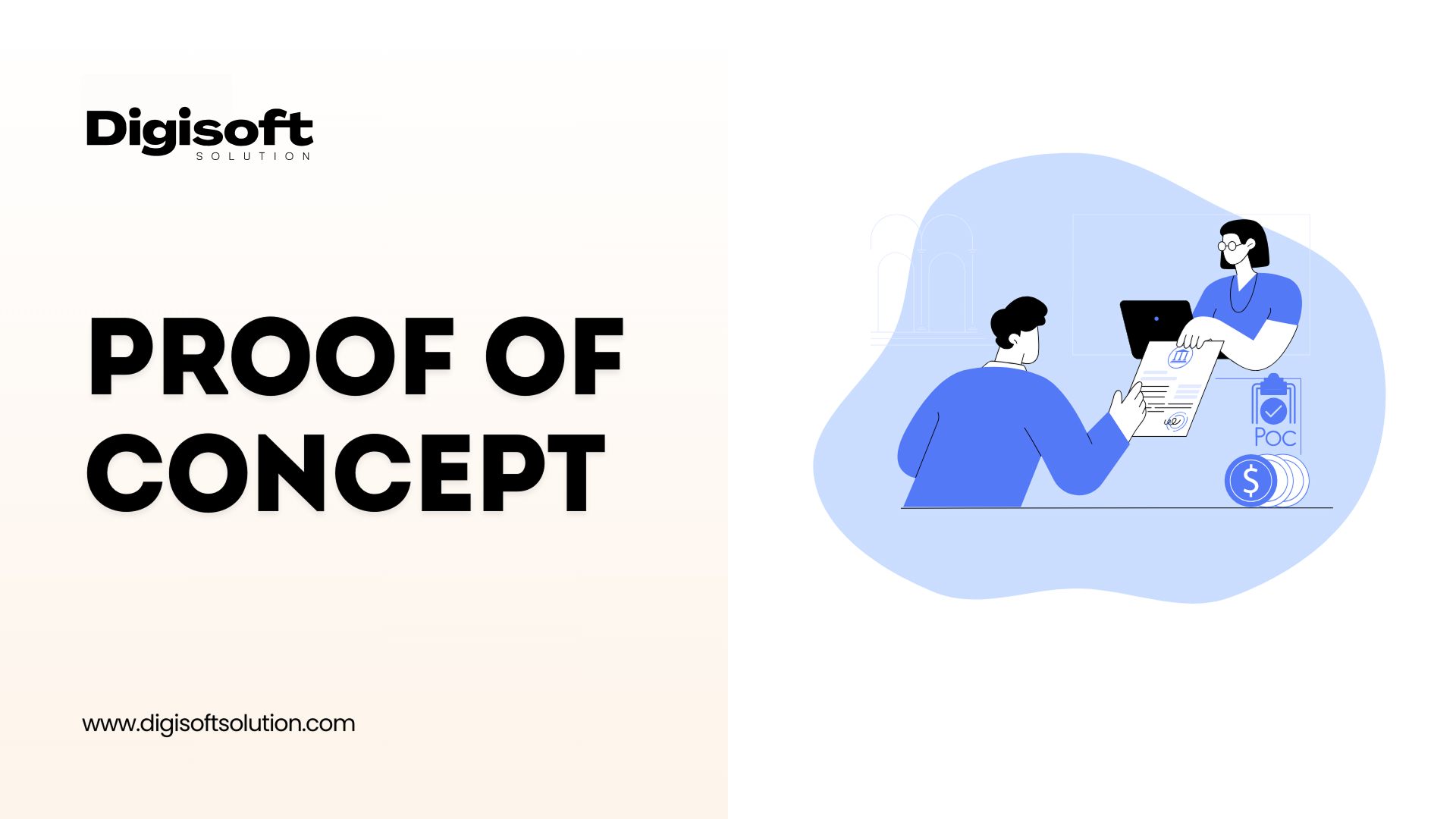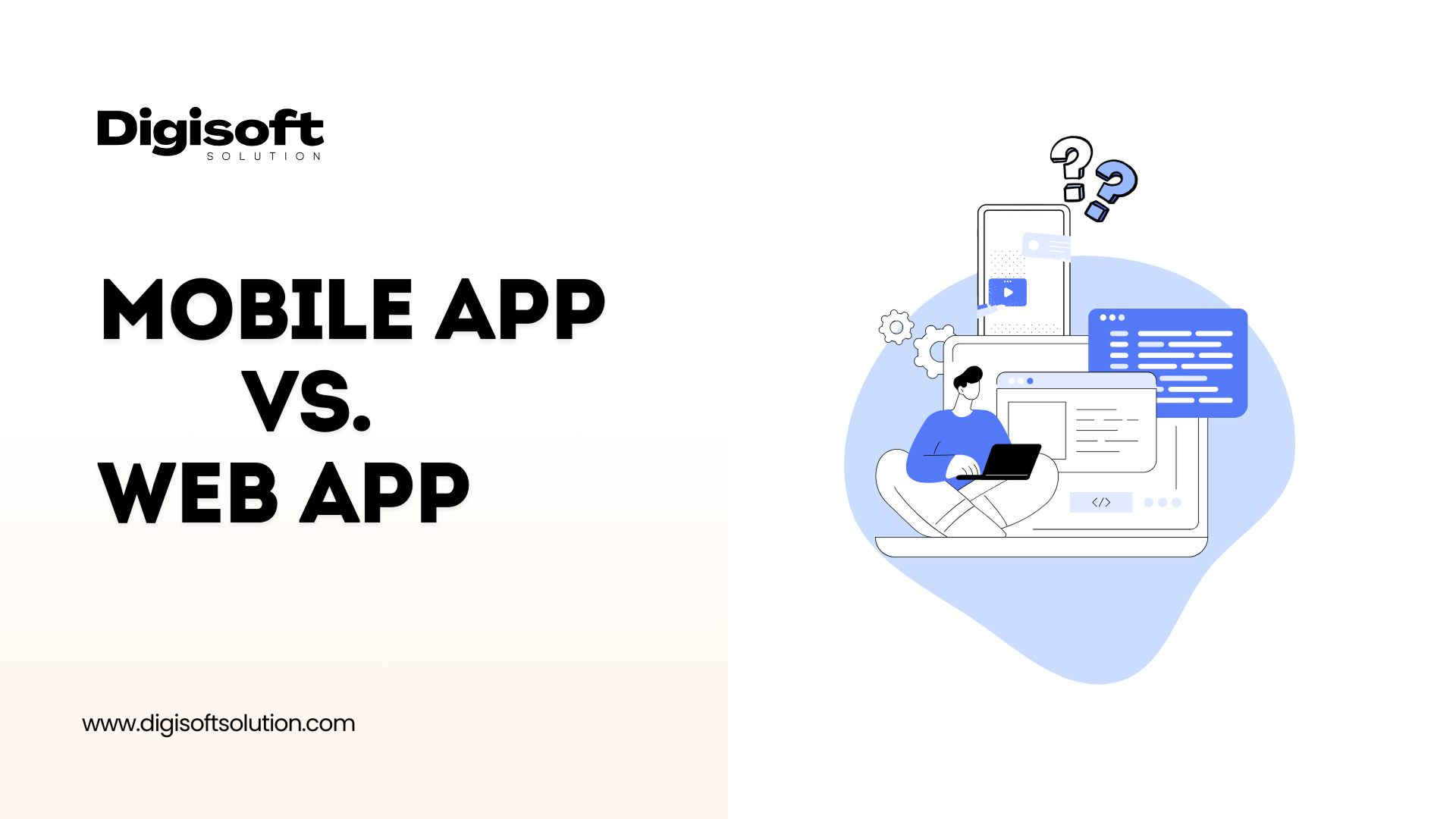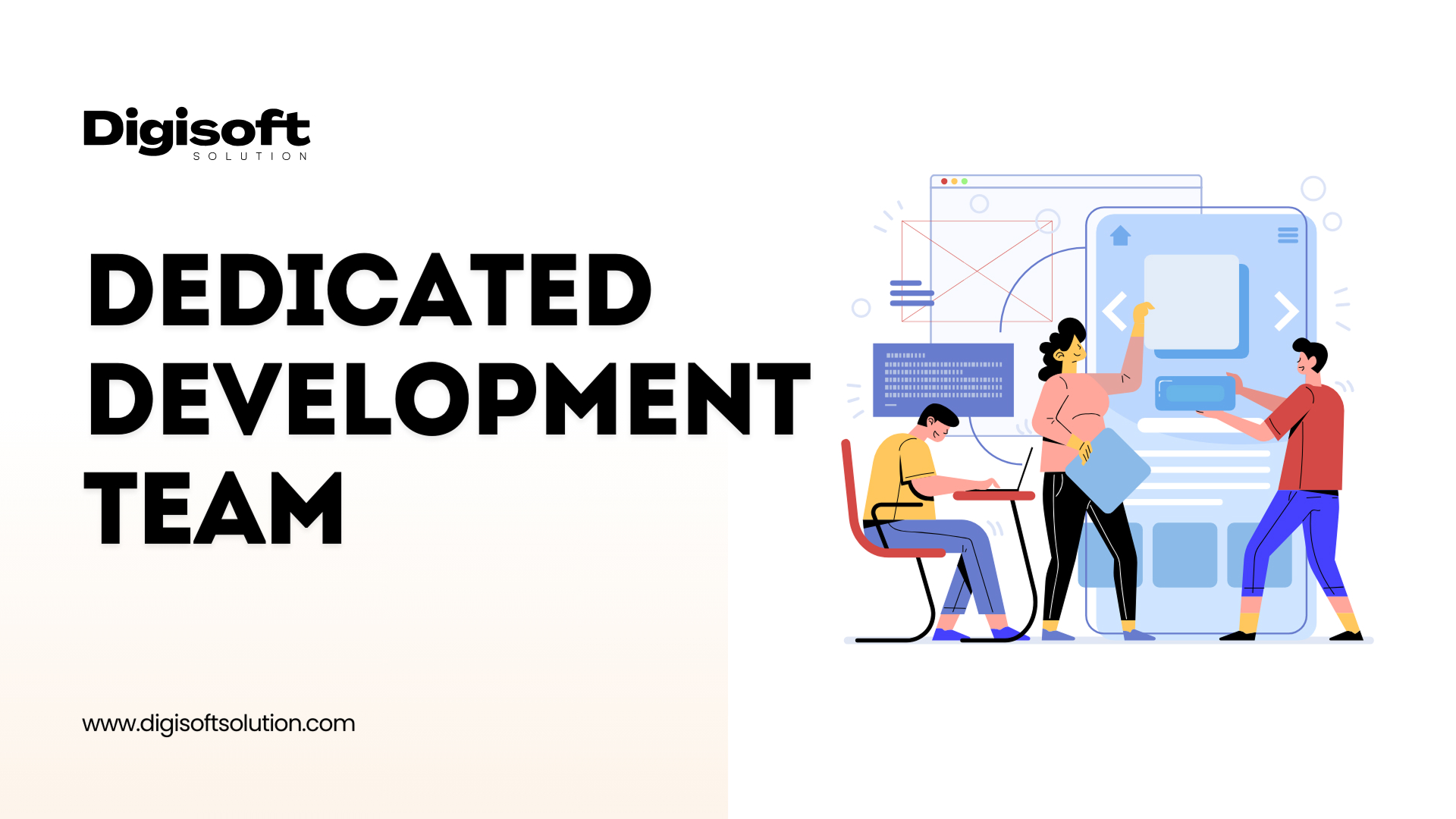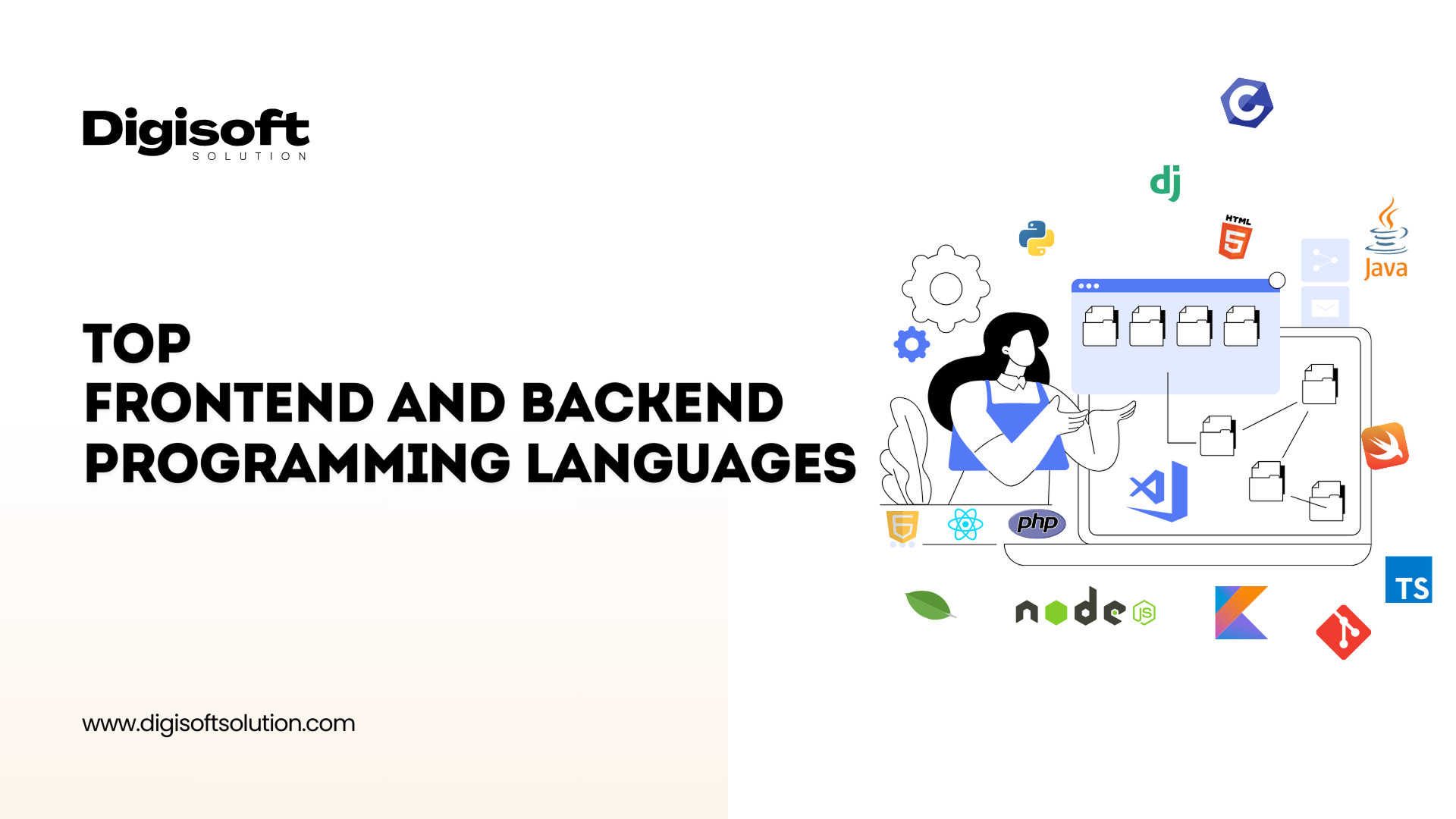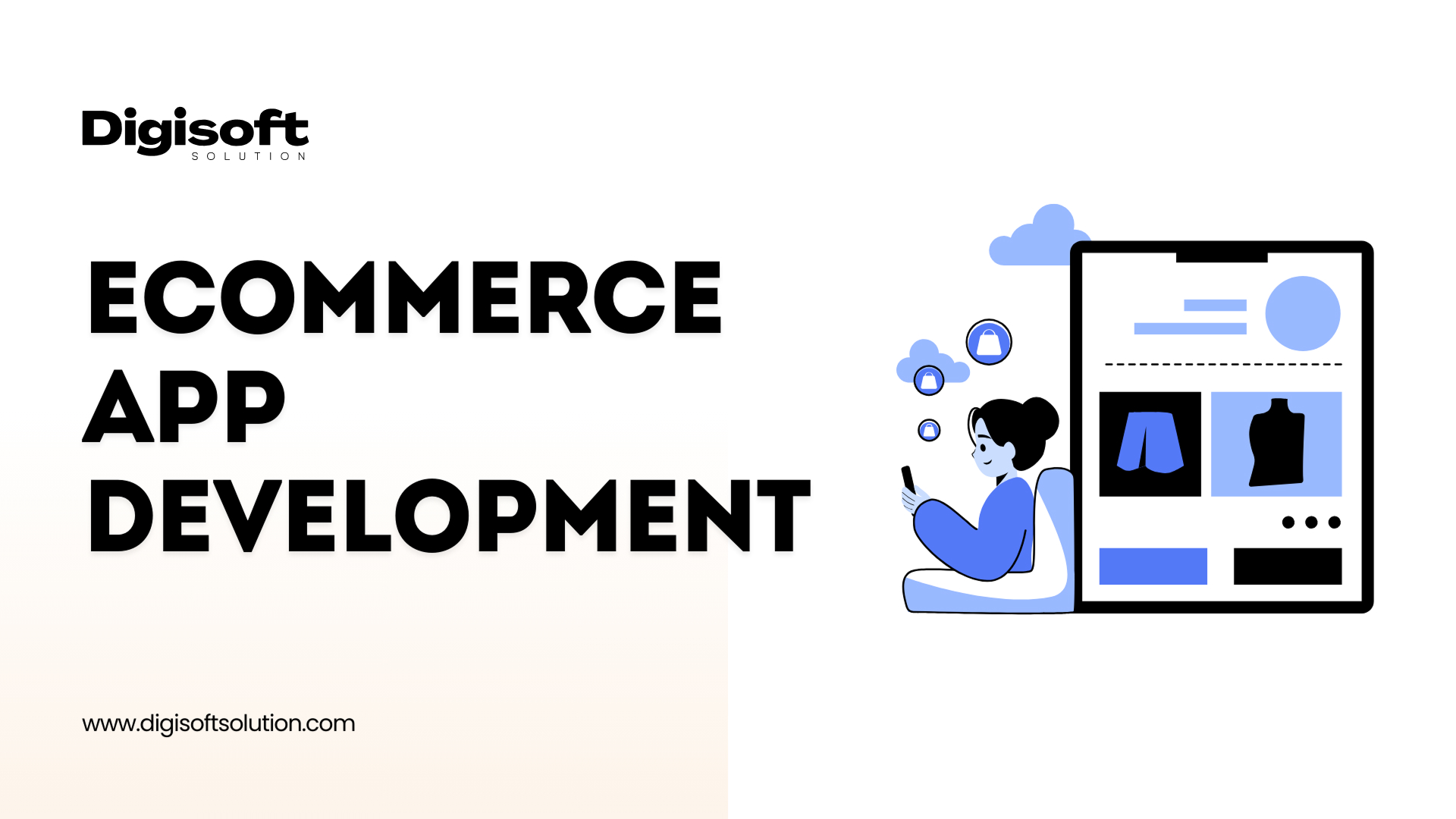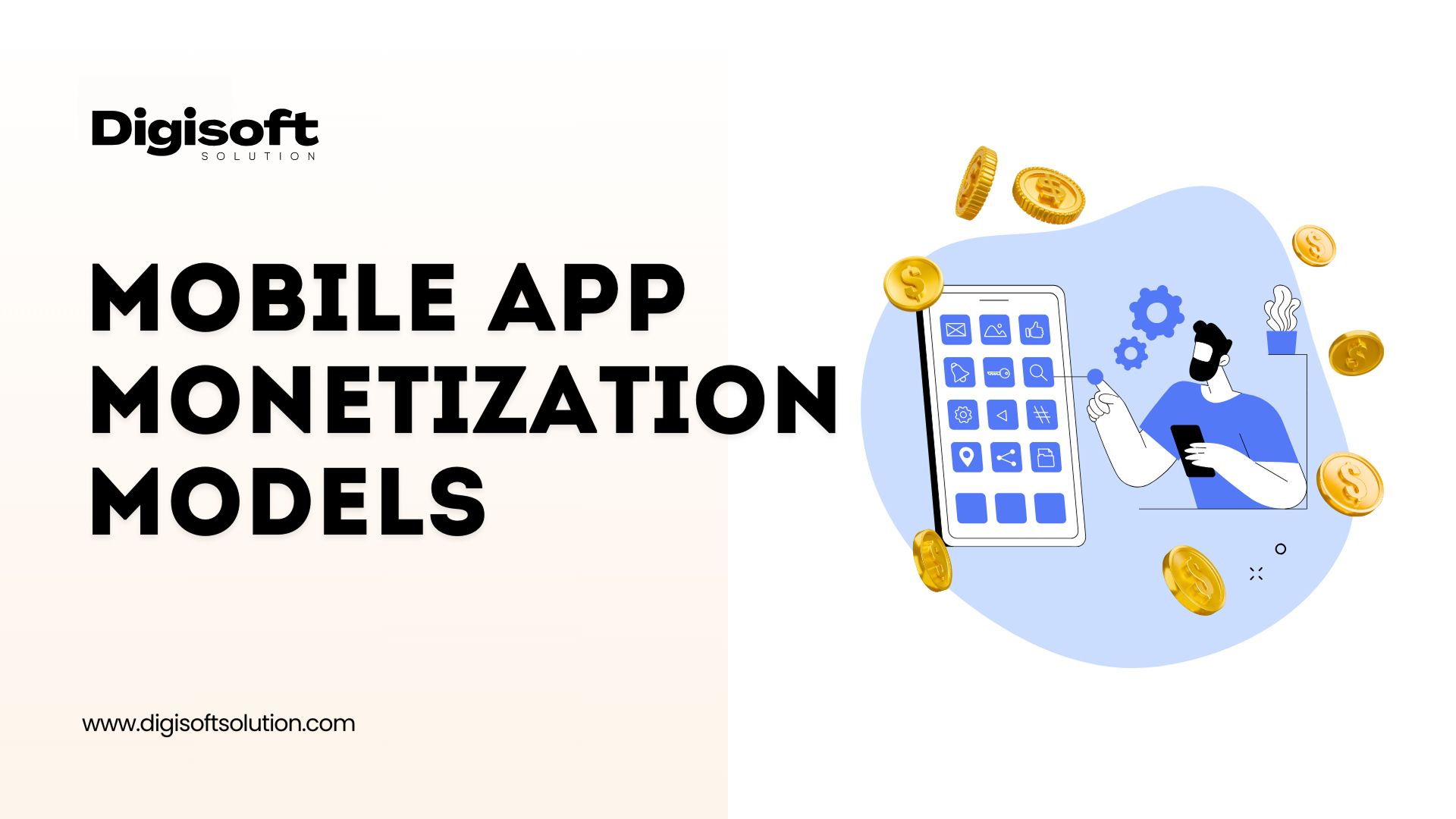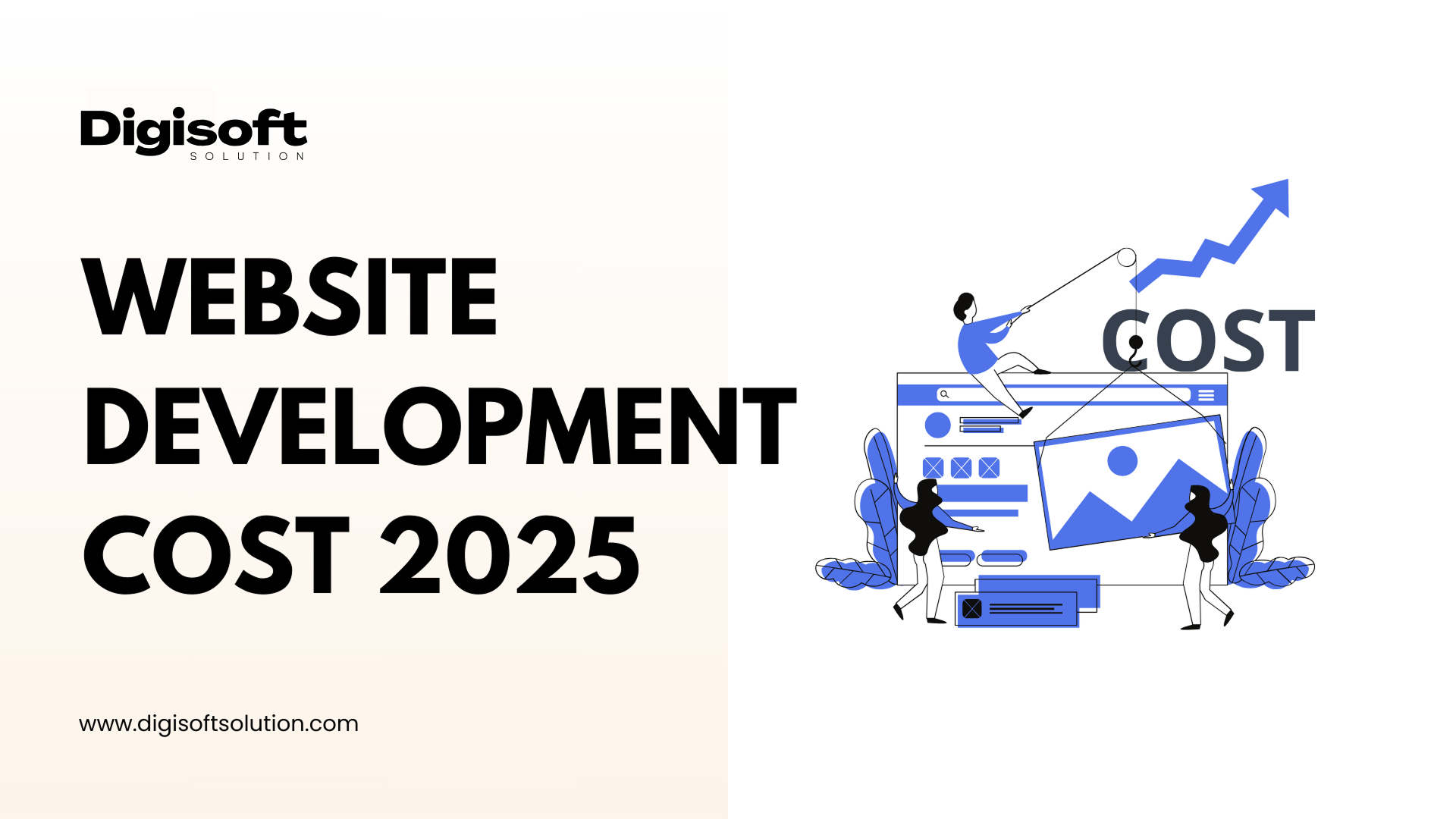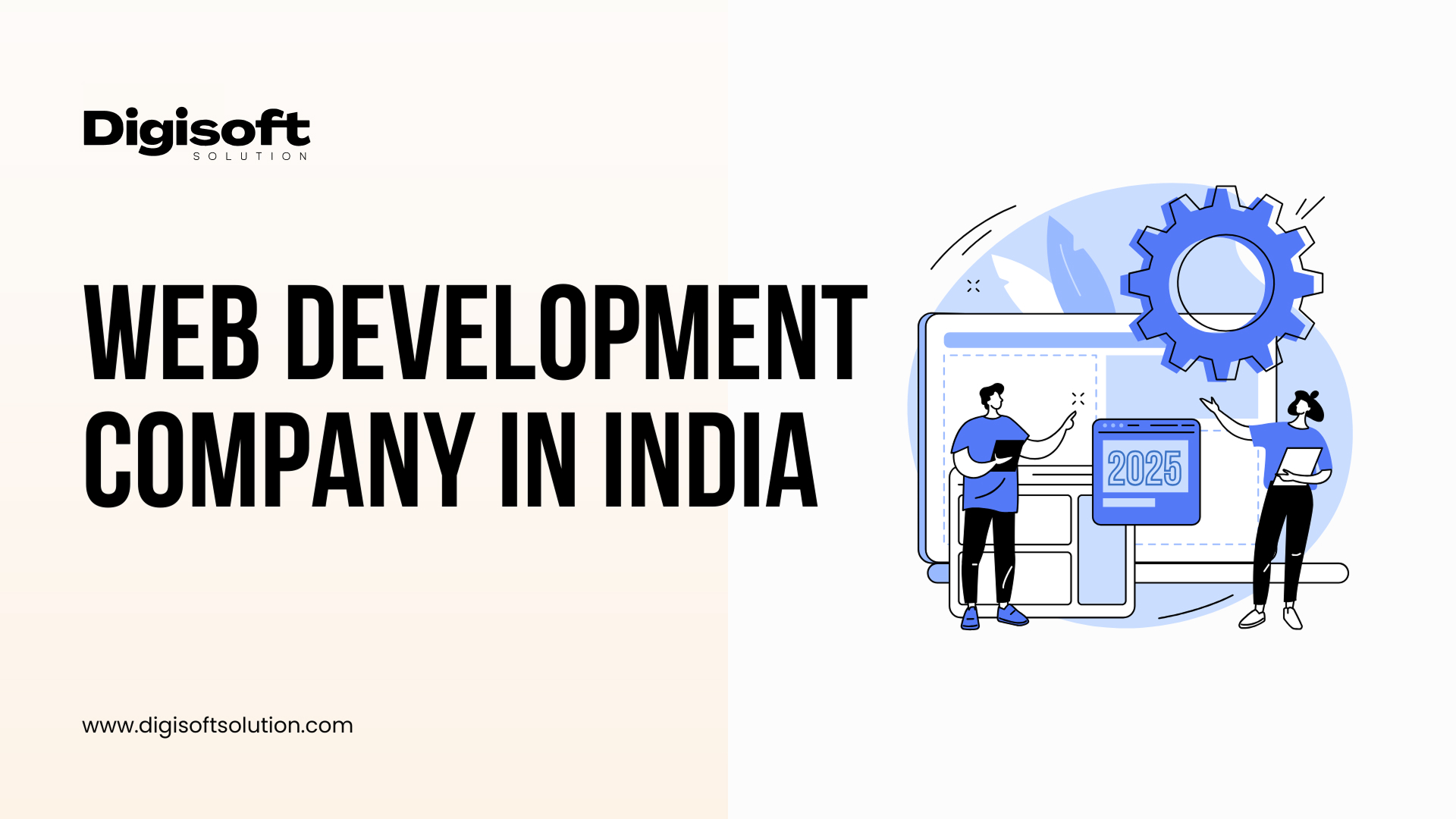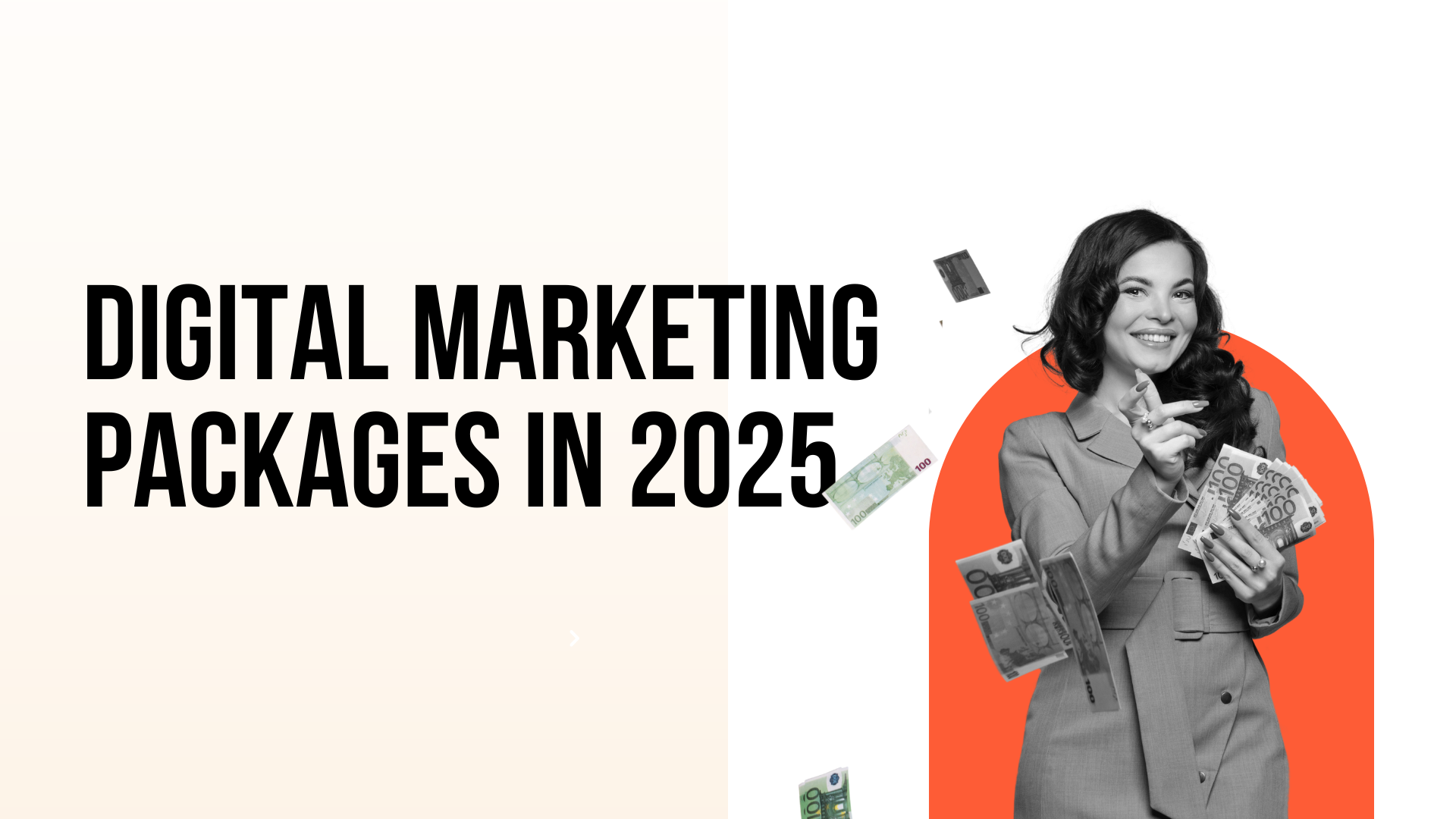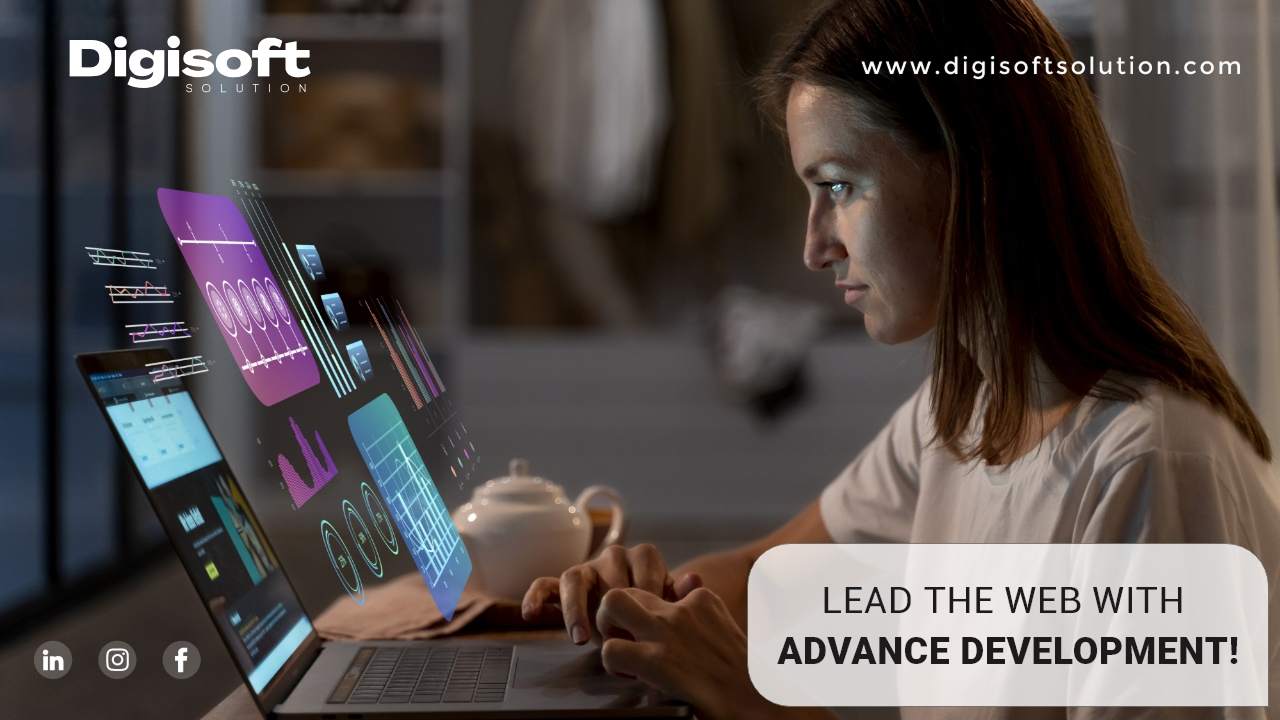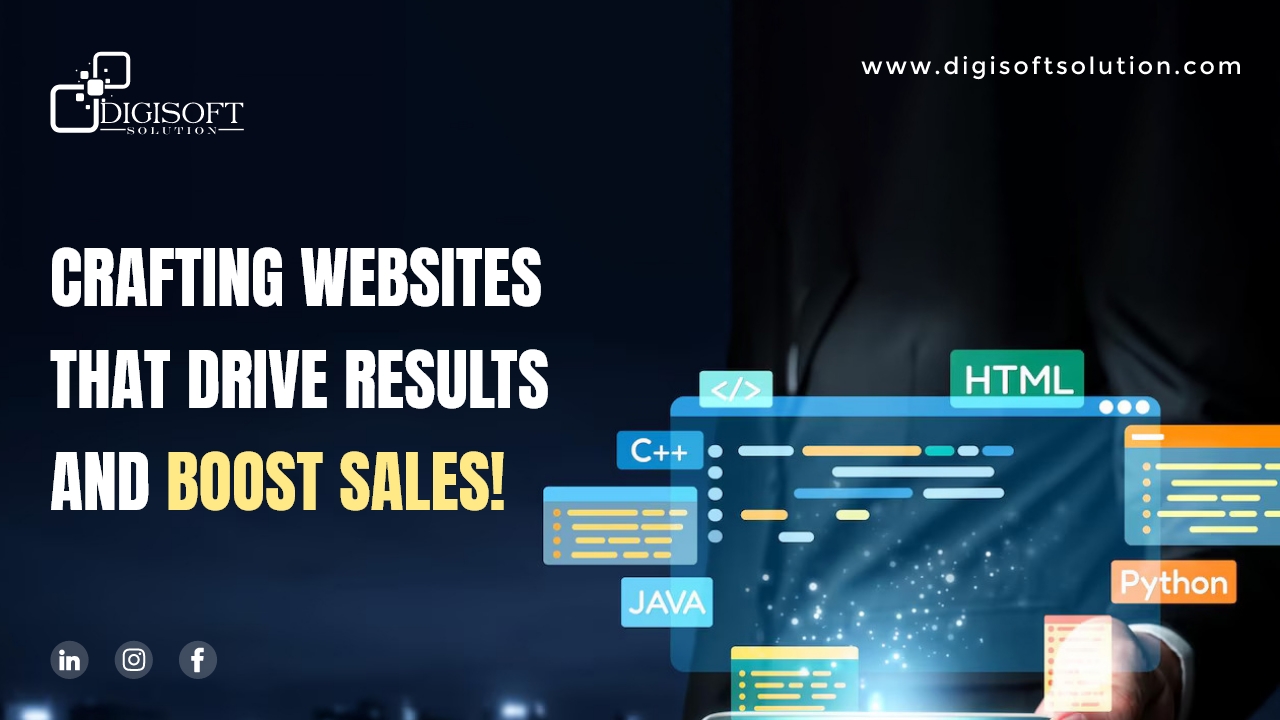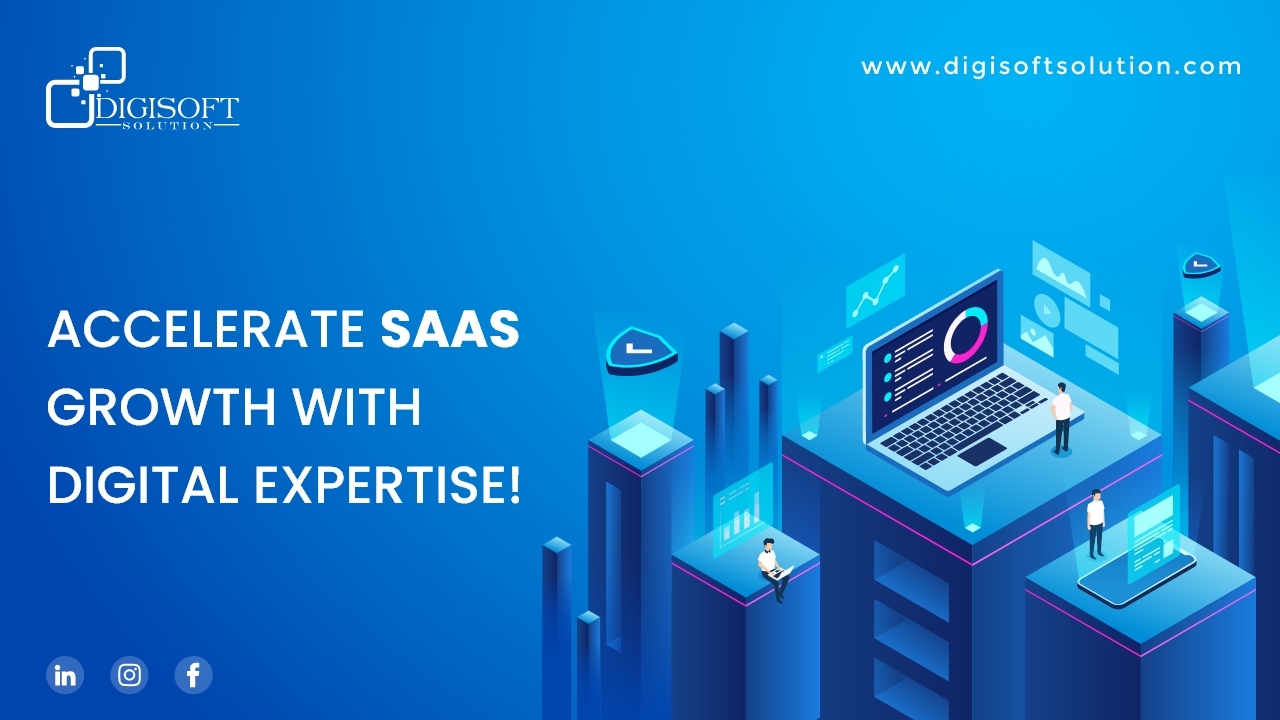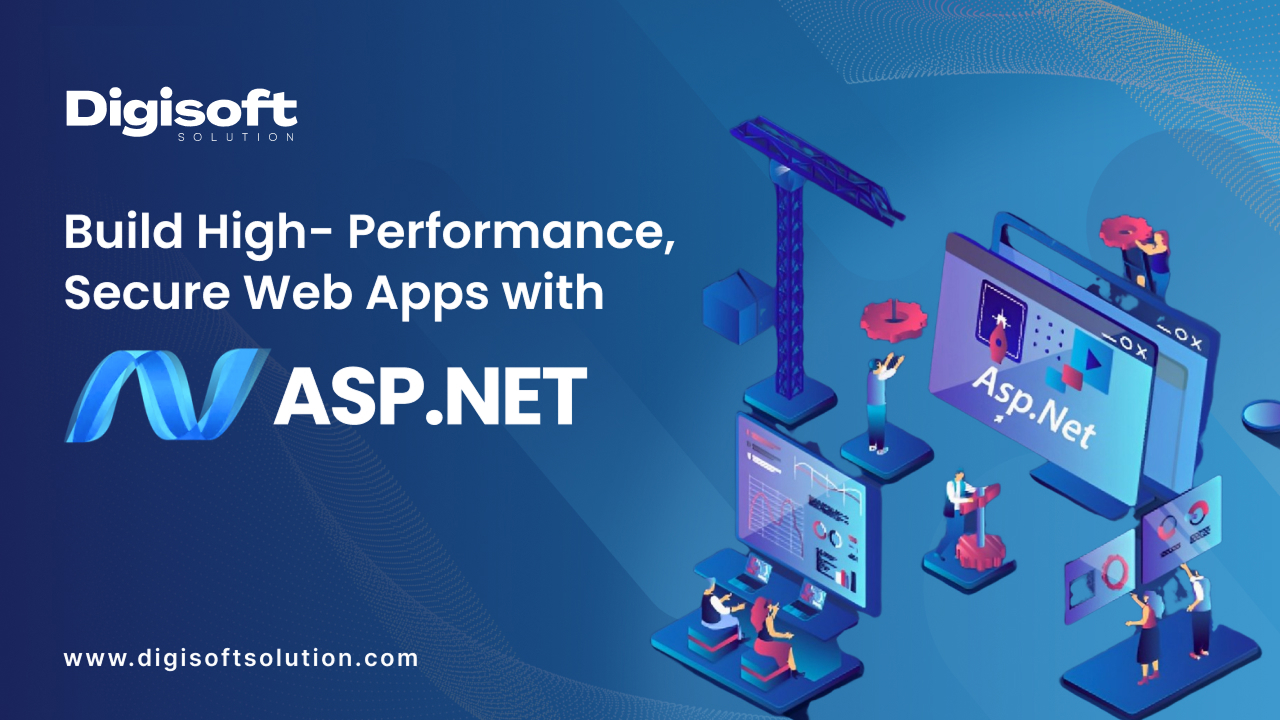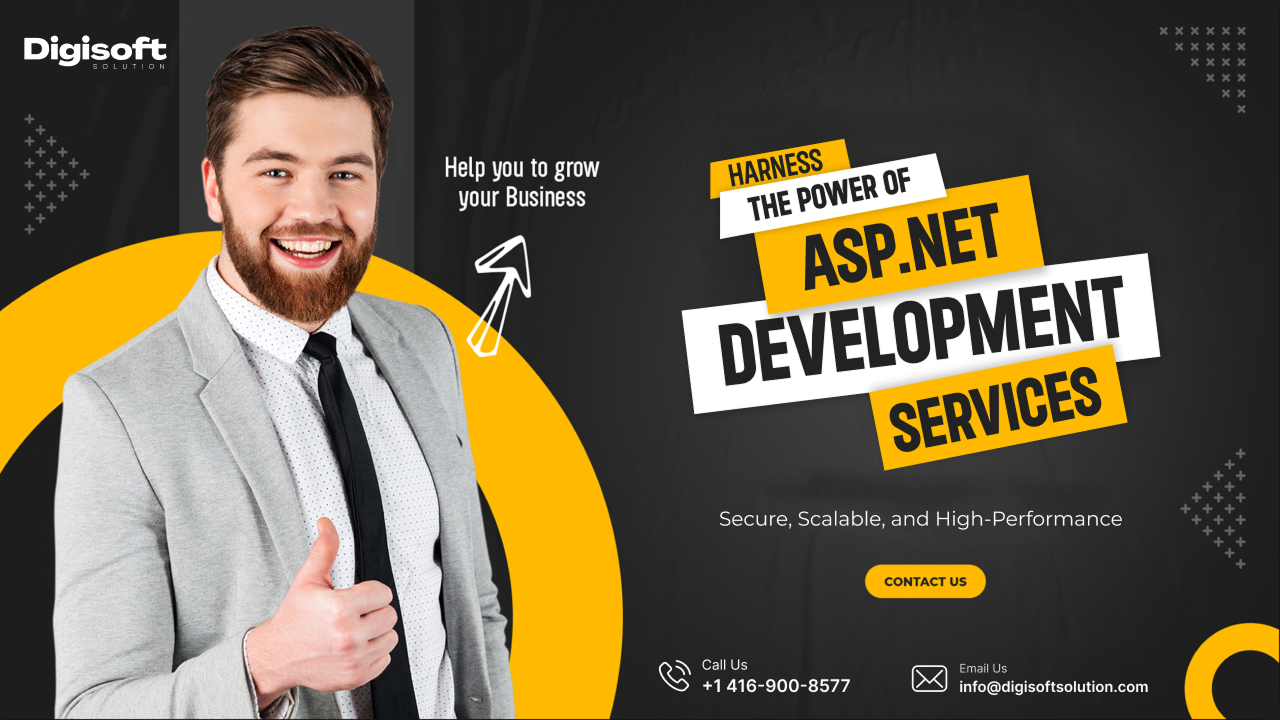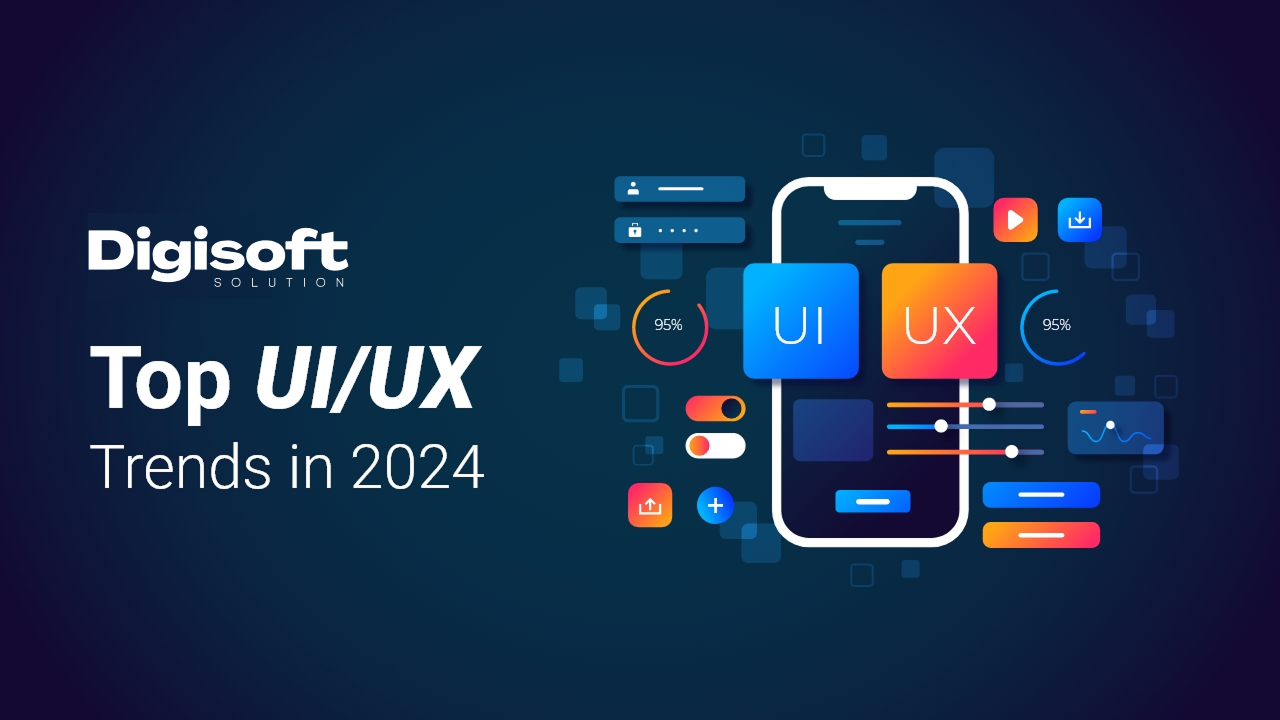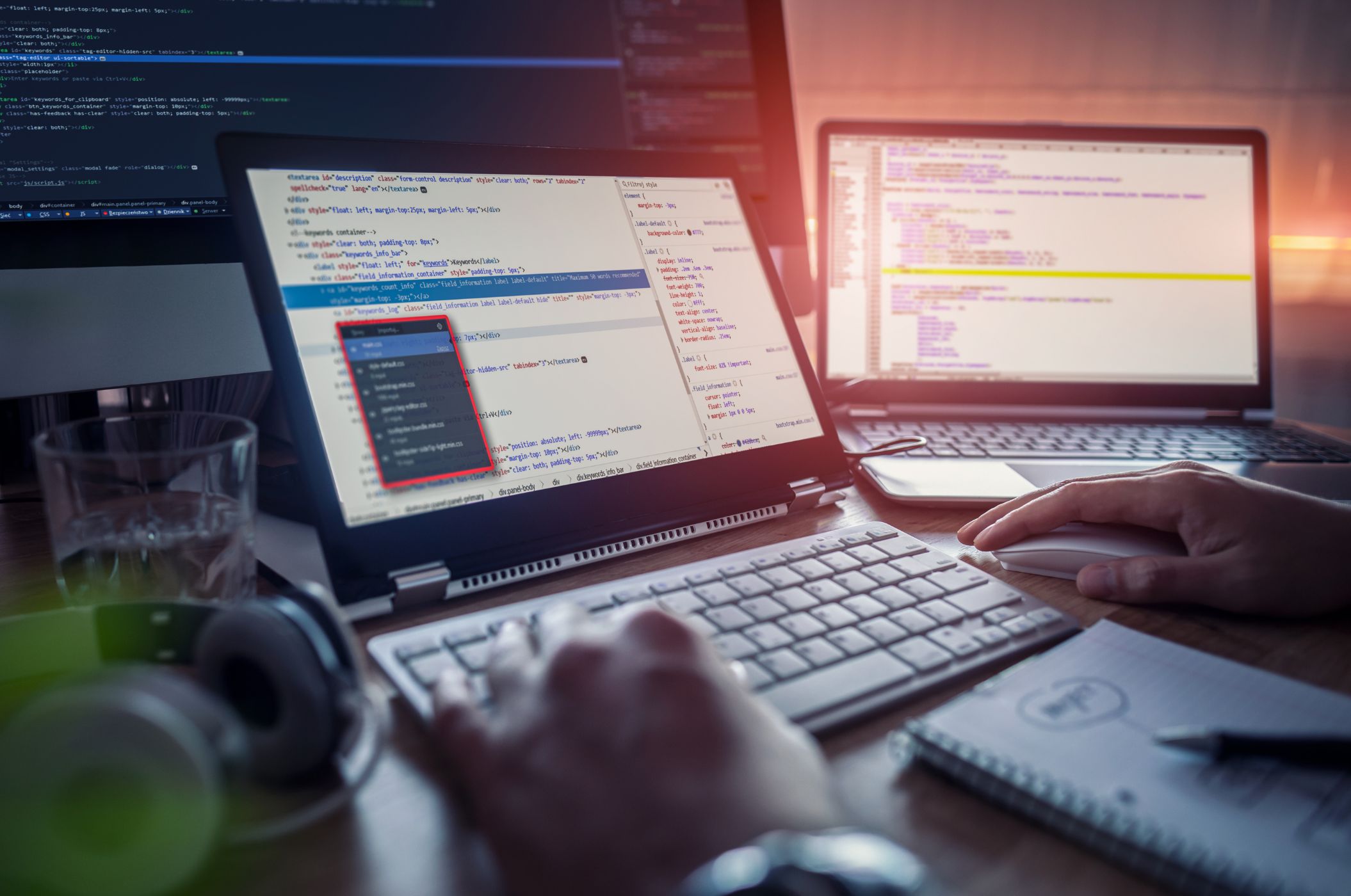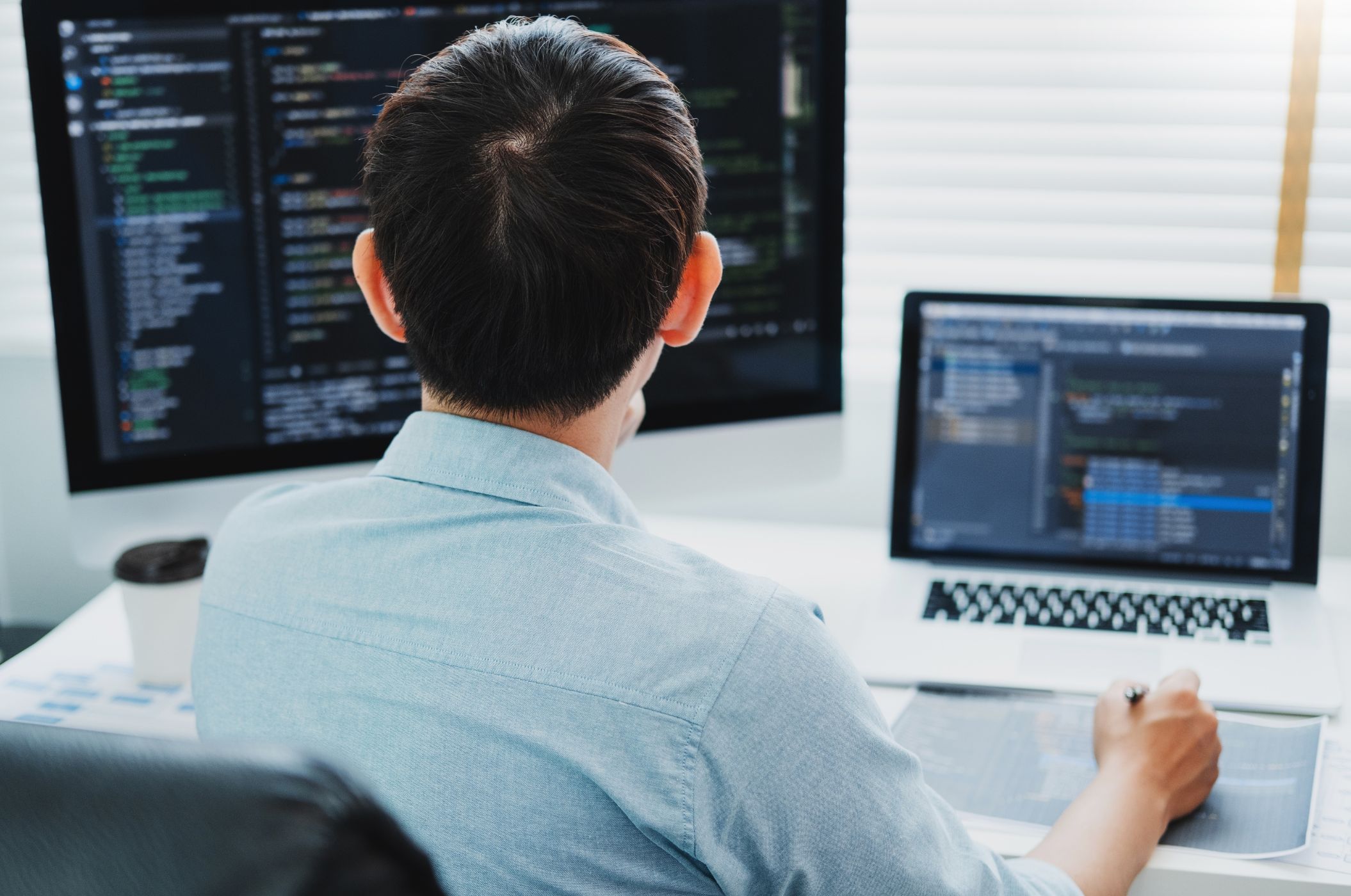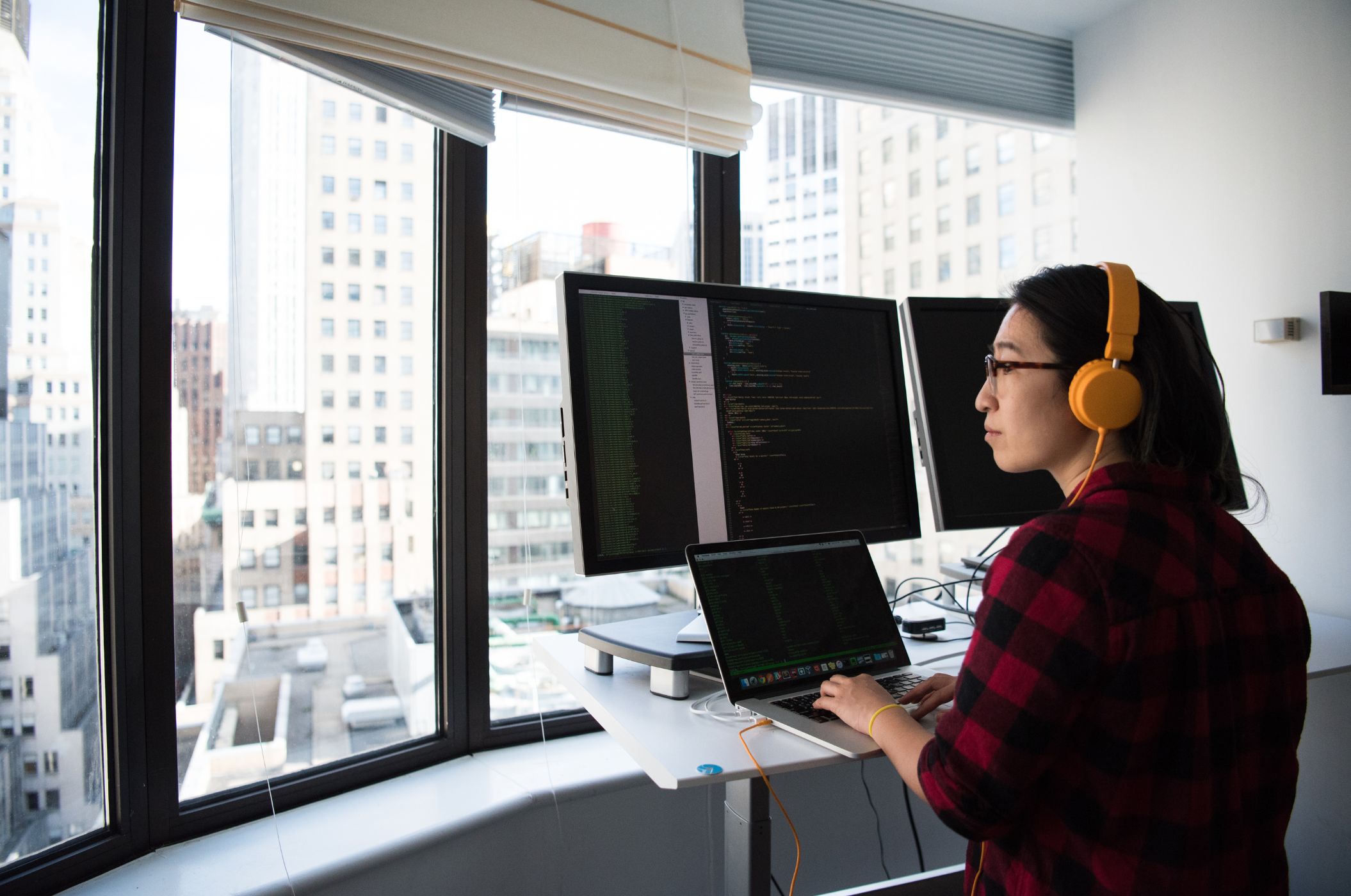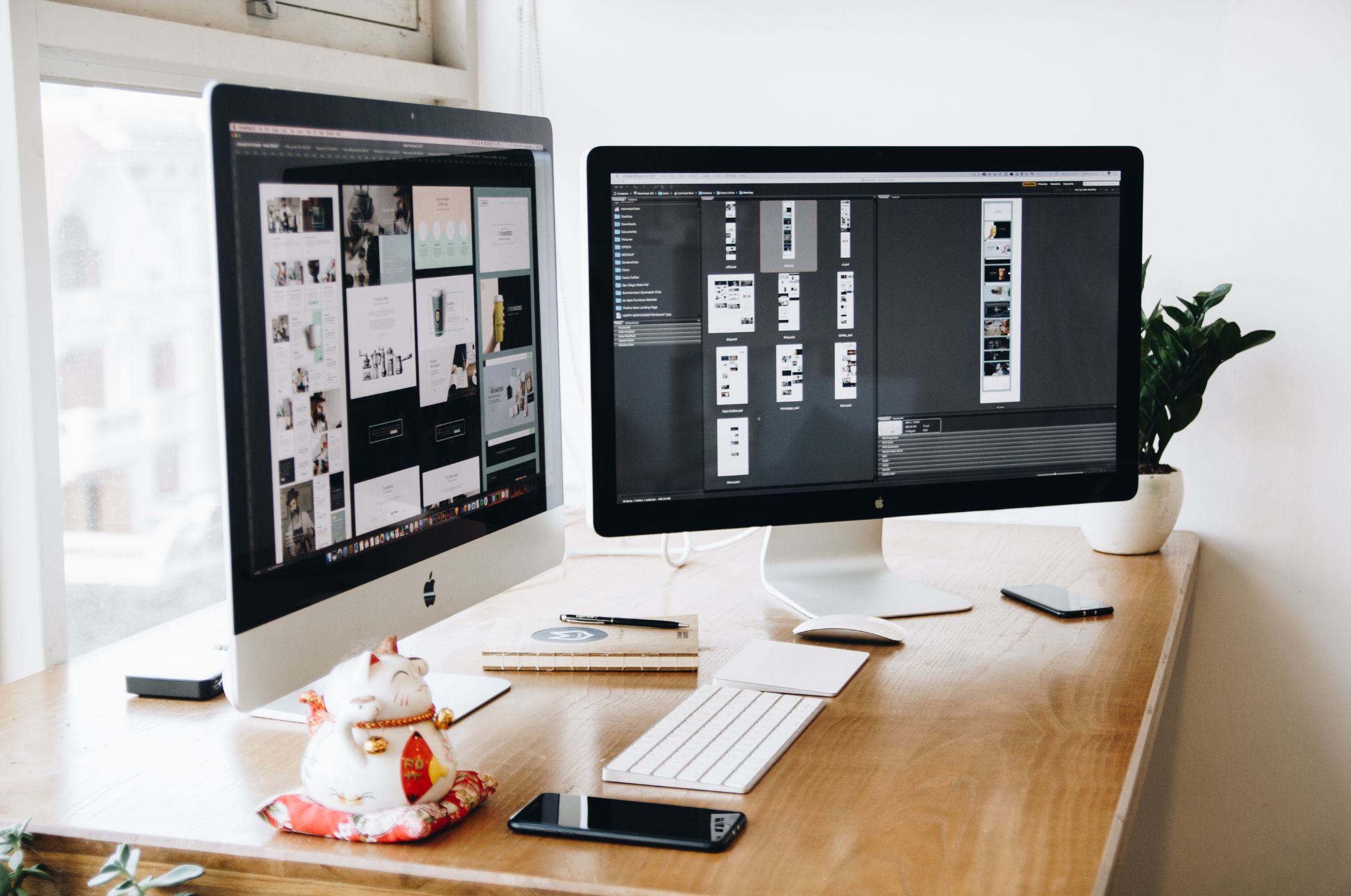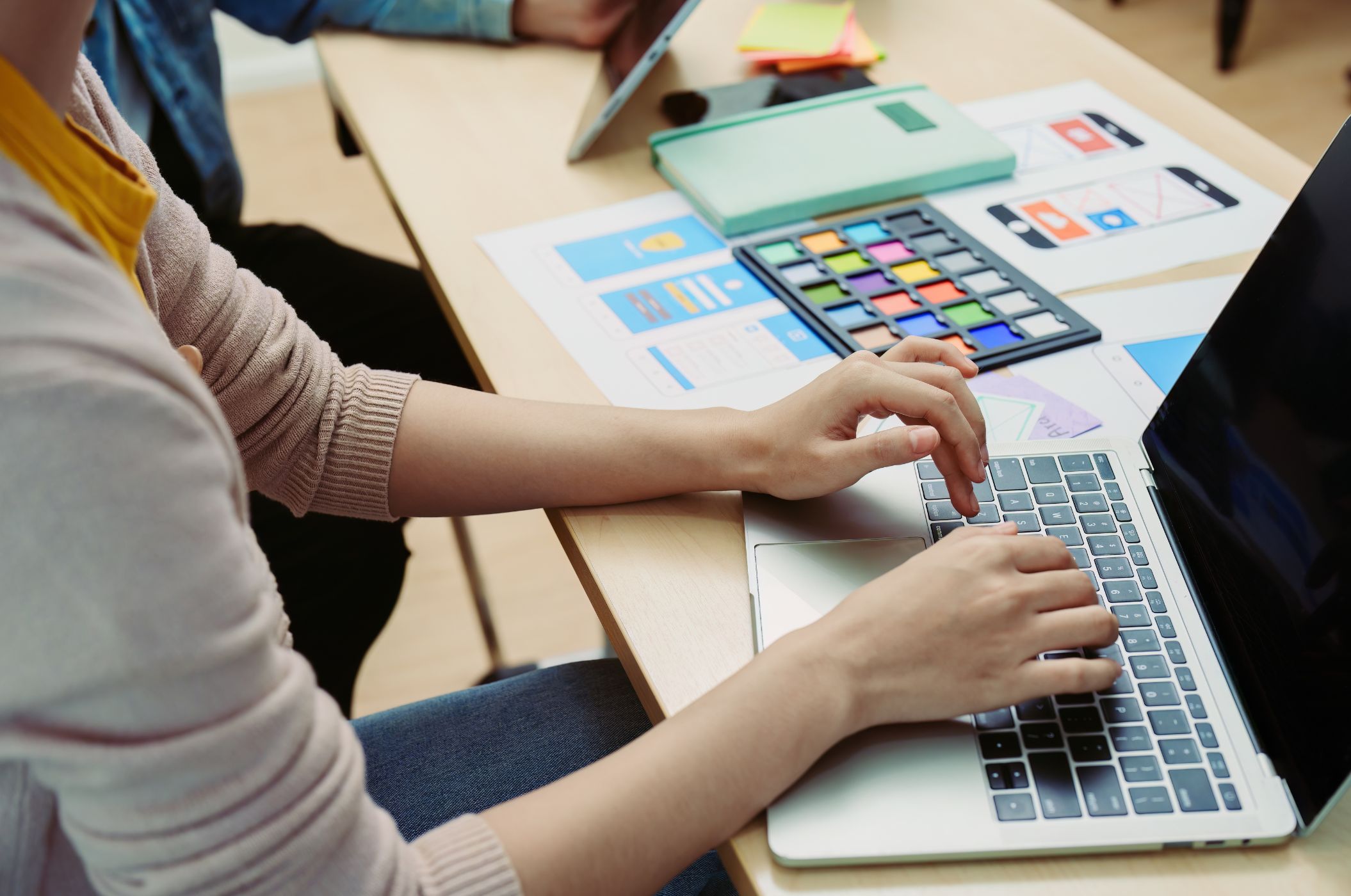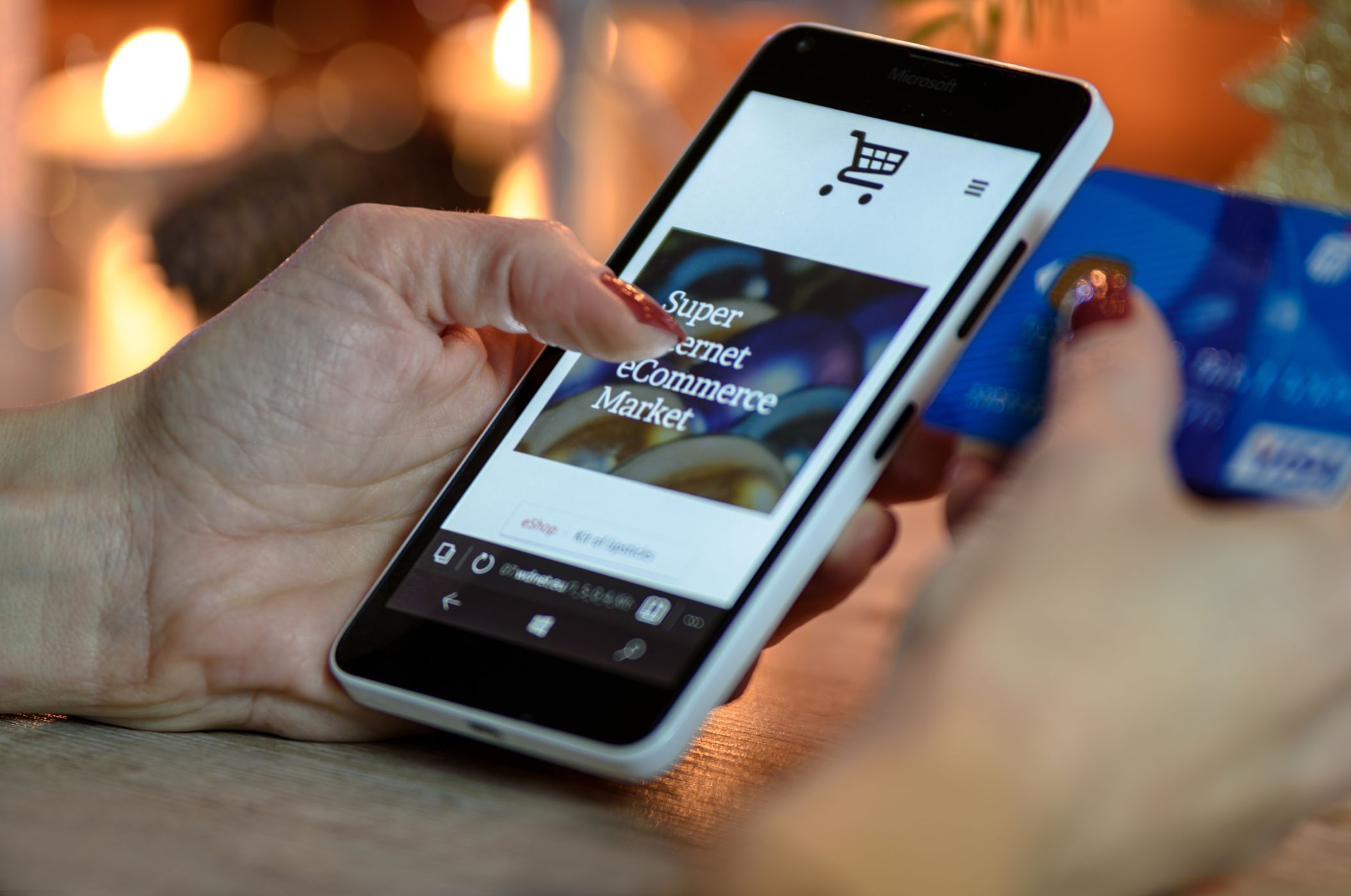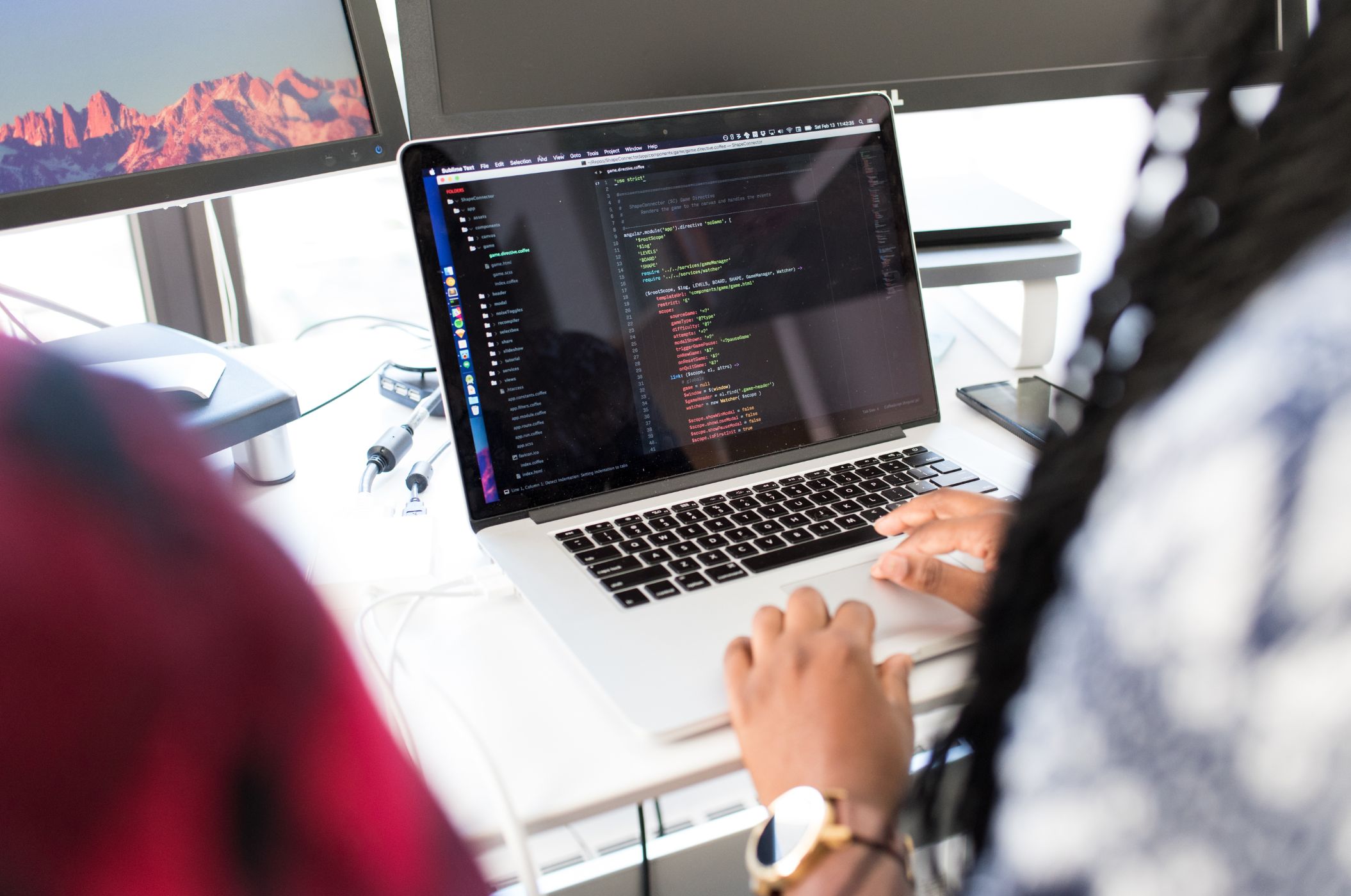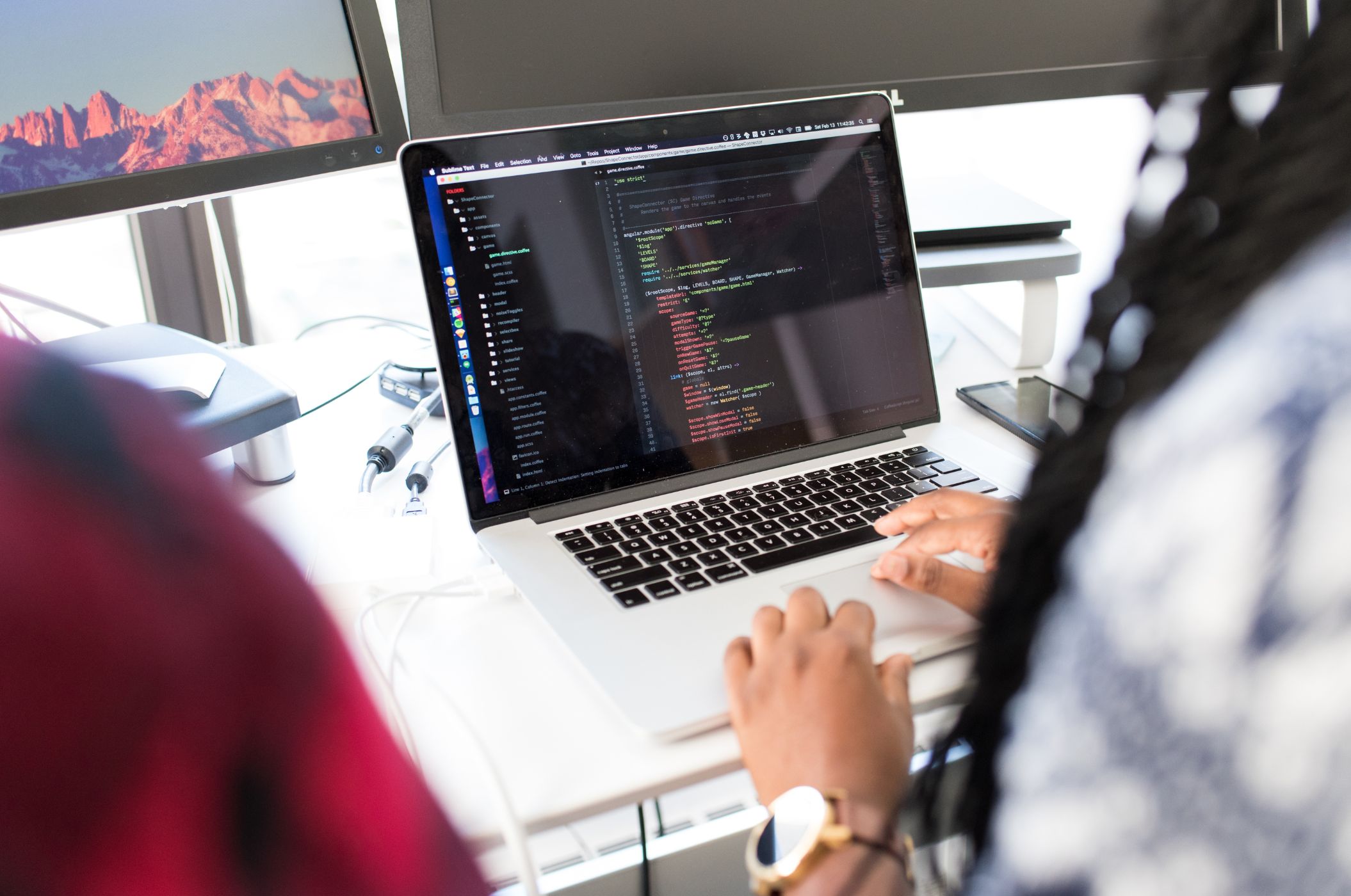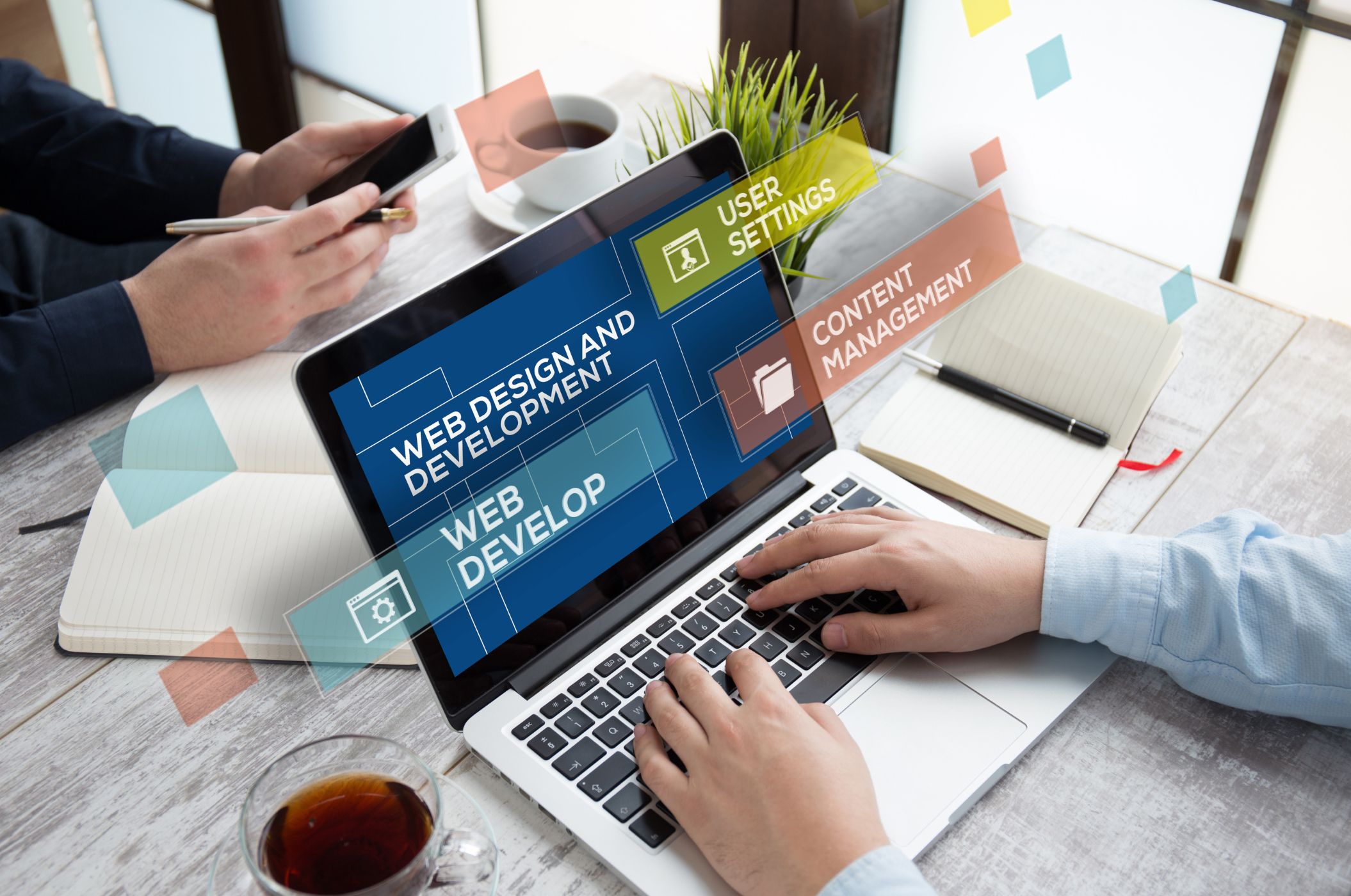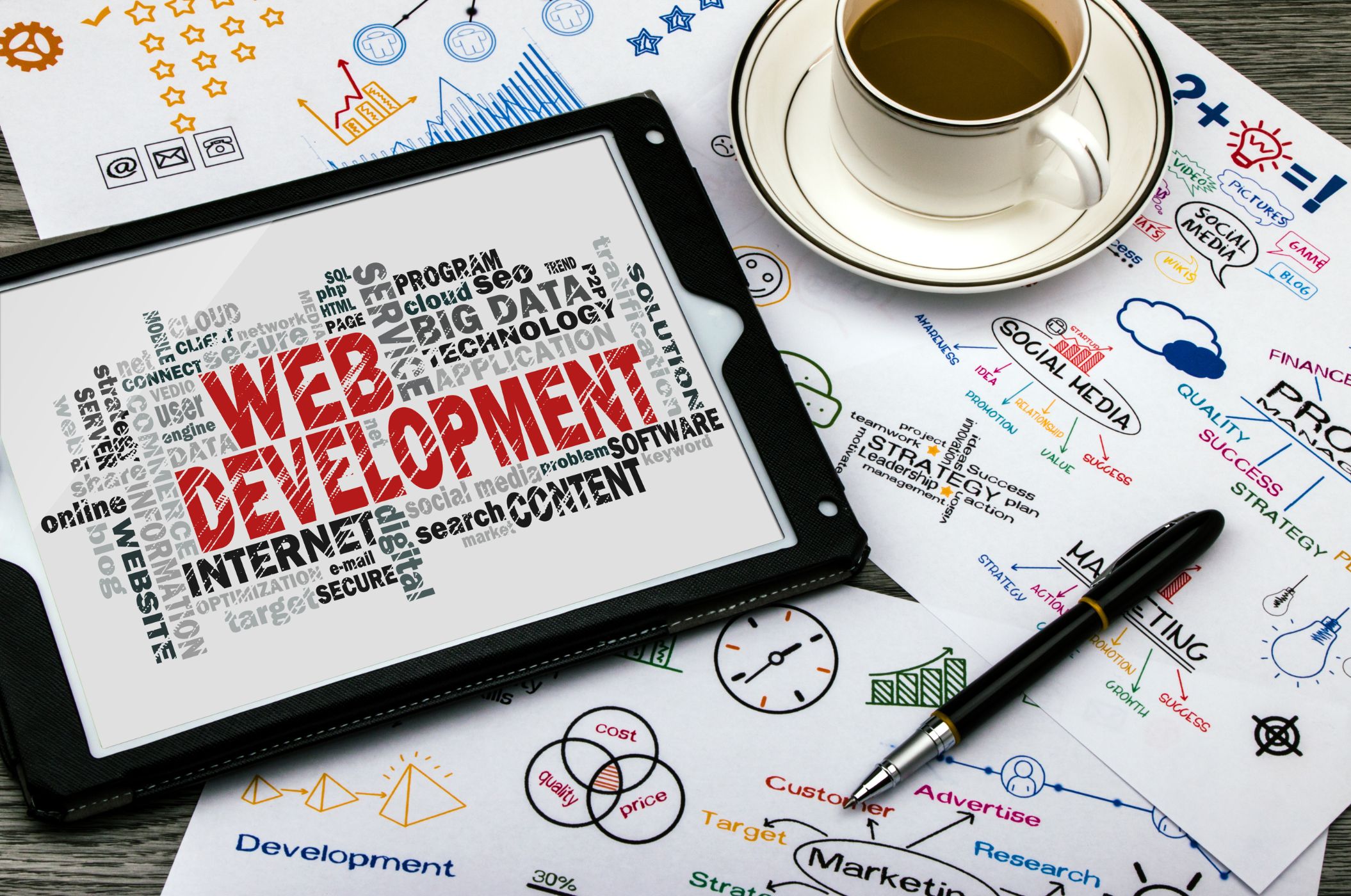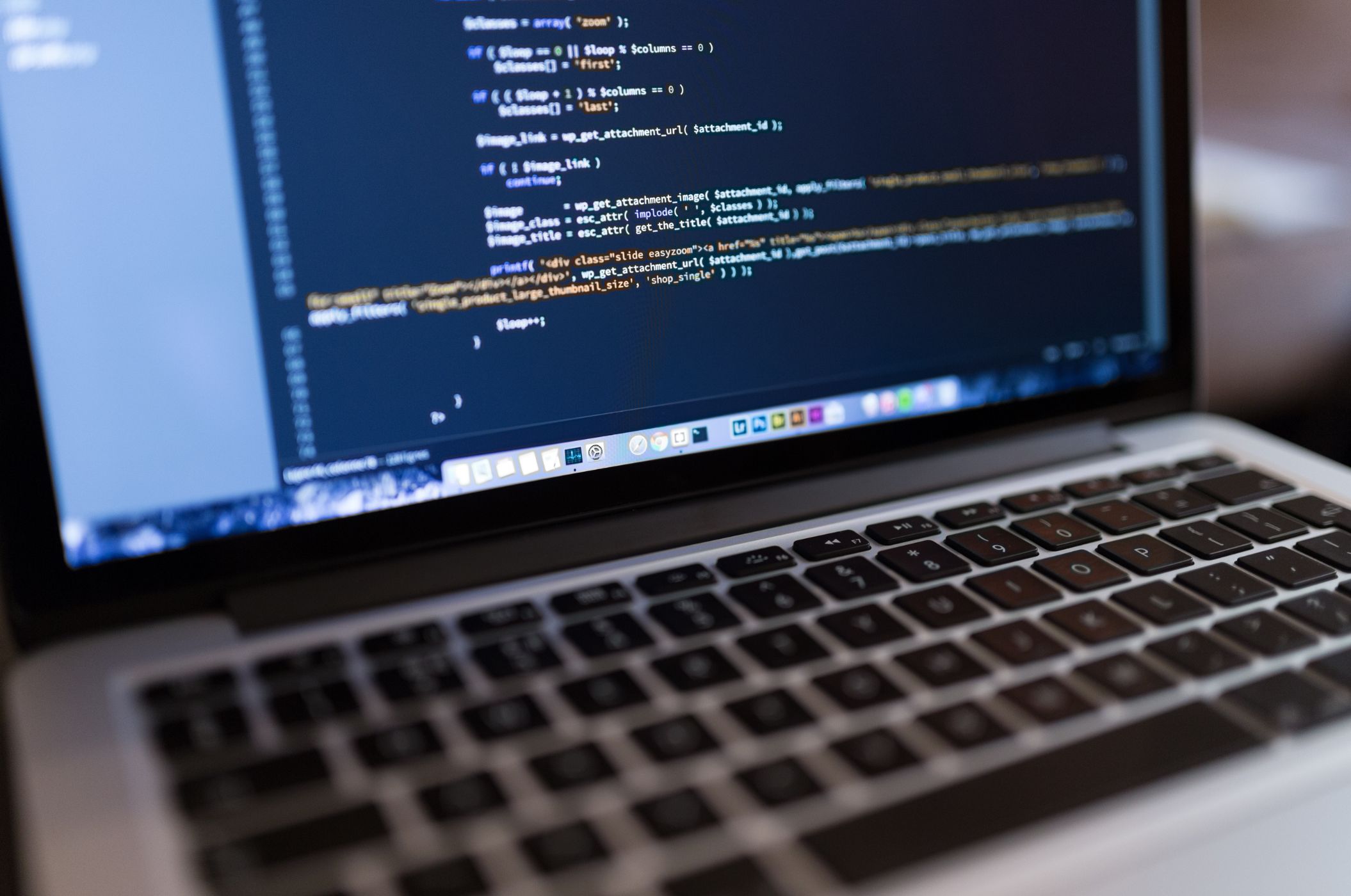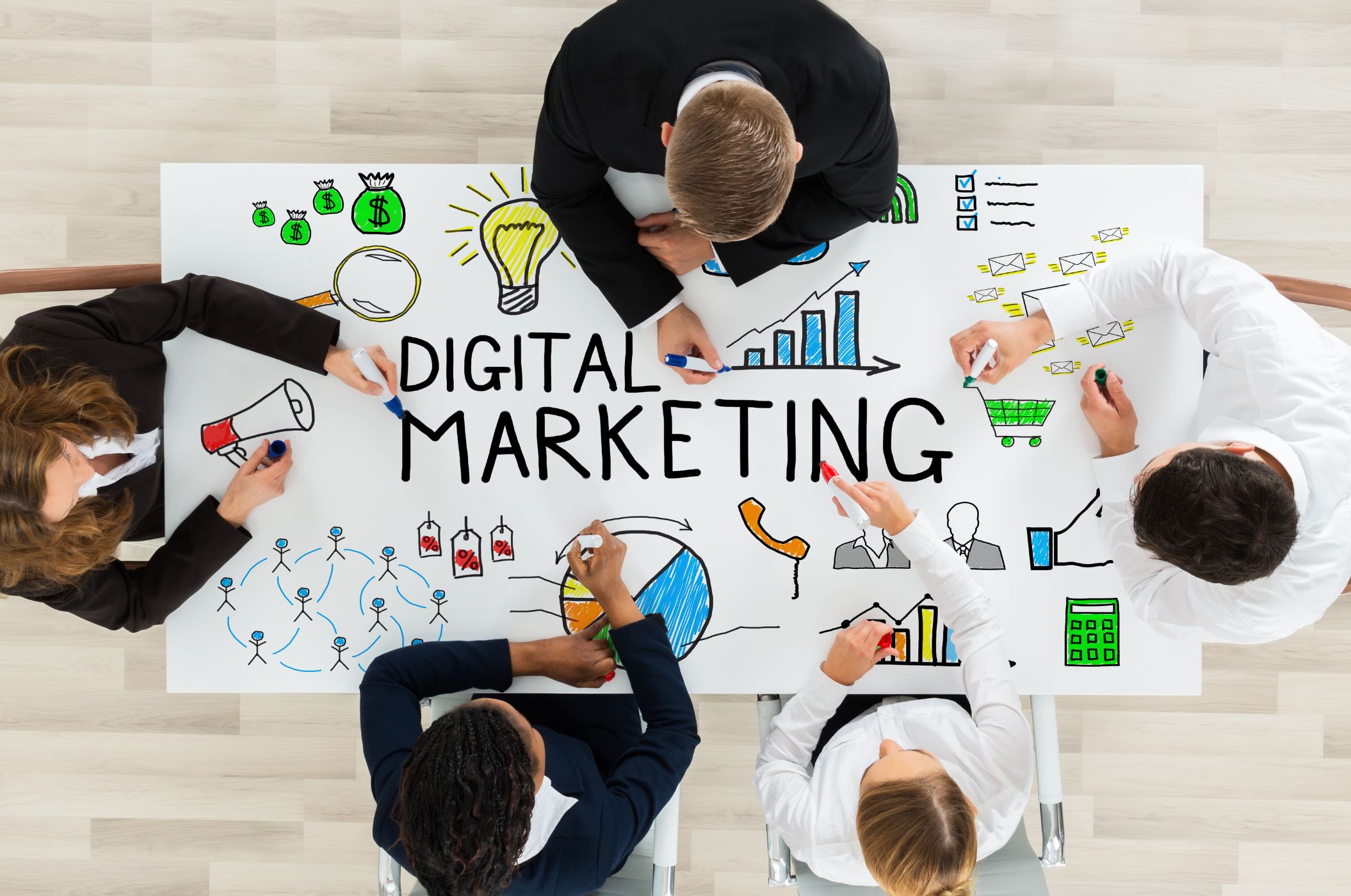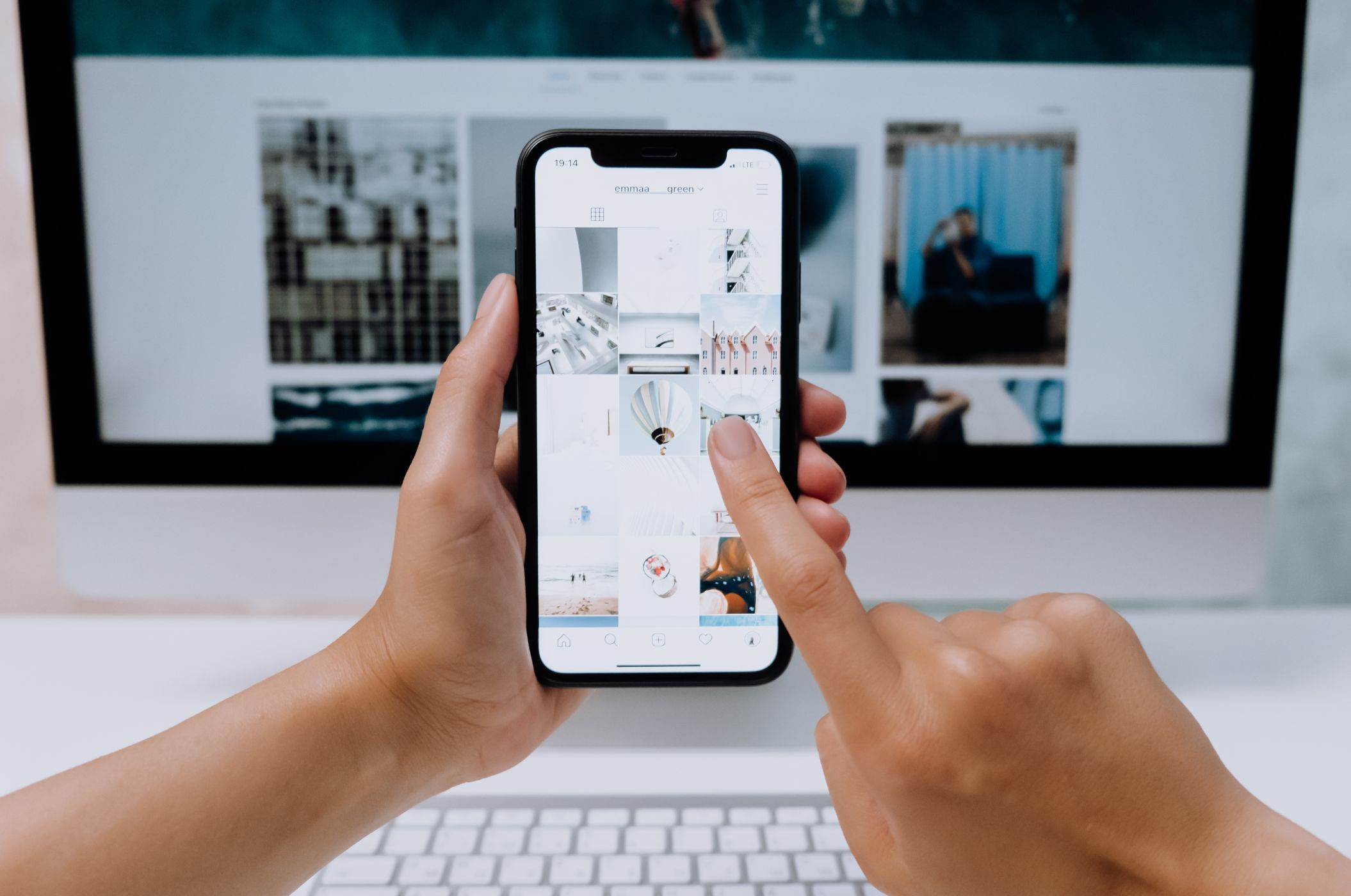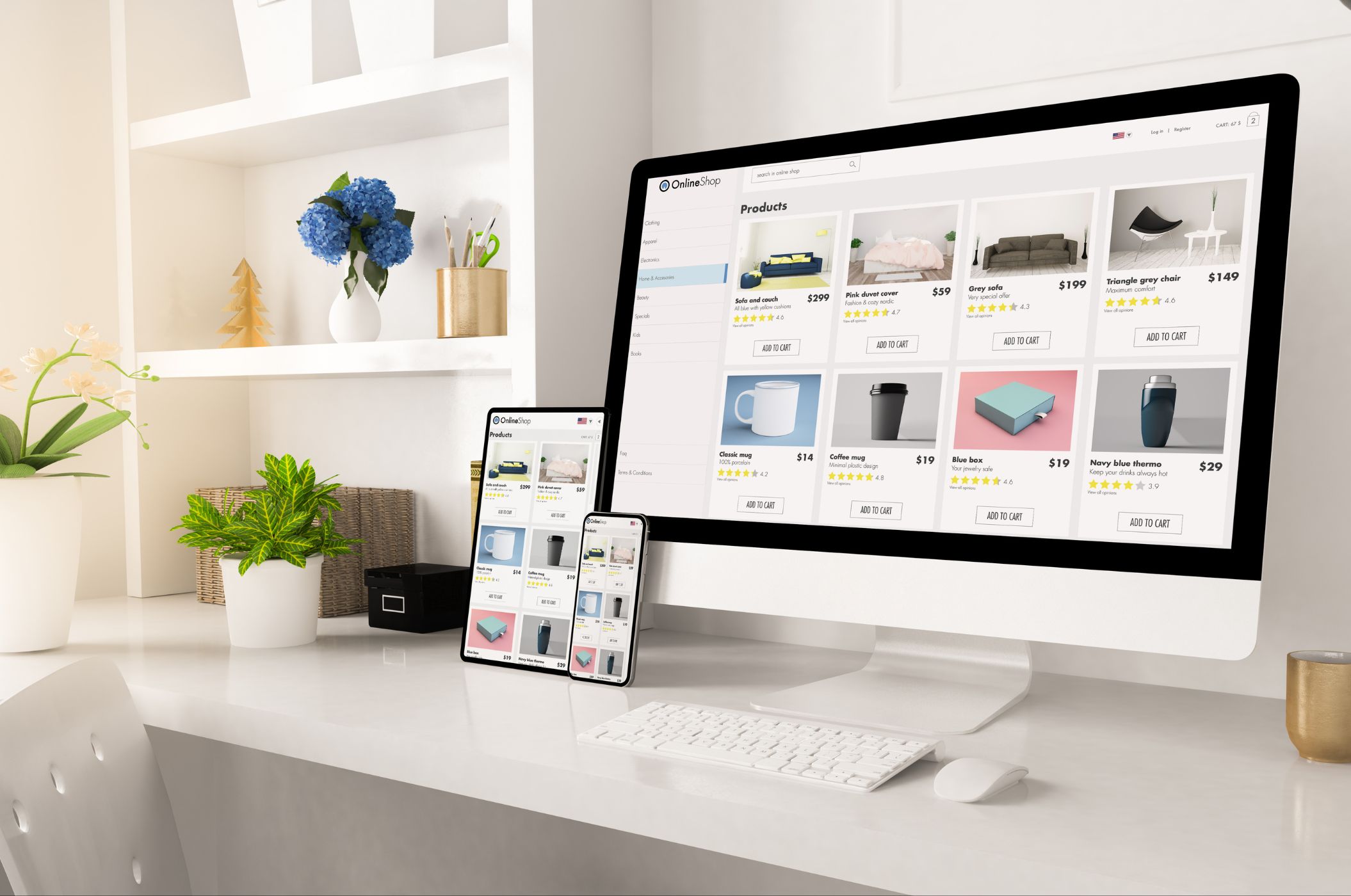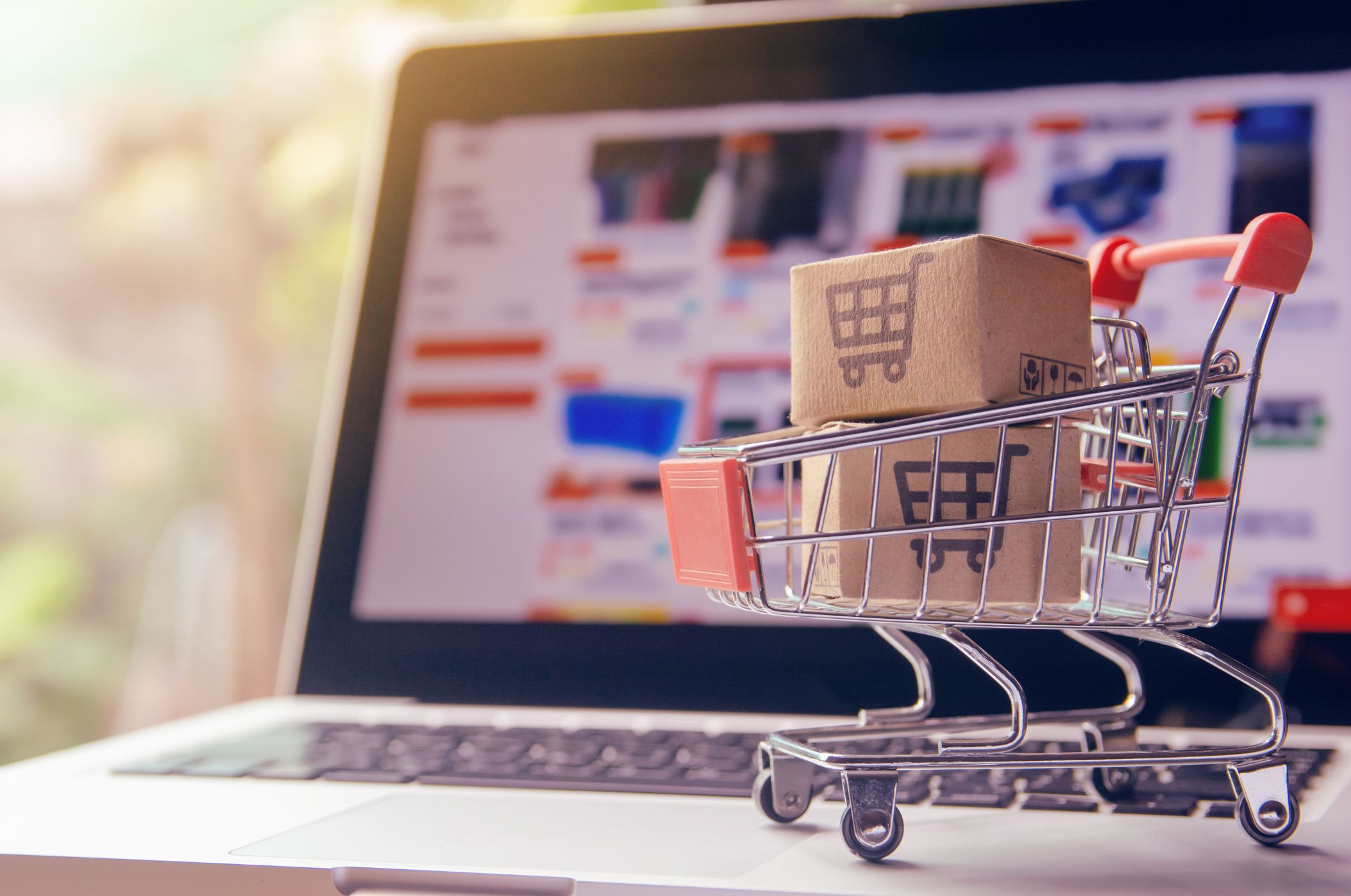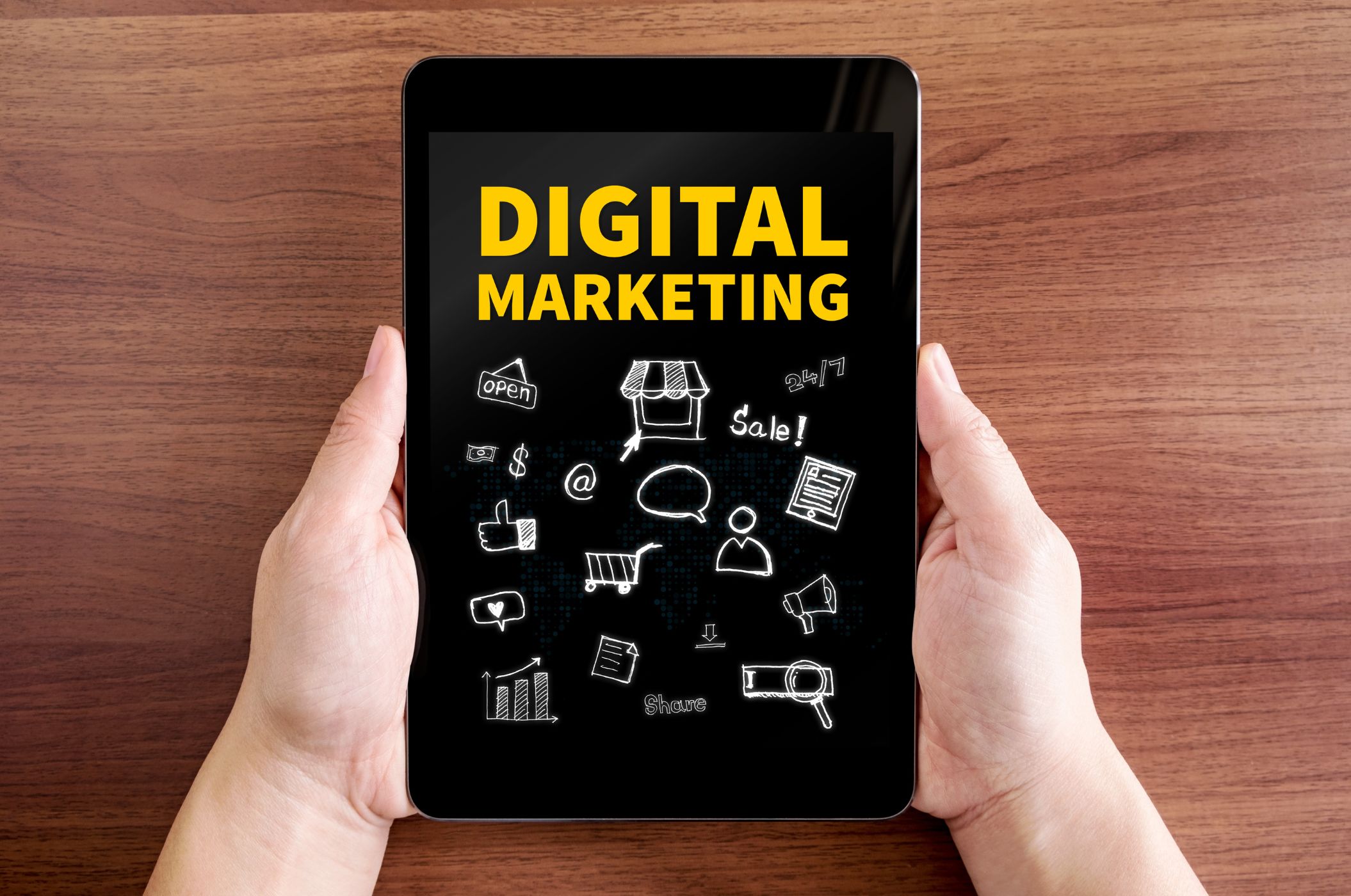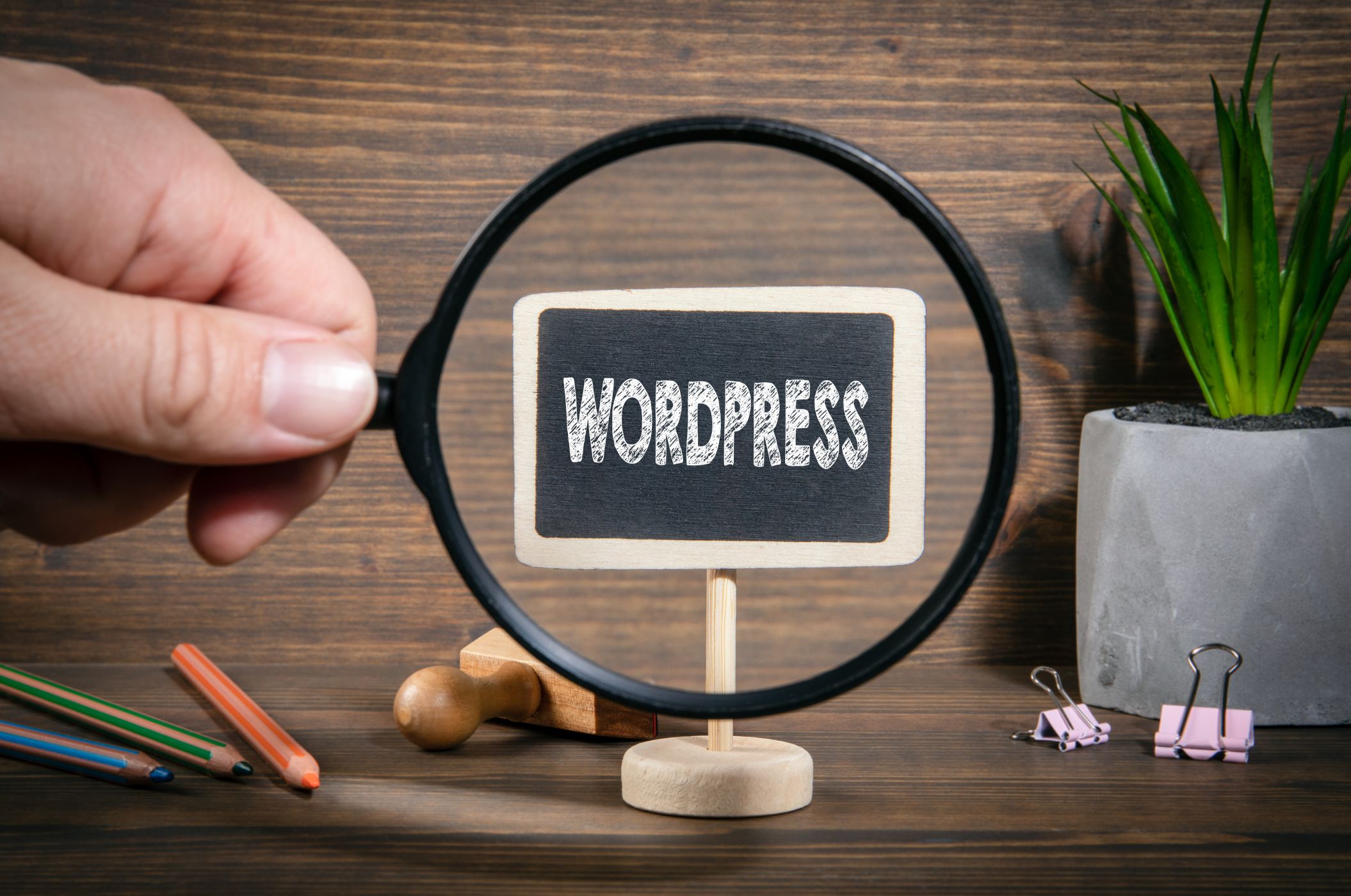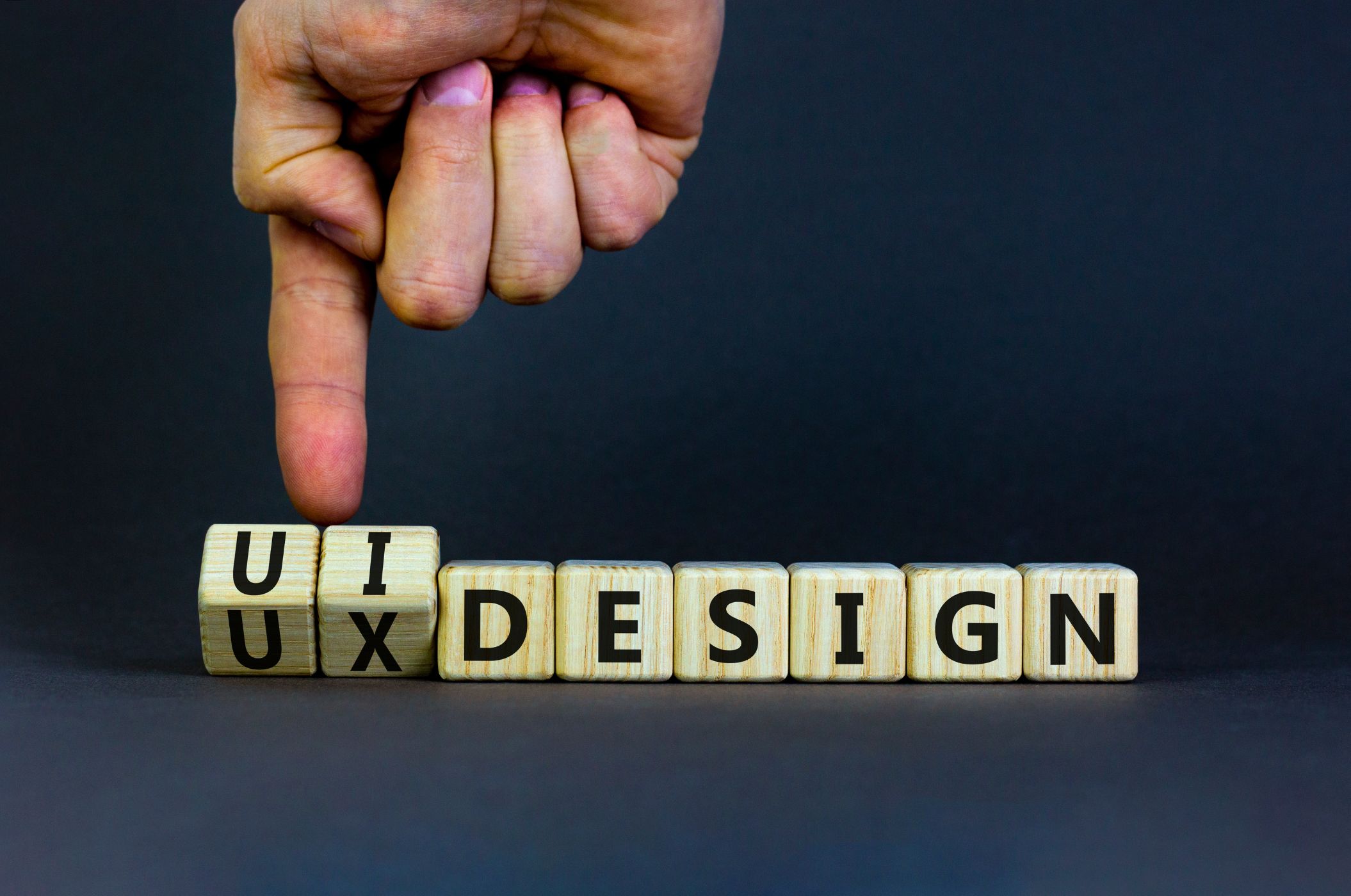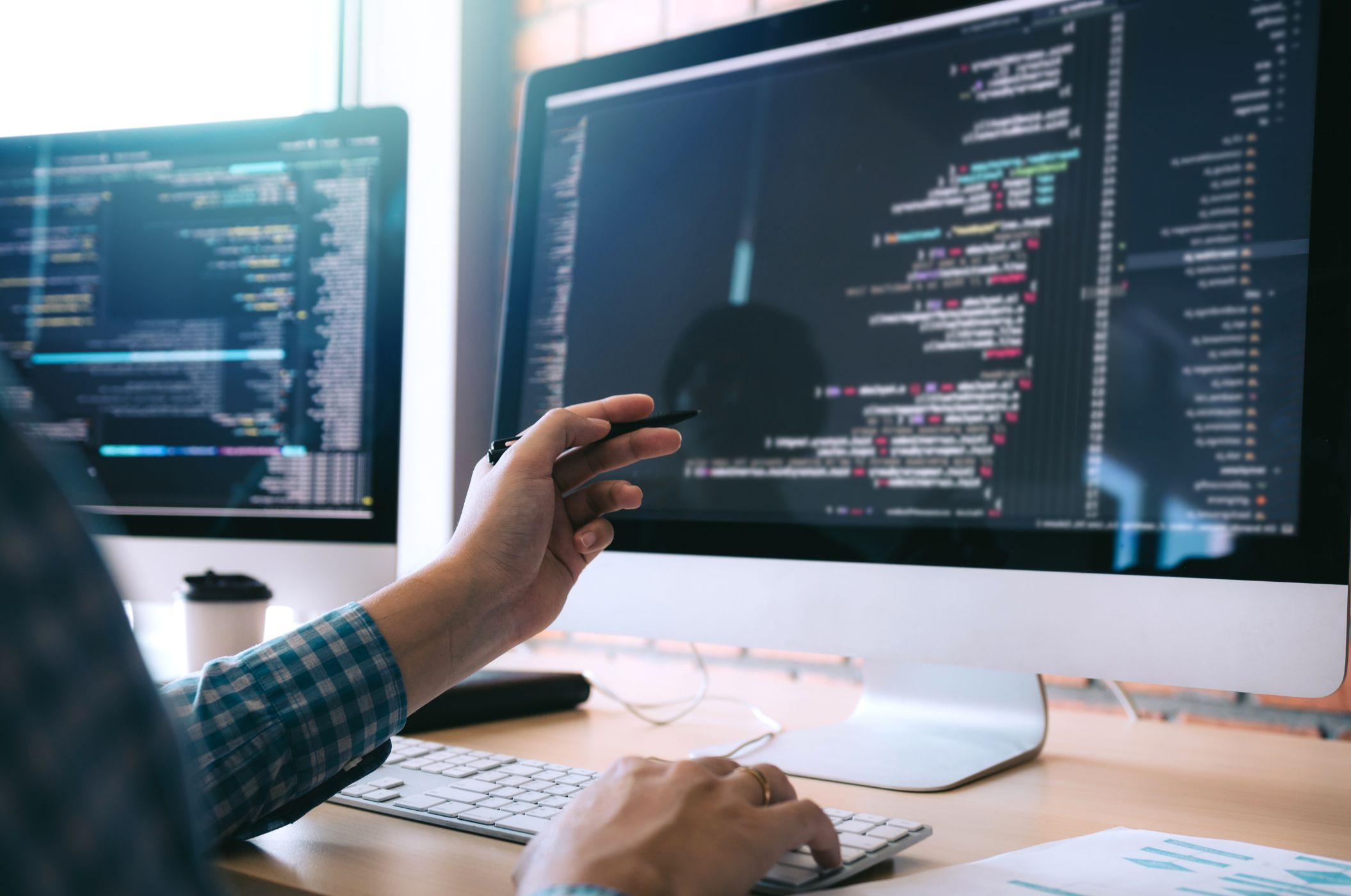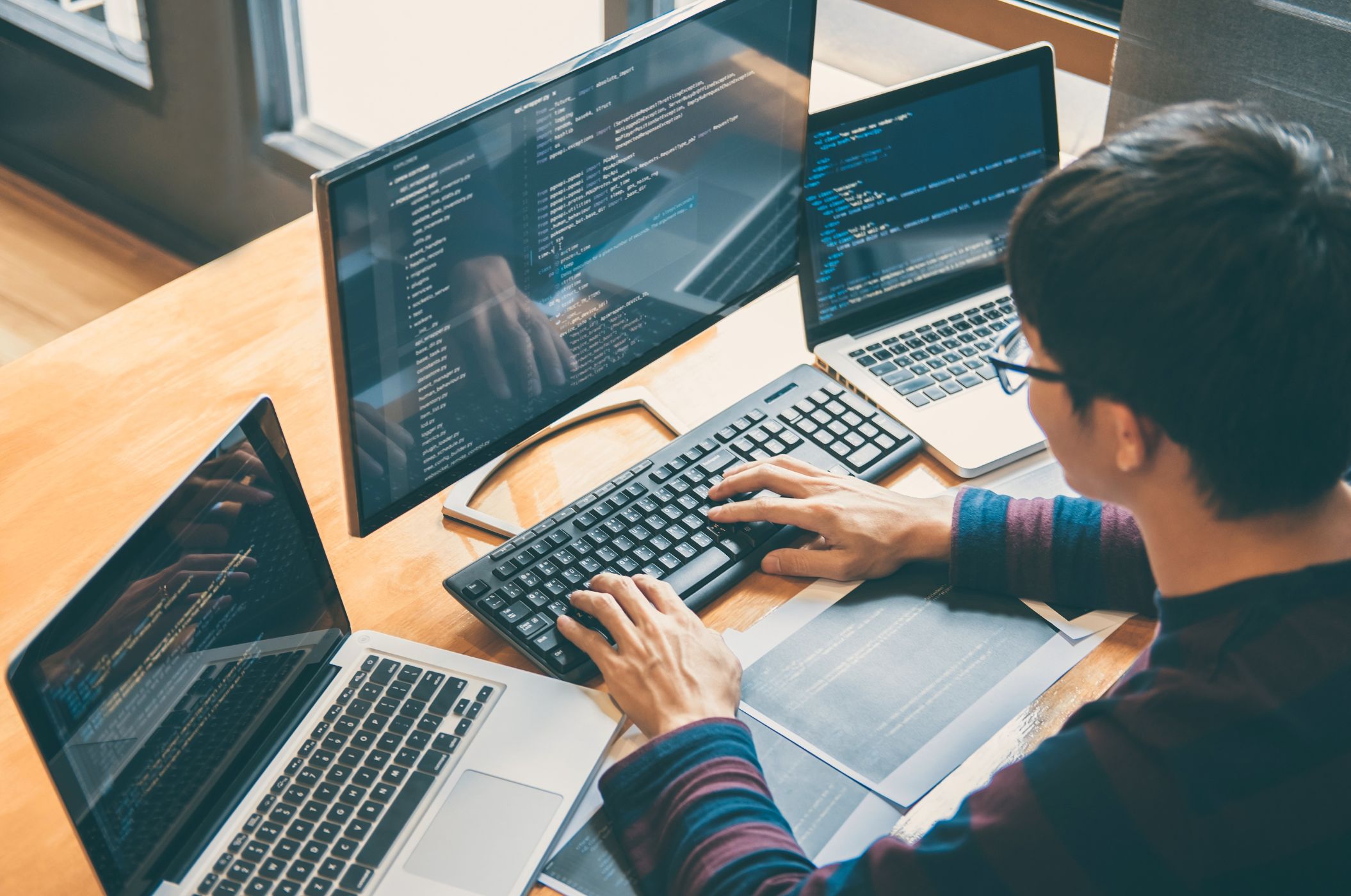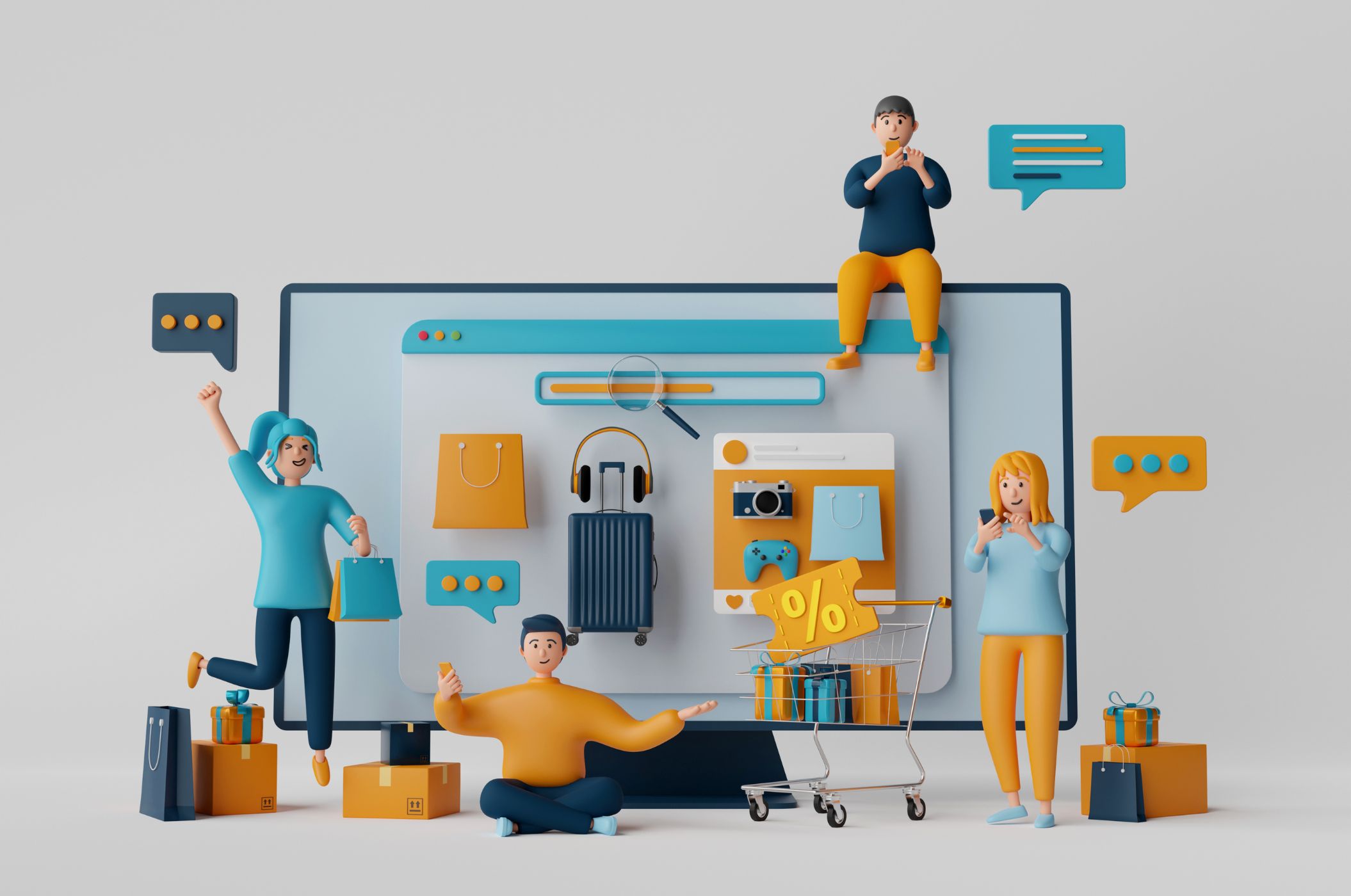Table of Content
- Who Needs a Food Delivery App?
- Key Benefits of a Food Delivery App
- Types of Food Delivery Models
- Steps to Develop Your Food Delivery App
- Essential Features of a Food Delivery App
- 1. Customer App: Allows users to browse and order. Key features include:
- 2. Restaurant (Vendor) App/Panel: For staff to manage orders. Features include:
- 3. Delivery Partner App: Used by drivers or riders to fulfill orders. Features include:
- Choosing the Right Technology Stack
- UI/UX Design: Making Ordering Delightful
- Development Challenges and Solutions
- Best Practices for Food Delivery App Development
- Cost and Timeline Estimates
- Monetization Strategies
- Key Trends to Watch
- Food Delivery App vs. Website
- Choosing a Development Partner
- How DigisoftSolution Helps You Build a High-Performance Food Delivery App
- 2. Custom Features for Every Business Model
- 3. Scalable & Future-Ready Architecture
- 4. Attractive UI/UX Designed for Engagement
- 5. Secure & Robust Backend
- 6. Faster Time to Market
- 7. Ongoing Support & App Optimization
- Conclusion
Digital Transform with Us
Please feel free to share your thoughts and we can discuss it over a cup of coffee.

The need for apps that deliver food has grown exponentially in recent times, and has changed the way people eat and the way restaurants function. The development of a reliable food ordering application can solve many issues for both businesses as well as investors. For smaller and medium-sized restaurants the use of a customized app will open new revenue channels and markets. For big chains and start-ups it provides a means to connect with loyal customers, collect information and remain ahead of the competition. This guide will cover everything from market opportunities and advantages to development processes and features, as well as costs and the best methods. It is designed to address the concerns that business owners and investors have regarding food delivery app development, and offer concrete solutions and deep insight into the various phases in the procedure.
Figure: Food delivery application development allows users to place orders with nearby eateries through a mobile or web app. The idea behind the app is easy: customers look through menus using their phones and place an order and then a driver will deliver food. But the development of such an app requires a lot of components including front-end interfaces, back-end servers payment gateways, real-time tracking and more. This technologically-driven solution responds to the demands of customers for convenience and assists restaurants in scaling their operations. According to one expert, "[food delivery app developmentis a combination of the front end design with backend technology live tracking in real time, payments systems and third-party integrations to provide a seamless experience". In a sector that is predicted to grow from 200-250 billion in 2030 the launch of a quality app could place your company in the forefront in this booming trend.
Who Needs a Food Delivery App?
Any food-related business is able to benefit from a delivery application however the reasons for this differ. For small cafes and restaurants The app provides greater coverage and affordable expansion. Instead of relying solely on customers who walk in the delivery app makes the menu available to all within the vicinity. It's a "new selling channel" will significantly increase the number of orders without the cost of a storefront. Independent restaurants often have small budgets, and a digital ordering platform can help them connect with customers that they wouldn't be able to reach. One study suggests that being on an app for delivery is "especially crucial for smaller and mid-sized eateries that want to expand their operations without huge expenditure.
For businesses of a mid-sized size (regional chains or brands that are growing) A delivery application will allow you to standardize your operations and data. Instead of managing calls at every site, a central application feeds all orders to one place, increasing efficiency and accuracy of orders. Kitchen workflow is also improved. The built-in analytics will determine which dishes are most popular or when the busiest times are. This allows managers to make informed decisions regarding inventory, staffing and promotions based upon the actual behavior of customers.
For major restaurant chains as well as food startup companies The stakes are greater. The competition from major delivery services (Uber Eats, DoorDash, etc.) is intense and commissions from third-party apps could be between 15 and 30 percent of the total order. A customized app enables the companies to hold greater profits per order as well as retain their own customer information. Additionally, it gives them the chance to be innovative with features like the loyalty program, subscriptions or partnerships (see the section below on monetization). In countries where mobile penetration is high, large chains usually discover that a significant portion clients prefer to order through apps. In the world, apps such as UberEats, DoorDash, and Meituan have the upper hand In the US, DoorDash alone owns around 65percent in the marketplace. To get a piece of that market, big companies make investments in applications that help to enhance their brand's experience by providing the same menus, offers and new features to loyal customers.
Entrepreneurs and investors also consider food delivery as an investment business opportunity. With the global food delivery services' revenue increasing quickly (e.g. an estimated $254 billion in 2030), new marketplaces and platforms are constantly emerging. An investor could back an "hyperlocal" company that specializes in food or a cloud-based kitchen system, or a specific delivery service (say healthy meals or desserts with a specific menu). It is crucial that a good app will expand quickly when demand increases. It doesn't matter if you manage restaurants, own chains or invest in the latest technology, creating an app that delivers food is a smart move to gain market share and eliminate the issue of customers who aren't served who want convenience.
Key Benefits of a Food Delivery App
A dedicated app for food delivery can solve a variety of problems. Here are a few of the most significant advantages:
- Increased reach and revenue: Delivery apps allow restaurants to connect with customers who are not in their actual place of operation. This can lead to more customers, especially when dining-in times are slower. Restaurants often see a substantial sales increase when they incorporate delivery. One report states that 60% of restaurant owners have noticed an increase in sales when they added delivery services. Tools for marketing within apps (like coupons, promotions and featured listings) could further boost orders
- New Markets for Low Investment: Small-scale businesses one of the biggest hurdles is amount of capital required to grow. Food delivery apps can lower this barrier because there is no need for another location or costly billboards to reach a wider audience. Through being able to be identified within apps, even small restaurants can be seen on customers' screens along with big chains. This has resulted in delivery technology becoming beneficial for small business owners.
- A better customer experience: Apps can provide a smooth modern and contemporary ordering procedure. Instead of putting menus on hold or answering phone calls customers browse pictures and filter them by cuisine or price, then pay by clicking a single button. Also, they get real-time functions such as live order tracking, and push notifications that keep customers engaged and lessens stress ("Where is my order?"). ?"). Mobile interfaces can store preferences address, addresses, as well as payment information to speed up payment. This helps to build loyalty. people who are satisfied will likely use the app again. In fact, many apps incorporate rewards programs for loyalty, such as points or subscriptions to reward loyal customers
- Operational Efficiency: On the dining side orders made through apps are sent directly into the kitchen's computer system. Staff do not have to write down calls or make repeat orders, which minimizes errors and improves service. Menus that are integrated make it simple to make changes to menus or inventory in real-time (e.g. when a product sells out). Some apps also provide analytics dashboards. Owners can view which products sell the best, as well as average order value and the number of orders. This information can be used to plan promotions, inventory and staffing. Some platforms also integrate with other POS systems to transfer sales.
- Competitive Advantage: Owning your own app distinguishes your business from competitors. In markets where customers expect delivery, not providing the service could cost your customers to rivals that provide it. However, features that are unique to your app (like a unique ordering interface or a branded experience) will differentiate you. Delivery apps allow restaurants to interact with their customers via feedback systems such as ratings and reviews - which can be utilized to enhance. If a brand provides an consistently excellent experience in the app and it is able to convert customers who are not regulars into loyal ones.
- Cost Control and Ownership: Contrary to third-party marketplaces with proprietary applications, a private app lets that you have control over commission costs and rules. External marketplaces cost costs (often 15% to 30% per transaction) which can eat into profits. As time passes, these charges could become an enormous burden, particularly during peak demand when platforms increase prices. Through your own application all costs (e.g. payment processing) are reduced or spread out in a different way. It also keeps control of the customer's data (order history preferences) which is valuable to market. In the long term this could lead to more profit per order as well as an improved business model.
Together, these advantages highlight the reason why companies invest in developing apps for food delivery. In the digital age an app that is tailored to your needs is often the best solution to stagnant sales, inefficient ordering and the necessity to be ahead of the curve in a rapidly changing.
Types of Food Delivery Models
Before creating an app, you must decide on which one best fits your business concept:
- Single-Restaurant Application: This app offers one specific brand (for instance a chain such as Domino's and a nearby restaurant). It allows complete control over menus as well as the experience for customers. One-restaurant apps are simpler to build (fewer features are required) and is ideal for restaurants where your brand is able to gain traction or popularity for itself.
- Multi-Vendor Marketplace: In this case, the app has several food or restaurant providers within an integrated system (like Uber Eats or DoorDash). This type of model is more complex such as the onboarding of vendors and the management of menus for every restaurant and sometimes the logistics of delivery. The benefits are that you can attract many more customers by providing a variety. It is possible to earn commissions from every sale However, operational costs and development costs are more costly.
- Aggregator: It's similar to a marketplace but the emphasis is on connecting delivery drivers with orders, perhaps without taking care of the order itself. Consider apps that transfer orders between customers several restaurants, as well as the fleet of driver.
- Ghost Kitchen Ghost Kitchen Cloud Kitchen: This is an emerging field in which restaurants have delivery-only kitchens, which do not require eating-in. Ghost kitchen apps can comprise multiple virtual brands operating from a single location. The main challenge in developing these apps is to ensure that orders are routed properly to the correct kitchen. This may require special connections to kitchen control systems.
- Specialized or hybrid apps: Certain apps are focused on specific niches - e.g. exclusive desserts, dietary restrictions or large orders. Other options could be part of an loyalty or super-app strategy, combining food with other services.
Each model comes with its own set of needs. For example an app that is multi-vendor requires an efficient administrative dashboard for restaurants that can manage menus and orders across different locations. One restaurant app could not have all that complexness, but could include loyalty-related features in large quantities. The method of development and the features are contingent upon this decision.
Steps to Develop Your Food Delivery App
Building a food delivery app involves several phases. A typical process includes:
- Define Goals and Features: First, identify your target users and business objectives. Are you building for local customers of a single eatery, or for nationwide users on a marketplace? Decide the type of app (see above) and list its must-have features. For example, common features include restaurant search, menu browsing, secure payments, and real-time order tracking. This planning phase clarifies technical needs and project scope.
- Design Wireframes and User Flow: Sketch or wireframe the app’s screens to outline how users will navigate. This is the blueprint for user experience. Good wireframes address questions like “How does a customer add items to cart?” or “How does a driver accept an order?” Investing time in clean user flows reduces confusion later and ensures designers and developers understand the vision.
- Choose the Tech Stack: Select programming frameworks and tools for each part of the app. Many developers opt for cross-platform front-end tools like React Native or Flutter to build both Android and iOS versions efficiently 17. For the back end, options include Node.js, Django, or other frameworks that can handle real-time features. You’ll also pick databases (e.g. MongoDB, PostgreSQL) and third-party APIs (like Google Maps for geolocation or Stripe/PayPal for payments). The tech choice affects performance, scalability, and cost, so align it with your needs (high performance vs. quick development, etc.).
- Develop the UI/UX: With wireframes and branding in hand, designers build the visual interface. This means choosing color schemes, fonts, buttons, and animations that match your brand. The goal is a clean, intuitive interface where placing an order is as easy as a few taps. A good UI/UX prevents user frustration and reduces cart abandonment. (We’ll return to UI/UX best practices below.)
- Build Front End and Back End: Now developers write the actual code. Front-end developers implement the screens, navigation, and user interactions on mobile (and perhaps a web portal). Back-end developers set up the server, APIs, and database. The two sides communicate to handle user accounts, order processing, menu storage, etc. Critical integrations happen now: payment gateways, map services, notifications, SMS, etc. It’s vital to ensure secure communications (e.g. encrypted payments) and that all components connect properly.
- Testing (Quality Assurance): Before launch, rigorously test the app. Software testing ensures each button and feature works as intended. Performance and load testing check that the app can handle many users at once (especially during peak times). Cross-device testing verifies consistent behavior on different screen sizes and OS versions. User testing (even with a small focus group) can catch usability issues. Fix bugs and polish the app’s speed and reliability. Remember that even minor glitches in an ordering process can cost customers quickly.
- Deployment and Launch: Once QA is complete, release the app on the App Store and Google Play (and/or web hosts). A “soft launch” with limited users can gather real-world feedback. Set up analytics tracking (e.g. via Firebase) from day one to monitor user behavior. Collect data on downloads, session times, drop-offs, and early bug reports. Post-launch, be prepared to update the app regularly: address any issues and add improvements or new features in response to user feedback.
Throughout these steps, communication and planning are key. Whether you work with an in-house team or hire a development company, keep requirements clear and break work into manageable sprints. The process above is common to most high-quality builds. By following these phases, you ensure a systematic approach rather than coding in an ad-hoc way.
Essential Features of a Food Delivery App
A robust food delivery app has three primary user-facing panels: customers, restaurants, and delivery partners. Each panel has its own features:
1. Customer App: Allows users to browse and order. Key features include:
- User registration and profiles (signup via email, phone, or social login
- Menu browsing and search filters by cuisine, price, diet, ratings, etc. (Ease of finding the right restaurant or dish).
- Order tracking in real time (show status from preparation to delivered, with GPS tracking).
- Multiple payment options (credit/debit cards, wallets, UPI, net banking, cash-on-delivery, etc.)
- Ratings and reviews for restaurants and meals
- Favorites, wishlists, and order history so users can quickly reorder previous meals.
- Promotions, coupons, and loyalty rewards (to encourage orders and engagement).
- Push notifications about order status and new offers.
- In-app support or chat (so customers can contact support or even chat with delivery personnel).
- Delivery ETA display (estimated arrival time)
- Personalized recommendations using AI (suggest dishes or restaurants based on past orders)
2. Restaurant (Vendor) App/Panel: For staff to manage orders. Features include:
- Order management dashboard: Accept, reject, prepare, and update orders in real time
- Menu and inventory editing (add or remove dishes, update prices, mark items as sold out)
- Reporting and analytics (view sales data, peak hours, best-selling items).
- Promotions and discounts (set up deals or coupons to attract customers).
- Notifications for new orders (ensuring no order is missed).
- Order status updates (mark orders as prepared, ready for pickup, delayed, etc.).
- POS integration (sync with existing point-of-sale systems for seamless accounting).
- Multi-location management (if a chain, manage all outlets from one dashboard)
- Customer feedback access (see ratings and respond to customer comments).
3. Delivery Partner App: Used by drivers or riders to fulfill orders. Features include:
- Real-time order assignment (new nearby deliveries are pushed to available drivers).
- GPS navigation (turn-by-turn directions within the app to the restaurant and then to the customer).
- Route optimization (suggest the fastest route or handle multiple pickups/deliveries efficiently).
- Order status updates (drivers mark orders as picked up, in transit, or delivered).
- Earnings dashboard (drivers track their daily/weekly income and bonuses).
- Incentives tracking (view any active bonuses or promotional incentives)
- Availability management (set shifts or available hours, accept/reject orders).
- In-app communication (contact customers or support to clarify instructions).
- Delivery history (see past deliveries and performance stats).
These features ensure each stakeholder (customer, restaurant, driver) has what they need. When planning your app, start with the Minimum Viable Product (MVP): perhaps basic menus, ordering, and payments first. Then add enhancements like chat support, advanced analytics, or AI recommendations in future versions.
It’s critical that core processes – placing an order, receiving a notification, and tracking delivery – are smooth and bug-free. Additional features (like ratings, favorites, push notifications) improve engagement but should never interrupt the checkout flow. As Appinventiv notes, an effective food delivery app must “operate three harmonized panels” so that customers, restaurants, and drivers all “engage and grow well” together.
Choosing the Right Technology Stack
The tech stack you choose will shape development speed, performance, and maintainability. Common recommendations include:
- Mobile Frameworks: For cross-platform development, frameworks like React Native or Flutter are popular. React Native (JavaScript/TypeScript) lets you build iOS and Android apps from one codebase, saving time and cost. Flutter (Dart) also supports rapid development and offers highly customizable UI components. Both produce near-native performance. Native development (Swift for iOS, Kotlin/Java for Android) can yield the best performance but requires separate teams for each platform (higher cost).
- Back-End and APIs: On the server side, developers often use Node.js (JavaScript runtime) or Django (Python) to build the application logic and APIs. These frameworks handle user accounts, orders, restaurant data, etc. Node.js is known for handling real-time updates well (useful for live order tracking), while Django offers a quick setup with built-in admin tools.
- Databases: Databases like MongoDB (NoSQL) or PostgreSQL (SQL) are common choices. MongoDB’s flexible schema can be convenient for evolving data (menus, user info, transactions), whereas PostgreSQL provides strong data integrity (useful for financial records). The choice often depends on developer expertise and data needs.
- Third-Party Services: Real-time maps and tracking usually use the Google Maps API (or alternatives like Mapbox). Payment integration uses services like Stripe, PayPal, or Square, chosen for reliability and PCI compliance. Push notifications might use Firebase Cloud Messaging or OneSignal. Analytics can be added with Firebase Analytics or similar tools. All these external APIs must be well-integrated to provide a smooth experience
- Infrastructure: Cloud services (AWS, Google Cloud, Azure) are preferred for scalability. Using microservices or containerization (Docker) helps as your user base grows; it allows different components to scale independently. For example, you might run the ordering service on one set of servers and a separate instance for analytics, enabling you to handle sudden spikes (e.g. lunchtime rush) without crashing the whole app.
- Security Tools: It’s crucial to use secure protocols (HTTPS, encryption for data at rest, etc.) and follow best practices (PCI-DSS compliance for payments) to build user trust. Consider two-factor authentication and regular security audits as part of your tech stack.
The infographic below summarizes key tech stack choices in visual form:
Figure: Popular technologies for food delivery app development include React Native or Flutter for cross-platform front-ends, Node.js or Django for back-end services, and MongoDB or PostgreSQL for databases.
Choosing the right stack is about balancing speed, cost, and capability. Cross-platform frameworks can cut development time (by 30–50% compared to building two native apps, while a solid back end ensures you can add features later. If you expect rapid growth, pick scalable databases and host on cloud infrastructure. If budget is tight, outsourcing development to regions with lower hourly rates (e.g. Asia) can save costs while still delivering quality.
UI/UX Design: Making Ordering Delightful
User interface (UI) and experience (UX) design can make or break your app. A clean, intuitive design keeps customers ordering without frustration. Key UI/UX practices include: designing simple navigation, using high-contrast readable fonts, and minimizing steps from browsing to checkout. For example, ensure the Add to Cart and Checkout buttons are always visible and accessible. Include progress indicators (e.g. a timeline showing order status) to reassure users. Use ample food images – apps like UberEats rely on mouth-watering photos to entice orders.
Good UI/UX design also means supporting fast loading. Optimize images and assets, and avoid unnecessary animations that slow down the app. Remember that hungry customers are impatient! Tools like lazy loading and caching can improve speed. Since the customer journey includes critical steps like payments, design those screens for clarity: show a summary of the order, an obvious total price (including any delivery fee), and reassuring security icons on payment screens.
Finally, don’t ignore design consistency. Your brand colors, logos, and style should flow through the app to build trust. A consistent theme from app icon to menu background assures users they’re in the right place. Designers often prototype and test multiple UI variations. Small details – like highlighting the current location on a map or animating the delivery scooter when an order is out for delivery – can make the experience polished and engaging.
Figure: A sample food-ordering interface (here, a burger menu) illustrates how an app can present items, prices, and order controls in a user-friendly way. Ensuring this kind of interface is smooth and attractive is critical. Good UX leads to higher retention: “a clean and intuitive interface makes it easy for users to browse menus, place orders, and track deliveries without confusion or delays”. In practice, we’ve seen that better UX directly increases repeat orders and reduces customer support requests (fewer frustrated calls).
Development Challenges and Solutions
Developing a food delivery app is complex, and several common challenges must be addressed. The diagram below highlights four major hurdles and recommended solutions:
Figure: Key challenges in food delivery app development (competition, user experience, security, scalability) and strategies to overcome them.
- Fierce Market Competition: The delivery space is crowded with big players (Uber Eats, DoorDash, etc.) and new startups daily. A new app risks being invisible without a unique value proposition. Solution: Differentiate your app. Target an underserved niche or offer something special – healthier options, support for local businesses, or eco-friendly delivery choices. Invest in branding so users recognize and remember your app. Even simple elements like a clever app name or outstanding customer service can help build loyalty in a competitive market.
- Providing a Smooth User Interface: Slow loading times, confusing layouts, or too many steps can drive users away. Because food ordering is a time-sensitive task, the app must be fast and intuitive. Solution: Design for speed and simplicity. Prioritize optimizing performance (minimize app size, optimize images) and usability (flatten the menu hierarchy, so customers find what they want in 1–2 taps). Enhancements like autocomplete for search, AI-based recommendations on the homepage, or saving recent orders can streamline the process. The key is reducing friction: make ordering so easy that users don’t even think about the app – they just crave the food.
- Security and Payment Fraud: Payment processing involves sensitive customer data. Any breach could destroy trust overnight. Solution: Use strong encryption and PCI-DSS-compliant payment gateways to handle transactions. Implement tokenization for card details, so you never store raw card numbers on your servers. Consider two-factor authentication on critical actions. To detect fraud, you can use AI-driven monitoring tools that flag unusual transactions early. Clear privacy policies and visible security badges in the app will reassure users. With robust security, you build confidence that their data (and food orders!) are safe.
- Scaling Infrastructure with Growth: An app might work fine with 100 users but fail when thousands flood it (say, during lunch rush or after a big promotion). Solution: Design a scalable architecture from the start. Use cloud services that let you add more servers on demand. Employ a microservices design where features are decoupled (e.g., order service, user service, notification service). This way, a spike in orders won’t crash the user account system. Regular stress testing before launch can identify weak points. The goal is to remain reliable under load; if the app crashes when orders surge, customers will abandon it. Instead, build in auto-scaling and load balancers so performance stays smooth even at peak times.
By proactively addressing these issues, you solve problems before they happen. The image above neatly summarizes these challenges and solutions. In practice, an experienced development partner will know these pitfalls and plan accordingly – for example, by caching API responses, integrating CDN for media, and adhering to app store guidelines.
Best Practices for Food Delivery App Development
Following established best practices ensures your app is stable, efficient, and user-friendly. Key guidelines include:
- Design a clean, user-friendly interface: Avoid clutter. Use large, tappable buttons, clear fonts, and high-quality food photos. Organize menus logically (e.g. by cuisine or meal type) and make key actions (Order, Checkout). A good UI reduces confusion and improves order completion rates.
- Build a scalable backend: Use cloud infrastructure (AWS, GCP, Azure) and scalable databases so the app can handle growth. Implement caching (Redis, CDN) to speed up data retrieval. Break your system into microservices if. This way, high traffic in one area (e.g. order processing) doesn’t slow down everything.
- Ensure fast load times: Slow apps frustrate hungry users. Optimize images (compress them), lazy-load menu items, and minimize unnecessary animations or large libraries that bloat the. Pre-fetch data where it helps (e.g. load the next page of restaurants before the user scrolls). Keep API responses small and efficient.
- Offer real-time order tracking: This is a must-have feature. Users should see a live map or status updates as the restaurant prepares the order and when the driver is en route. This transparency reduces customer anxiety and support requests. Integrate GPS tracking and update order status in the UI frequently
- Use secure payment gateways: Integrate trusted processors like Stripe, PayPal, Apple Pay, or Google Pay. Ensure encryption (HTTPS everywhere) and compliance with payment security standards. Display security logos or certificates on checkout screens to reassure users. Test payment flows thoroughly.
- Run thorough cross-device testing: Test the app on multiple phones/tablets (various screen sizes) and OS versions. Include lower-end devices in testing to ensure performance. Bugs often only appear on certain devices, so the wider the test coverage, the better. Also test under different network conditions (slow 3G vs fast Wi-Fi).
- Provide timely customer support: Since food delivery is time-sensitive, your support must be responsive. In-app chatbots, live chat, or quick support tickets can help solve order issues (wrong item, late delivery, etc.). An FAQ section or chatbot for common questions can defuse many problems. Good support is part of the product: it keeps customers trusting your service.
Figure: Key best practices for a high-quality food delivery app include clean UI design, a scalable backend, fast load times, real-time tracking, secure payments, thorough testing, and reliable customer support.
Incorporating these practices helps solve potential problems early. For instance, fast load times and UX testing directly address the issue of users abandoning slow or confusing apps. Likewise, a scalable backend solves the problem of crashes under load. Implementing these from the start greatly increases the app’s chances of success.
Cost and Timeline Estimates
Understanding the investment needed is crucial for planning. Development cost varies widely based on features, complexity, and development location. Here are some general figures from industry reports and expert surveys:
- Basic App (Single Platform): A minimal food delivery app (perhaps a single-restaurant app with basic menus, cart, and payment) often starts around $15,000–$50,000. This covers core customer app, restaurant panel, and simple delivery logic.
- Standard App (Cross-Platform): More typical multi-platform apps (both iOS and Android) with multi-vendor capabilities, order tracking, and refined UI can be $20,000–$80,000.
- Advanced Platform: A full-scale, feature-rich marketplace (multiple vendors, advanced analytics, loyalty programs, etc.) can run into the six figures. Experts cite $120,000 or more for complex, bespoke solutions. A very high-end app rivaling DoorDash in functionality might be $200k+.
- Regional Variance: Development costs also depend on where your team is located. U.S. and Western Europe agencies charge $100–$150 per hour, so apps built here cost more. Outsourcing to Asia (India, Philippines) can cut those costs significantly, often by half, while still providing skilled developers. Latin America offers a middle ground.
- Ongoing Costs: Don’t forget post-launch expenses: server hosting, payment gateway fees, app store fees, and ongoing maintenance. These can add up annually.
As for timeline:
- MVP or Simple App: A very basic app might be developed in 2–3 months if you have clear requirements and a focused scope. This would be a single-vendor app with minimal UI polish.
- Standard App: Expect about 4–6 months for a full-featured app with both customer and restaurant apps, plus admin panel. This timeline includes design, development, and testing. If you add both iOS and Android, it may extend to 6–8 months.
- Complex Platform: Large, multi-vendor apps or those with custom integrations can take 8–12 months or more. This includes building a robust backend, thorough QA, and possibly multiple launch phases.
- Accelerators: Using pre-built modules or frameworks can shorten time. Also, agile development (iterating in sprints) helps launch a working version earlier and add features later.
In summary, planning for a development budget of anywhere from ~$15,000 (simple) to $100,000+ (complex), and a schedule of 3–9 months is realistic. Of course, actual numbers depend on exactly what features you include. Choosing a reputable development partner can help control costs by preventing wasted effort and ensuring the right features are built first.
Monetization Strategies
If you’re building or investing in a food delivery platform, think about how it will generate revenue. Common monetization methods include:
- Restaurant Commission: Charging restaurants a percentage of each order (e.g. 10–30%) is standard in marketplace models. This aligns your interests (you only earn when restaurants sell more) and motivates marketing efforts. Be aware that high commissions can deter restaurant partners (and governments have capped them in some cities).
- Delivery Fees: Customers pay a delivery fee per order, which can vary by distance, order size, or time of day. You might offer free delivery promotions to boost adoption.
- Subscription Plans: Offer customers (or even restaurants) subscription tiers. For example, a monthly fee could include unlimited free delivery, priority support, or marketing credits. This creates steady income and customer loyalty.
- Featured Listings / Advertising: Restaurants pay extra to appear at the top of search results or on promotional banners within the app. This ad-like revenue can be significant in densely competitive marketplaces.
- In-App Advertising & Partnerships: Display ads from local businesses or partner brands (beverages, desserts, etc.) in non-intrusive ways. Or integrate with retail/grocery partners for cross-selling. The app could suggest add-ons (e.g. “Add a drink for $2” with a percentage back to you).
- Your Own Offerings (Virtual Kitchens): If you run cloud kitchens, you can list your own delivery brands exclusively on your app. Since you cut out middlemen, margins can be higher, and you control costs entirely.
- Value-Added Services: Charge a nominal fee for express delivery, premium customer support, or order insurance (compensating for cold/damaged food).
Choosing the right mix depends on your market and strategy. For small restaurants launching their own app, commission models are moot – their benefit is to keep 100% of order value (minus payment fees). But for multi-restaurant apps or chains, these strategies are how the platform pays for itself.
Key Trends to Watch
Food delivery technology is always evolving. Keeping up with trends can help your app stand out:
- AI Personalization: Using machine learning to recommend dishes or restaurants based on past orders and preferences. Personalized suggestions can increase average order size and user engagement.
- Ghost Kitchens: Delivery-only kitchens allow restaurants to expand virtually. Apps may include features for managing multiple virtual menus or optimizing deliveries between kitchens.
- Green Delivery: Offering eco-friendly options (electric bikes, carbon offsets) appeals to environmentally conscious users.
- Voice Ordering: Integrating with smart assistants (Alexa, Google Assistant) lets customers place orders by voice. This is an emerging convenience feature.
- Subscription Models: As mentioned, apps offer memberships (e.g. DashPass, Eats Pass) for loyal customers.
- Wearables and IoT: Some apps now send order updates to smartwatches, or use devices to streamline routing. This enhances user convenience.
Monitoring user expectations (via feedback and analytics) ensures your app adopts these trends at the right time. For instance, if your user base skews young, adding social sharing or in-app games could improve engagement.
Food Delivery App vs. Website
Many businesses wonder: should I build a mobile app or just a mobile-friendly website? In short, mobile apps offer deeper engagement (push notifications, GPS integration, offline loading) but require download and maintenance. Websites development (or progressive web apps) are easier to update and reach casual users. The choice depends on your goals:
- Use a website if you want quick customer access without asking them to download an app. This suits occasional promotions or if most orders come from desktop or one-off users.
- Use an app if you aim for high repeat usage and loyalty. Apps can store saved addresses, payment info, and send personalized deals. They run faster and can work offline for browsing previous orders.
Some companies do both. For a truly rich solution, many in the industry recommend starting with a mobile app (for the best user experience) and also having a web ordering portal for accessibility.
Choosing a Development Partner
If you’re not coding the app yourself, picking the right development team is crucial. Consider these tips:
Check Industry Experience: Look for agencies or developers with food or e-commerce app development experience. They’ll already know common requirements (like handling peak orders) and have best practices ready.
- Review Portfolios & Case Studies: Ask to see past projects, ideally live apps. Check client testimonials or reviews. A good partner should have positive feedback on communication, quality, and meeting deadlines.
- Assess Their Process: A clear development process (requirements → design → iterations → testing → launch) shows maturity. Avoid teams that promise quick fixes without planning phases.
- Verify Technical Expertise: Ensure the team is skilled in your chosen tech stack (e.g. React Native, Node.js). They should also be up to date on the latest security and app store requirements.
- Ask About Support & Maintenance: Post-launch issues and updates are inevitable. Make sure the contract includes some period of free support or has options for an ongoing retainer.
- Communication & Time Zones: If you hire overseas, ensure there’s overlap in working hours or set clear communication channels (Slack, weekly calls). Miscommunication can delay projects.
Choosing the right developer solves the problem of struggling with technology. A reputable firm (like Digisoft Solution) will guide you through these decisions and handle the technical heavy lifting, letting you focus on the business side.
How DigisoftSolution Helps You Build a High-Performance Food Delivery App
DigisoftSolution specializes in developing scalable, user-friendly, and revenue-driven food delivery applications tailored for modern businesses. Whether you're a startup, restaurant chain, or enterprise, our team ensures your app stands out in a highly competitive market.
1. End-to-End App Development
- From idea validation to launch, DigisoftSolution manages the entire development cycle.
- We design intuitive customer apps, powerful admin dashboards, and fast-performing delivery apps that create a seamless experience across all platforms.
2. Custom Features for Every Business Model
- We understand that every food business operates differently.
- Our team builds custom features such as
- Real-time order tracking
- Restaurant and menu management
- Smart delivery assignment
- Integrated payments
- Loyalty programs and offers
Your app becomes fully aligned with your business goals.
3. Scalable & Future-Ready Architecture
- DigisoftSolution uses modern technologies like Flutter, React Native, Laravel, and Node.js to ensure your app handles thousands of orders smoothly.
- As your customer base grows, your app grows with you—without performance issues.
4. Attractive UI/UX Designed for Engagement
- We create clean, modern, and conversion-focused designs that make browsing menus, placing orders, and tracking deliveries effortless.
- Better usability = higher retention and more repeat orders.
5. Secure & Robust Backend
Your platform is protected with:
- Encrypted APIs
- Secure authentication
- Real-time database updates
- Reliable cloud hosting
This ensures your users' data stays safe and your system stays up 24/7.
6. Faster Time to Market
- With our pre-built frameworks and industry experience, DigisoftSolution helps you launch faster—without compromising quality.
- This gives you a competitive advantage in a fast-growing market.
7. Ongoing Support & App Optimization
We don’t stop at deployment. Digisoft Solution provides continuous updates, bug fixes, performance monitoring, and new feature integrations to keep your app ahead of user expectations and market trends.
Conclusion
The food delivery industry is booming projections estimate over $200 billion in global market value by 2030. For businesses and investors, this growth translates into a huge opportunity. By developing a high-quality food delivery app, you can solve key problems: reaching more customers, streamlining operations, and capturing data-driven insights.
This guide has walked through why food delivery apps matter, who benefits (from local cafes to big chains), and how to build one effectively. The process covers thorough planning, choosing the right technology, designing a user-friendly interface, and following best practices to ensure reliability and security. We also highlighted challenges – like intense competition and technical hurdles – and how to overcome them with differentiation, optimization, and robust architecture.
Ultimately, solving users’ problems means delivering convenience, choice, and trust. If customers find your app easy to use and reliable, they will keep coming back. Likewise, if restaurants see the platform boosting their sales while maintaining healthy margins (by avoiding excessive third-party fees), they will partner with you.
Every bit of content above is backed by industry insights and data. With the right features, design, and strategy, your food delivery app can not only match but exceed what’s out there. The key is quality and user focus: fast performance, intuitive flow, and solving real needs (hunger satisfied swiftly!).
Ready to get started? Food delivery is more than just a trend – it’s a new way of eating. By leveraging the steps and advice here, you can build an app that leads the way in this dynamic market.
Digital Transform with Us
Please feel free to share your thoughts and we can discuss it over a cup of coffee.
 Kapil Sharma
Kapil Sharma

 Parampreet Singh
Parampreet Singh
